Is Marijuana Legal in New York?
Table of Contents
New York embarked on a new frontier of cannabis policy with the 2021 enactment of the Marihuana Regulation and Taxation Act (MRTA), which broadly legalized recreational marijuana usage for adults 21 and over.
This historic legislation ended prohibition and initiated a controlled legal access system while enhancing the state’s existing medical marijuana program.
The MRTA permits those 21 and older to legally possess up to 3 ounces of cannabis flower or 24 grams of concentrated forms.
Adult use gained protections, with legal consumption now allowed anywhere tobacco smoking is permitted, although public usage remains prohibited.
Notably, the law provides provisions for individuals to cultivate up to 6 marijuana plants at home for personal use.
However, operating vehicles impaired by cannabis remains illegal, with dedicated efforts planned to curb intoxicated driving.
The MRTA created a new Office of Cannabis Management to oversee the new industry. This office will be responsible for issuing licenses to marijuana retailers, growers, and other cannabis businesses. Sales of recreational marijuana will likely start in 2023 at approved dispensaries.
Marijuana sales will be subject to a 13% state excise tax, with up to 4% additional local tax. A portion of the tax revenue will help fund social equity programs.
New York is also proactively addressing past marijuana convictions. The new law includes an automatic expungement process for many prior cannabis-related possession convictions.
Those serving sentences for acts no longer criminalized under the updated laws may be eligible for resentencing and release.
While public consumption is still prohibited, New York has otherwise shifted to take a similar approach to cannabis regulation as they do with alcohol.
With retail sales coming soon, New Yorkers will have access to legal recreational marijuana while generating significant new tax revenue for the state.
The full implementation of the MRTA will continue over the next few years.
Also Read:
- Weed Measurements Guide: Weight, Quantities & Price
- How Many Grams in a QP?
- How Many Grams in a Zip?
Historical Evolution of Cannabis Regulations in New York
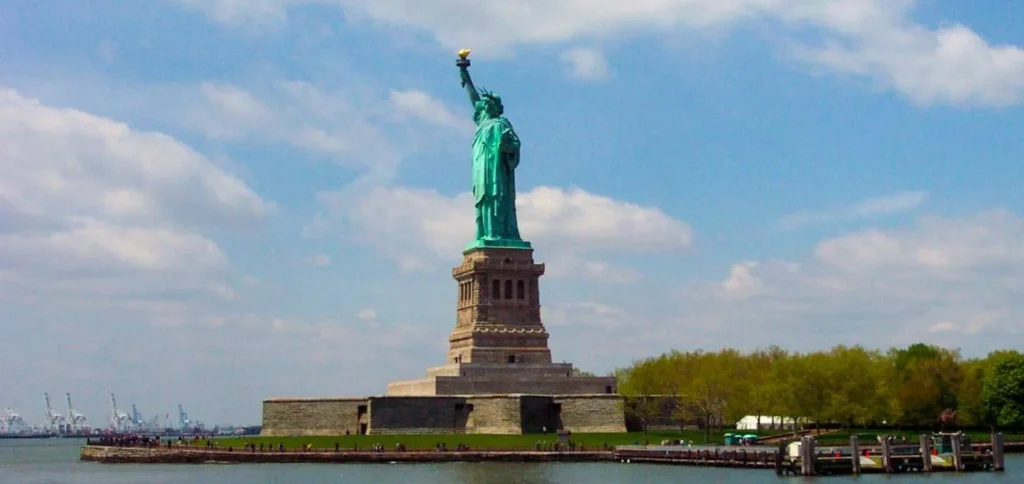
Over the last century, New York’s marijuana legislation has undergone a tremendous transition. Cannabis was entirely prohibited in the early 1900s, but after many attempts, adult recreational use is now permitted.
New York and other states passed cannabis usage and possession legislation in the early 20th century. The 1937 federal Marihuana Tax Act outlawed marijuana nationwide. For decades, marijuana was illegal and prohibited nationwide.
A change in views began in the 1970s when states decriminalized modest marijuana possession. More strict federal drug regulations were passed in the 1980s and 90s to continue cannabis prohibition.
New York rejected recreational marijuana legalization initiatives during this time.
Progress started a decade later. New York passed the Compassionate Care Act in 2014, legalizing medicinal marijuana for eligible patients. In 2016, the state’s vital marijuana program allowed access to cannabis, but only via shops licensed by the New York State Department of Health.
The 2010s saw complete legalization gain steam. Several states passed medicinal and recreational marijuana laws. New York Governor Andrew Cuomo failed to legalize adult-use cannabis.
Legalizing marijuana possession and use for adults 21 and older was passed in March 2021 by New York State. The medical marijuana program was also extended.
This landmark law brought New York’s regulations in line with other states that had legalized cannabis recently.
Marijuana remains prohibited under federal law, notwithstanding this progress at the state level. New York’s new approach regulates cannabis like alcohol after a century of marijuana prohibition.
The MRTA will continue, but New York has made headway toward progressive marijuana legislation.
Also Read:
- How to Detox From Marijuana?
- PGR Weed Guide: Understanding Risks & Solutions
- Tiburón Weed: Your Ultimate Guide
Medical Marijuana Legalization in New York
New York legalized medical marijuana in 2014 and expanded the program in 2021 to increase access for needy patients.
The state went from prohibiting all cannabis to allowing its medical use under a tightly regulated system.
While recreational marijuana is legal, medical cannabis remains crucial for patients with severe health conditions.
The Compassionate Care Act: Origins and Objectives in New York
- The Compassionate Care Act was passed in New York in 2014, legalizing medical marijuana.
- The idea was to help persons with severe health issues. Medical cannabis could be recommended if the potential benefits outweighed the risks.
- The law allowed certified patients to obtain medical marijuana products through regulated dispensaries the Department of Health licensed.
- There were strict limits on conditions covered, products allowed, and overall program size during the initial rollout.
- In 2021, the Marihuana Regulation and Taxation Act expanded the medical program greatly. The aims were increasing patient and provider participation, product variety, affordability, and overall access.
Qualifying Medical Conditions and Patient Registration Process in New York
- Patients with designated severe conditions like cancer, HIV/AIDS, Parkinson’s, MS, and more can qualify for medical marijuana if certified by a healthcare practitioner registered in the NY program.
- Chronic pain is also included if other treatments have failed. The DOH provides a complete list of qualifying conditions.
- Patients and caregivers must complete an application with the DOH to register for a medical marijuana certification card.
- Proof of identity, NY residence, and the qualifying condition are required. For minors, parents or guardians must consent.
- The application is submitted to DOH for review and approval. If approved, the patient receives a registry ID card, allowing them to visit dispensaries.
- Patients must re-certify with a practitioner annually to keep their registration current.
- Registered organizations operate regulated dispensaries where patients can purchase approved medicinal cannabis products.
List of Qualifying Conditions:
- Anxiety, Panic Disorders
- Cancer
- Chronic Pain, Muscle Pain and Other Types of Pain
- Depression
- Epilepsy
- Inflammatory Bowel Diseases (IBDs)
- Insomnia
- Headache & Migraine
- Muscle Spasms
- Nausea & Vomiting
- Post-Traumatic Stress Disorder (PTSD)
In summary, New York has taken significant steps to legalize and expand access to medical marijuana for those with severe health conditions who could potentially benefit from cannabis treatment.
Also Read:
Other State Guide to Marijuana Legalization
Comprehensive Recreational Marijuana Legalization in New York
NY became the 16th state to legalize recreational marijuana for adults in March 2021.
Personal use and possession of cannabis within restrictions are allowed under the Marihuana Regulation and Taxation Act (MRTA).
The law creates a regulated market overseen by the new Office of Cannabis Management.
New York shifted from prohibition to permitting recreational marijuana, similar to alcohol use for adults.
In-depth Exploration of the Marijuana Regulation and Taxation Act (MRTA) in New York
- The MRTA legalizes possessing up to 3 ounces of cannabis flower or 24 grams of concentrates for adults 21+.
- Private cultivation is limited to 6 plants per individual and 12 per household.
- Marijuana may be smoked anywhere tobacco is allowed, but it remains unlawful to use in public.
- Driving under the influence of cannabis is prohibited, as is unlicensed sale/distribution.
- A key goal is promoting social equity in the new industry. Licenses will prioritize under-represented groups impacted by past criminalization.
- The law expands and improves the existing medical marijuana program. Patients now have access to whole-flower cannabis and other new products.
- Tax revenue funds administration, education, research, and reinvestment in communities affected by prohibition.
Detailed Provisions for Personal Use, Possession Limits, and Legal Age in New York
- Adults 21+ can legally possess up to 3 ounces of cannabis flower in public. They can possess higher amounts secure at home.
- Concentrate possession is limited to 24 grams. Gifts of cannabis must adhere to the possession limits.
- Home cultivation is permitted for personal use. Individuals can grow up to 6 plants at a time, with 12 plants maximum per household.
- Use must be discrete and private; public cannabis consumption is subject to civil fines. Smoking is allowed where tobacco use is permitted.
- Marijuana cannot be sold or distributed without a state license. Unlicensed sales remain illegal.
- Driving under the influence laws still apply. Transporting cannabis in a vehicle must be in a sealed, odor-proof package.
- Colleges and universities may still prohibit marijuana use per federal law. Landlords can ban smoking cannabis on premises.
- The legal age is 21, the same as alcohol—those under 21 face potential criminal charges for possession/use.
In summary, the MRTA comprehensively legalized recreational marijuana with specific limitations and provisions for responsible personal use by adults.
Also Read:
Cannabis Cultivation, Distribution, and Retail Licensing in New York
The New York Office of Cannabis Management (OCM) oversees the state licensing system for legal marijuana businesses involved in cultivation, processing, distribution, retail sales, and delivery.
Different license types permit specific cannabis industry activities.
All licensees must adhere to strict regulations and meet requirements related to security, preventing underage access, product safety, and more.
Licensing Procedures for Cultivators, Distributors, and Retailers in New York
- Cultivator licenses allow the commercial growing of marijuana to supply processors and retailers. Tiers are based on the size of the cultivation area.
- Processor licenses cover manufacturing cannabis products like concentrates, oils, edibles, vapes, topicals, etc., from marijuana flowers.
- Retailer licenses permit dispensaries to sell cannabis products directly to consumers. Retailers must source products from New York licensed suppliers.
- Delivery licensees can provide legal cannabis products directly to consumer homes or other locations.
- Nursery licenses allow clones and immature plant production/sales to licensees.
- Applicants must submit detailed plans on operations, security, preventing diversion, community benefits, and more based on license type.
- Licenses will promote social equity and small businesses owned by marginalized groups most impacted by past marijuana prohibition.
Regulatory Standards, Security Measures, and Quality Control in New York
- All New York marijuana licensees undergo strict oversight and must comply with regulations on:
- Security systems, surveillance, armored vehicles, and cannabis storage
- Employee background checks and training
- Inventory tracking from seed-to-sale
- Quality control testing for product safety and potency
- Child-resistant packaging and labeling requirements
- Preventing sales to or consumption by those under 21
- Restriction on advertising and marketing to avoid appealing to youth
- Ongoing submission of reports to OCM and regular inspections
In summary, New York’s marijuana regulatory framework aims to promote responsible, controlled cultivation, manufacturing, distribution, and sales that protect public health and safety through comprehensive licensing oversight.
Also Read:
Variety of Marijuana Products and Consumption Methods in New York
New York allows a range of cannabis products for adult recreational use, including traditional marijuana flowers, extracts and concentrates, edibles, tinctures, and topicals.
Different products provide unique experiences through various consumption methods.
However, public use is restricted under the state’s marijuana regulations despite legal private adult use and possession.
Comprehensive Analysis of Available Cannabis Products in New York
- Dried marijuana buds and flowers with varying THC/CBD levels for smoking via joints, pipes, and bongs. Pre-rolled joints are popular options.
- Concentrates like oils, shatters, and waxes allow vaping or dabbing. Derived by extracting cannabinoids from plant material, they contain very high THC levels.
- Edibles, including baked goods, candies, and drinks, infuse marijuana into food products. Effects manifest more slowly when ingested rather than inhaled.
- Tinctures use alcohol extraction to produce liquid cannabis concentrates that can be incorporated into other foods/drinks.
- Topicals like lotions, balms, and creams allow direct skin application and localized effects. They do not cause psychoactive effects.
- Products have differing cannabinoid contents and terpene profiles, leading to unique medicinal and recreational benefits.
Approved Methods of Consumption and Restrictions on Public Use in New York
- Private adult use is permitted, but public consumption of marijuana remains illegal with civil fines.
- Smoking marijuana is allowed anywhere tobacco smoking is permitted, but not in indoor public spaces.
- Like other tobacco products under the state’s Clean Indoor Air Act, vaping concentrates is permitted.
- Consuming edibles or other infused products is legal in private settings but not in public areas.
- Cannabis cannot be smoked or vaped on school grounds, workplaces, vehicles, or anywhere tobacco is prohibited.
- Landlords and public housing authorities can prohibit use on-premises through no-smoking policies.
- Colleges and universities may continue prohibitions under federal law. Use on federal land also remains illegal.
- Marijuana must be kept sealed and odor-proof when transported in a vehicle. It cannot be visibly displayed in public.
In summary, New York allows diverse cannabis products for responsible private use by adults, but public consumption is restricted in various ways under the marijuana regulations.
Weed Taxation Models and Allocation of Revenues in New York
New York has implemented a marijuana taxation model involving state and local taxes on recreational cannabis sales.
The tax revenues generated will fund regulatory administration, public education, substance abuse treatment programs, traffic safety initiatives, small business loans, and community reinvestment in areas impacted by past criminalization policies.
State Excise Tax in New York
- New York applies a 13% state excise tax rate on all adult-use marijuana sales. This is comparable to alcohol and tobacco.
- The excise tax combines:
- A 9% ad valorem tax based on the value of the sale
- A per-weight tax of $0.005 per milligram of total THC for flower and $0.008 per milligram for concentrated cannabis
- This dual tax captures revenue based on product volume and value. The weight-based component significantly taxes high-potency products.
Local Cannabis Tax in New York
- Localities may tax recreational weed sales up to 4% in addition to the 13% state tax.
- This gives retail shop communities tax cash for local programs.
- NYC projects generate $336 million annually from a 4% local cannabis tax. Funds could support mental health services, traffic safety, small business growth, and city initiatives.
Revenue Allocation in New York
- New York projects that marijuana taxes could generate $350 million annually as the legal market matures.
- Tax revenue will be allocated to:
- Covering regulatory implementation costs
- Funding traffic safety programs and substance abuse education/treatment
- Providing low-interest loans and grants to support social equity applicants and small cannabis businesses
- Community reinvestment grants focused on areas historically affected by cannabis enforcement
- Academic research on cannabis production and use
- Some experts warn that tax rates should be reasonable to remain competitive with the illicit market.
Tax Administration in New York
- Effective tracking and auditing procedures ensure taxes are correctly paid as revenue builds.
- Tax collection responsibilities are divided between the OCM and the Department of Taxation and Finance.
In summary, New York has developed a marijuana tax model incorporating state and local excise taxes.
That will generate significant new public revenue for programs that support safety, health, business growth, research, and community reinvestment across the state.
Weed Social Equity Programs and Inclusive Industry Participation in New York
Promoting social equity and inclusive participation in the state’s new legal marijuana industry is a crucial priority under New York’s cannabis legalization framework.
By assisting applicants from communities disproportionately impacted by past criminalization in entering the sector, New York aims to build a diverse cannabis industry and direct economic benefits to marginalized groups.
Licensing Equity Provisions in New York
- At least 50% of marijuana business licenses are designated for equity applicants – people of color, women, distressed farmers, service-disabled veterans, and communities impacted by the War on Drugs.
- Equity applicants get fee waivers, reduced capital requirements, and priority license reviews to lower barriers.
- Lotteries for initial retail licenses focused on justice-involved individuals and nonprofits serving them.
- The state also aims to facilitate fair access to startup capital, real estate, and technical assistance for equity entrepreneurs.
Social Equity Investment Fund in New York
- New York is establishing a $200 million public-private Social Equity Investment Fund.
- The fund will offer low or zero-interest loans, grants, and incubator services to equity applicants seeking to start a cannabis business.
- This aims to overcome the lack of access to capital as a significant barrier to entry.
Community Reinvestment in New York
- A portion of marijuana tax revenue will fund community reinvestment grants for areas disproportionately impacted by cannabis prohibition and enforcement.
- Grants can support job placement, mental health services, adult education, combat gun violence, and other community-identified priorities.
- This directs economic benefits to communities harmed by inequitable enforcement of drug laws.
NYC Equity Initiatives in New York
- NYC has additional programs on equitable licensing and industry access for marginalized groups.
- These include cannabis business incubators, training programs, and facilitating access to financing.
- A new public-private NYC Cannabis Industry Association will provide guidance and networking opportunities.
- A NYC Cannabis Equity License allows the city to issue licenses to promote social equity goals selectively.
Ongoing Efforts Needed in New York
- While social equity is a core goal in New York’s cannabis framework, some experts note truly overcoming structural barriers requires significant, sustained effort and funding.
- Applicants may still need help securing real estate, meeting capital requirements, and navigating the licensing process without industry expertise.
- Success will depend on solid implementation, expanding technical assistance programs, and directing reinvestment funds into community-identified priorities.
In summary, New York has developed various equity initiatives aiming to build an inclusive and diverse marijuana industry.
That directs economic opportunities to communities impacted by longstanding inequitable prohibition policies.
Marijuana Traffic Safety, Impaired Driving, and Legal Ramifications in New York
While marijuana is now legal for adult use in New York, operating vehicles under the influence remains prohibited.
Cannabis impairs the motor skills and judgment required for safe driving. New York faces challenges in effectively enforcing DUI laws, educating the public, and monitoring the traffic safety impacts of legalization.
Dangers of Drug-Impaired Driving in New York
- Driving while impaired by marijuana is illegal and dangerous in New York. Cannabis negatively affects coordination, reaction time, focus, and decision-making.
- Consuming marijuana while driving or having an open package in the vehicle are also traffic offenses, incurring fines and license suspensions.
- Mixing marijuana with alcohol greatly exacerbates impairment effects. DUI penalties are most severe for combined cannabis and alcohol intoxication.
Enforcing DUI Laws in New York
- Police employ field sobriety tests and drug recognition experts to assess marijuana impairment during traffic stops.
- However, measuring cannabis intoxication is more complex than alcohol breathalyzer tests. Blood tests can detect THC but not impairment levels.
- Setting legal THC limits for drivers also lacks consensus, with wide individual variation in tolerance and intoxication effects.
- Racial disparities and subjective enforcement raise concerns that DUI laws unfairly target minority drivers, similar to other states.
Penalties for Impaired Driving in New York
- Legal consequences for cannabis DUI depend on factors like prior offenses and severity of intoxication.
- First offenses typically incur fines up to $1000, possible jail time up to 1 year, and a 6-month license suspension.
- Repeat offenses result in more significant fines, extended jail time, and multi-year license revocations.
Education and Prevention in New York
- New York is emphasizing public education on marijuana’s traffic risks, especially for youth, and avoiding driving while impaired.
- Messaging promotes planning transportation alternatives like rideshares or public transit after marijuana use.
- However, some argue stigmas around cannabis impairment persist from prohibition mindsets.
Impact Monitoring in New York
- Monitoring and analyzing crashes and fatalities to assess legalization’s impact poses challenges due to limited and inconclusive data.
- In Colorado, traffic deaths involving drivers who tested positive for THC increased after legalization. But causation remains uncertain.
- Data collection and research will be necessary to inform traffic policies as legal marijuana markets expand.
In summary, New York takes impaired driving seriously by penalizing marijuana DUI despite facing difficulties enforcing laws.
Public education and safety monitoring help mitigate potential risks from cannabis legalization.
Weed Workplace Policies and Employee Rights in New York
New York’s legalization of recreational marijuana created new questions about workplace policies, employment rights, and impairment standards.
While cannabis use remains prohibited on-site, employees now have some protections against discrimination for legal off-duty use.
However, conflicts between state and federal laws persist.
Workplace Use Prohibitions in New York
- New York employers can continue banning marijuana possession, use, or impairment in the workplace. Legalization does not override employer substance policies.
- Businesses must follow OSHA standards, ensuring workers can perform duties safely and are not impaired on the job by any substances.
- Employers can take action against employees for on-duty impairment, failure to meet performance standards, violating drug-free workplace rules, or use on company premises.
Employee Protections in New York
- Under New York’s lawful activities law, employers cannot discriminate against workers solely based on their legal off-duty marijuana use.
- Employees cannot be terminated, disciplined, or denied promotion just for lawful cannabis use outside work hours.
- However, employees can still face actions for cannabis-related workplace violations like impairment, possession, or failed drug tests.
Industry Considerations in New York
- Safety-sensitive industries like healthcare, transportation, and construction maintain strict federal drug-free policies that precede state laws on employee marijuana use.
- Workers in these fields still face significant risks for cannabis use on or off duty due to safety hazards and federal regulations.
Remaining Conflicts in New York
- Tensions persist between New York and federal laws, which still classify marijuana as an illegal Schedule I drug.
- Some argue New York’s workplace protections against discrimination for off-duty use remain inadequate while federal prohibition continues.
- Employers are advised to review and update drug-free workplace policies in light of legalization. Clear communication of policies is essential.
Best Practices in New York
- Employers should follow OSHA standards focused on job performance and on-site safety regardless of lawful employee activities off-duty.
- Policies should outline procedures around drug testing, impairment assessments, addressing violations, employee rights protections, and available resources.
Navigating Legalization Complexities in New York
- The conflicts between state legalization and ongoing federal prohibition create complex compliance and legal risks for New York employers.
- Businesses with multi-state operations face challenges adapting policies across different state marijuana laws.
- Employers are encouraged to consult legal counsel when reviewing drug-free workplace programs, hiring practices, ADA accommodations, drug testing protocols, and addressing employee marijuana use.
- Proactive policy reviews can help mitigate risks and liabilities with the legal landscape still evolving.
Communicating Policies in New York
- When updating workplace drug policies, transparent communication with employees is vital.
- Policies should be easy for employees to understand, outline prohibited conduct, detail drug testing procedures, address employee protections, and provide access to HR guidance.
- Employee training on new policies is also recommended. This promotes safety while avoiding confusion over workplace rights and responsibilities.
In summary, New York employers can still prohibit cannabis on-site.
Still, employees now have limited protections around legal off-duty use, creating complex policy and compliance challenges that require clear communication and ongoing legal review.
Public Health and Safety Considerations in New York
With recreational marijuana now legalized in New York, several public health and safety concerns are being considered as cannabis use expands across the state.
Key issues include impaired driving, underage access, mental health impacts, responsible retail practices, social consumption, and implications for workplace policies.
To address the potential risks associated with increased marijuana use, New York State has implemented various regulatory and educational initiatives.
Impaired Driving in New York
- Strict impaired driving laws with enhanced enforcement aim to reduce drug-related traffic accidents and fatalities.
- Driving when intoxicated by cannabis may result in $1000 penalties, a year-long license suspension, and a year in prison.
- ARIDE and DRE training is helping police identify marijuana impairment during field sobriety testing.
- Public education campaigns will focus on the dangers of driving while high and provide alternatives:
- Using public transit, ride-sharing services, or taxis
- Getting rides from completely sober friends or family members
- Waiting at least 5 hours after inhaling or 6-8 hours after ingesting edibles before driving or operating heavy machinery
- Research is underway to develop accurate roadside sobriety tests for THC impairment.
Protecting Youth in New York
- Child-resistant packaging, warning labels, age verification, and youth education aim to prevent underage access.
- Packaging must be opaque, tamper-evident, and prevent accidental consumption by children.
- Fines up to $250 for unlawfully providing marijuana to those under 21, even if gifted.
- Ongoing substance abuse prevention programs in schools will continue.
Mental Health Considerations in New York
- Improving access to mental health services and cannabis research to inform responsible medical use.
- Packaging/marketing must include evidence-based health warnings about risks associated with certain mental health conditions.
- Guidance for healthcare providers on minimizing marijuana’s mental health harms through dosage guidelines, interaction warnings, disorder management, etc.
- New York is investing in more studies on cannabis’s effects on mental health disorders such as anxiety, depression, and psychosis.
Social Consumption Regulations in New York
- Laws around public use, smoking areas, hospitality permits, and zoning aim to balance new social behaviors with public safety.
- Adult-use cannabis cannot be consumed in public spaces.
- Special permits may be granted for cannabis lounges, tasting rooms, cafes, etc., with strict regulations.
- Local municipalities have some authority to restrict locations and operating hours.
Workplace Policies in New York
- Employers can prohibit cannabis use, possession, or impairment during work hours.
- Businesses can implement policies on drug testing before hiring and reasonable suspicion testing for existing employees.
- Guidelines protect medical marijuana patients while allowing disciplinary actions against unsafe impairment at work.
Through appropriate regulations, education, and research, New York aims to enable responsible adult marijuana use while protecting public health and safety.
Ongoing monitoring and policy adaptations will be critical as this new industry develops across the state.
Challenges and Future Prospects of New York Marijuana Laws
With New York legalizing recreational marijuana in 2021, the state faces considerable challenges in rolling out a regulated market.
At the same time, prospects of generating new revenues and enhancing social equity have driven the cannabis reform efforts.
Ongoing policy adaptations will be crucial as New York balances competing interests and learns from other states’ experiences.
Rollout Delays and Local Opt-Outs in New York
The timeline for adult-use sales has slowed, frustrating advocates.
Key factors causing delays include:
- State licensing of cultivators, processors, and retailers has lagged due to concerns about meeting equity goals and lawsuits from the pharmaceutical industry.
- Many counties and towns are opting out of allowing dispensaries and on-site consumption lounges, limiting potential market size.
- Banking limitations and conflicts between state and federal laws have discouraged financial services for cannabis businesses.
- Public health education campaigns are still ramping up to promote responsible youth, driving, and workplace policies around marijuana use.
Equity Goals and Tax Structure in New York
New York aims to direct 50% of licenses to equity applicants from impacted communities and reinvest cannabis revenues into these neighborhoods.
However, concerns include:
- Social equity licensing goals collide with limits on market size from local opt-outs.
- High proposed taxes on cultivation could sustain the illicit market and reduce legal market revenues.
- Fund allocations for public health, education, and drug treatment still need to be determined.
- Some feel the bill language around criminal expungement and job placement is too vague.
Public Health Concerns in New York
Though risks associated with cannabis use are debated, responsible regulation requires addressing:
- Possible rise in traffic accidents and driving while impaired by marijuana.
- Limiting youth access and combating harmful underage use.
- Providing adequate mental health and addiction services.
- Promoting research on the effects and safe medical use of cannabis.
Workplace Policies in New York
Employers are adapting policies around:
- Maintaining safety while preventing discrimination against some legal users.
- Navigating conflicts between New York and federal laws.
- Determining practical impairment testing approaches for THC.
- Accommodating off-duty marijuana use that does not affect job performance.
Prospects for New York’s Cannabis Industry
If initial growing pains are navigated well, experts project New York could become one of the most significant legal marijuana markets in the U.S., generating:
- Annual tax earnings of $1.3 billion may finance public programs.
- Thousands of new agricultural, processing, retail, and related employment.
- A center for cannabis product and service innovation and investment.
- The new tourism and hospitality industry focused on legal marijuana.
- Further criminal justice reforms and economic opportunities for impacted communities.
With collaborative efforts to smooth out early hurdles, New York can become a model for balanced cannabis reform.
The legal marijuana industry presents significant economic and social justice opportunities if approached thoughtfully with the public interest.
NY Marijuana Laws Comparative Analysis with Other State Laws
Since New York legalized recreational marijuana in March 2021, the state has closely considered regulations and experiences in other legalized states when shaping its cannabis policies.
Key differences and similarities emerge when comparing New York to models like California, Colorado, and Massachusetts.
Tax Rates and Projected Revenues in New York
- New York has proposed a tax rate structure of 13% retail excise tax plus standard sales tax, lower than California’s 15% but higher than Massachusetts’ 10.75% total tax.
- Annual marijuana tax revenue projections of around $350 million in New York fall between Colorado’s steady annual ~$300 million and California’s ~$1 billion, which dropped significantly after initial years.
- New York is still finalizing its exact rates to find the right balance between generating sufficient funds and not driving consumers to the illicit market due to overly high costs.
Social Equity Licensing in New York
- New York aims to issue 50% of licenses to equity applicants like California, versus Massachusetts’ general priority and application fee waivers for such applicants.
- New York will funnel 40% of tax revenue to reinvest in disproportionately impacted communities, similar to some California localities.
- California also provides grants, fee waivers, and technical assistance to promote equity applicant licensing, which New York is still developing.
Home Cultivation in New York
- New York will allow limited home cultivation of up to 6 plants per adult, like Massachusetts, whereas California prohibits home growth.
- Home cultivation policies balance the desires of consumers with the need to drive sales to licensed retailers for taxes and regulations.
- New York aims to prevent unlicensed distribution from unregulated home grows.
Local Control in New York
- Like Massachusetts, New York enables towns, cities, and counties to ban marijuana stores.
- Local marijuana business prohibitions are illegal in California.
- If utilized broadly, New York’s opt-outs could significantly limit market size, tax revenues, and equity goals.
Public Consumption in New York
- New York prohibits public marijuana use but will allow licensed on-site consumption lounges.
- California banned public use and licensed lounges, while Colorado and Massachusetts allow designated public consumption areas.
- New York aims to discourage unlicensed public use while providing regulated consumption lounge options.
These policy comparisons show that New York is adopting some similarities with other legal states while tailoring cannabis regulations to meet its specific priorities and concerns.
Outcomes across the country will inform ongoing revisions.
Frequently Asked Questions
Q: What is the status of implementing recreational marijuana sales in New York?
A: While the MRTA legalized personal recreational use in 2021, retail sales are not expected to begin until late 2022 or early 2023.
The Office of Cannabis Management must still issue licenses and develop regulations.
Delays have occurred due to local opt-outs limiting market size, lawsuits from medical marijuana companies, and banking challenges.
Once implemented, legal sales aim to curb the illicit market and generate tax revenue.
Q: What types of marijuana products are permitted for recreational use?
A: New York allows a range of cannabis products, including dried flowers, concentrated extracts and oils, infused edibles, tinctures, and topicals.
Different products provide unique experiences through varied consumption methods like smoking, vaping, ingesting, and applying to skin.
Public use is restricted, but private adult use and possession within limits are legal.
Q: What equity provisions are in place for the recreational marijuana industry?
A: At least 50% of marijuana business licenses must go to equity applicants – people of color, women, distressed farmers, service-disabled veterans, and communities impacted by the War on Drugs.
Applicants get fee waivers, reduced capital requirements, and priority license review.
A $200 million public-private Social Equity Investment Fund will offer low-interest loans and grants.
Q: Where is the public use of marijuana allowed?
A: While adult possession is legal, public consumption of marijuana remains prohibited, with civil fines applicable.
Smoking cannabis is only allowed where tobacco smoking is permitted, excluding indoor public spaces.
Vaping marijuana faces restrictions similar to e-cigarettes. Consuming edibles or other infused products in public is also prohibited.
Q: Can landlords prohibit tenants from smoking marijuana?
A: Yes, landlords and public housing authorities can restrict or prohibit marijuana smoking or vaping on their properties through lease terms or no-smoking policies.
However, they cannot unreasonably prevent tenants who are medical marijuana patients from consuming non-smoking medicinal products.
Q: Are colleges and universities required to allow marijuana use on campus?
A: No. Colleges and universities in New York can continue prohibiting marijuana possession and use on campus under federal laws that classify cannabis as an illegal controlled substance.
Campuses must not accommodate recreational use but must allow medical use by certified patients.
Q: What employee protections exist for off-duty marijuana use?
A: Under New York’s lawful activities law, employees cannot be discriminated against solely for their legal recreational marijuana use outside work hours.
However, employees can still be disciplined for cannabis use, possession, or impairment on the job in violation of workplace drug policies.
Q: When can employers drug test and take action for marijuana use?
A: Employers can drug test pre-employment, for reasonable suspicion of impairment, after accidents, and randomly in safety-sensitive jobs per federal regulations.
Employers can discipline employees for failing a drug test, marijuana possession or use, or impaired job performance.
Q: How does New York balance workplace safety with new marijuana laws?
A: Businesses must follow OSHA standards to ensure workplace safety. Employers can prohibit cannabis use or impairment during work hours and take disciplinary action accordingly.
Guidelines protect employees from discrimination for legal off-duty use while addressing on-site intoxication risks.
Q: What public health concerns need ongoing monitoring?
A: Compiling data on cannabis-related traffic incidents, monitoring youth access, and providing mental health services are critical public health priorities.
Additionally, researching long-term health effects and understanding impacts on vulnerable populations remain essential focuses.
Mitigation policies will be adapted as needed.
Insights and Future Trends of Cannabis in New York
With the recent legalization of recreational marijuana, New York finds itself at the forefront of progressive cannabis policy, and other states like California, Colorado, and Washington have ended prohibition in recent years.
By developing a robust regulated market centered on social equity principles, New York aims to be a model for cannabis reform.
However, substantial work remains to iron out challenges around licensing, local control, impaired driving, youth protection, workplace policies, and more.
The success of New York’s legal framework will depend on ongoing flexibility and evidence-based adaptations as the regulated marijuana industry matures.
Insights from Experiences in Other States
New York can look to successes and pitfalls in other legalized states to inform intelligent policies. Models like single-stage licensing and state-wide delivery could improve rollout.
Caps on license numbers may prove problematic. Canada’s limits on THC content offer an approach to reduce risks.
Other best practices around labeling, public education, roadside testing, home cultivation limits, and social consumption venues can guide New York’s evolving system.
Future Opportunities and Potential Benefits in New York
If well implemented, experts forecast New York’s cannabis market could see over $5 billion in annual sales and 150,000 new jobs in the coming years.
Tax revenues could fund critical programs and community renewal. The cannabis sector can spur innovation, and support expanded medical research.
Further criminal justice reforms also remain possible as legalization continues.
Ongoing Challenges to Address in New York
To unlock these benefits, we must address challenges such as illicit sales impacting licensed businesses, detecting impaired driving, and overcoming federal banking limitations.
Also, tackling obstacles related to equity applicants, youth education, mental health services, workplace policies, and local authority disputes is crucial for maximizing these advantages.
Recommendations for New York Policymakers
New York can leverage legalization by fine-tuning tax rates, bolstering support for equity applicants, and advancing roadside sobriety testing.
Prioritizing evidence-based prevention programs with public health funding, clarifying employer policies, and encouraging local support for controlled growth will be essential.
Allocating resources for comprehensive impact monitoring and research can further enhance the state’s approach to legalization.
Outlook for Marijuana Reform Nationwide
With over half of the states permitting medical use and 19 allowing adult recreational consumption, national cannabis policy is shifting rapidly.
The MORE Act’s latest Congressional progress indicates momentum for possible federal decriminalization and regulatory alignment.
New York’s legalization helps set the stage for ending prohibition across the United States.
Conclusion
Overall, New York has made great strides in progressive cannabis policy. But realizing the full potential of regulated marijuana requires an ongoing commitment to fine-tuning the system based on new evidence, monitoring impacts, and collaborating across stakeholders.
By upholding rigorous standards focused on public health, New York can lead the way in responsible, equitable cannabis reform.
Official Resources and Support
- New York State Office of Cannabis Management – oversees medical and adult-use cannabis programs.
- New York State Department of Health Medical Marijuana Program – administers registry, certification, dispensaries, etc. https://cannabis.ny.gov/medical-marijuana-program-applications
- New York State Department of Motor Vehicles – information on cannabis-impaired driving laws and penalties https://trafficsafety.ny.gov/cannabis-driving-what-you-need-know
- New York State Education Department – guidance for schools on marijuana prevention and policies https://system.suny.edu/compliance/marijuana-guidance/
- New York State Bar Association Cannabis Law Resources – legal information and continuing education for attorneys https://nysba.org/committees/cannabis-law-section/
- New York State Workplace Safety & Loss Prevention Program – resources on employee marijuana policies https://dol.ny.gov/adult-use-cannabis-and-workplace-p420
- New York City Office of Cannabis Justice – works to advance equity in the city cannabis industry https://cannabis.ny.gov/new-york-social-and-economic-equity-plan
- NYC Cannabis Industry Association – represents licensed cannabis businesses and advocates. https://www.cany.org/
- NYC Smoke-Free Air Act – details rules around public/workplace cannabis smoking and vaping https://nyc-business.nyc.gov/nycbusiness/description/smoke-free-air-act–information
- Parents Opposed to Pot – provides critical info on youth marijuana prevention https://www.ncbi.nlm.nih.gov/pmc/articles/PMC8034260/
- New Yorkers for Cannabis Reform – coalition promoting equitable legal cannabis https://cannabis.ny.gov/system/files/documents/2022/02/adult-use-cannabis-legalization_0_1.pdf
- Cannabis Cultural Association – supports people of color in the legal cannabis industry https://www.guidestar.org/profile/81-5076291.
- Start SMART NEW YORK – substance misuse prevention coalition https://smart-ny.com/
- NY Physicians for Compassionate Care – doctors supporting safe medical marijuana access https://cannabis.ny.gov/medical-use-marijuana-under-compassionate-care-act-two-year-report-2014-2016

























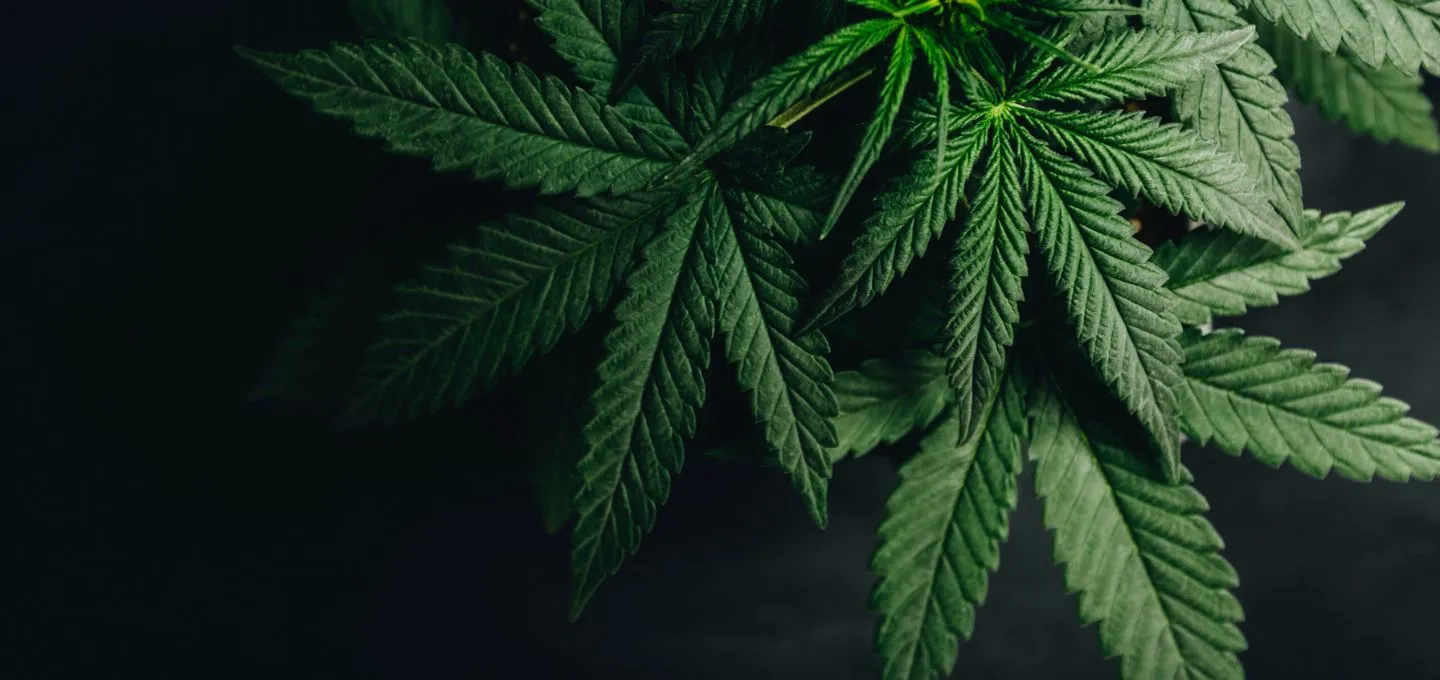

































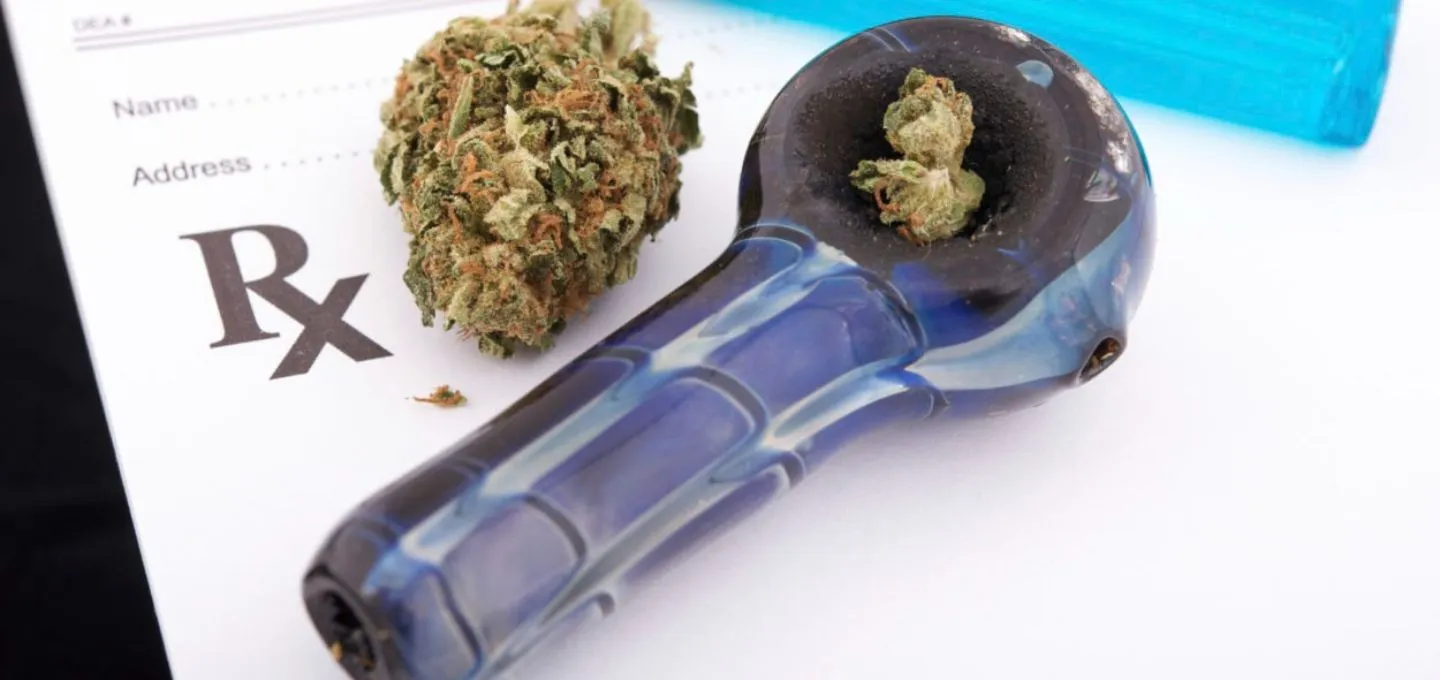
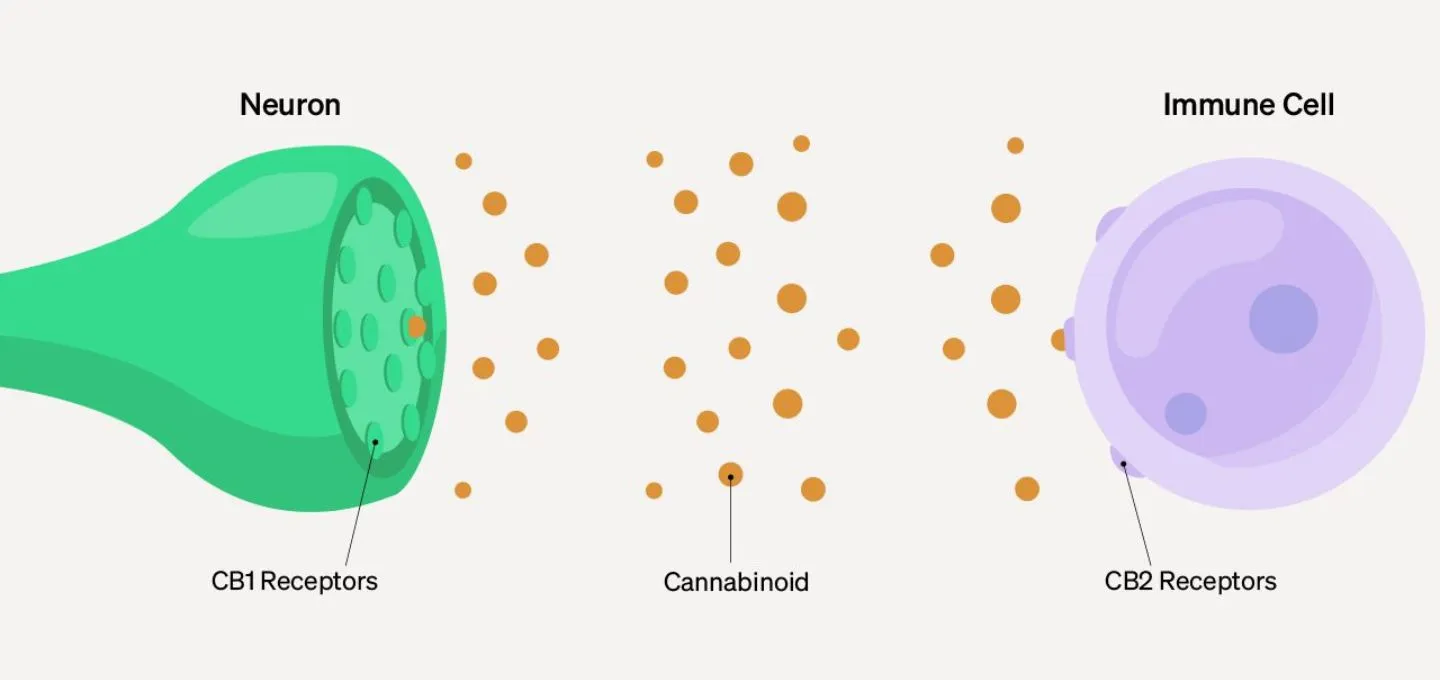









































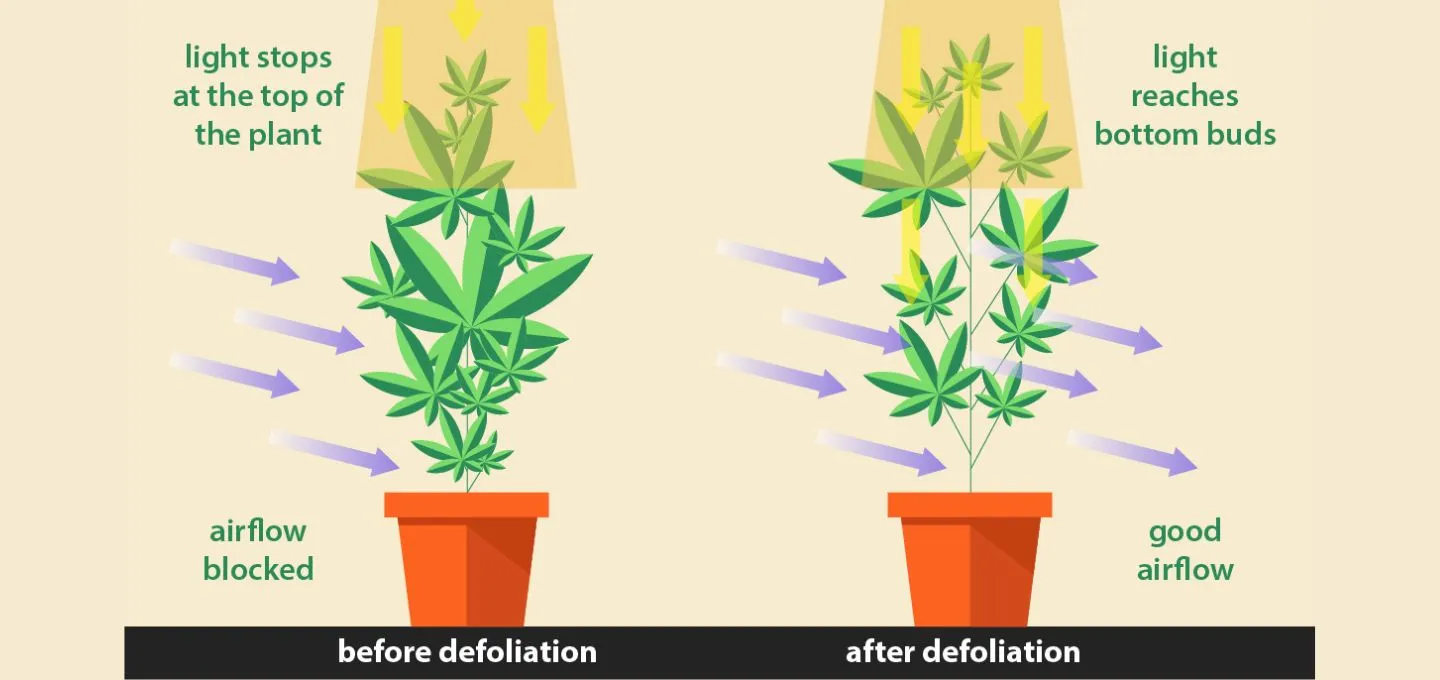



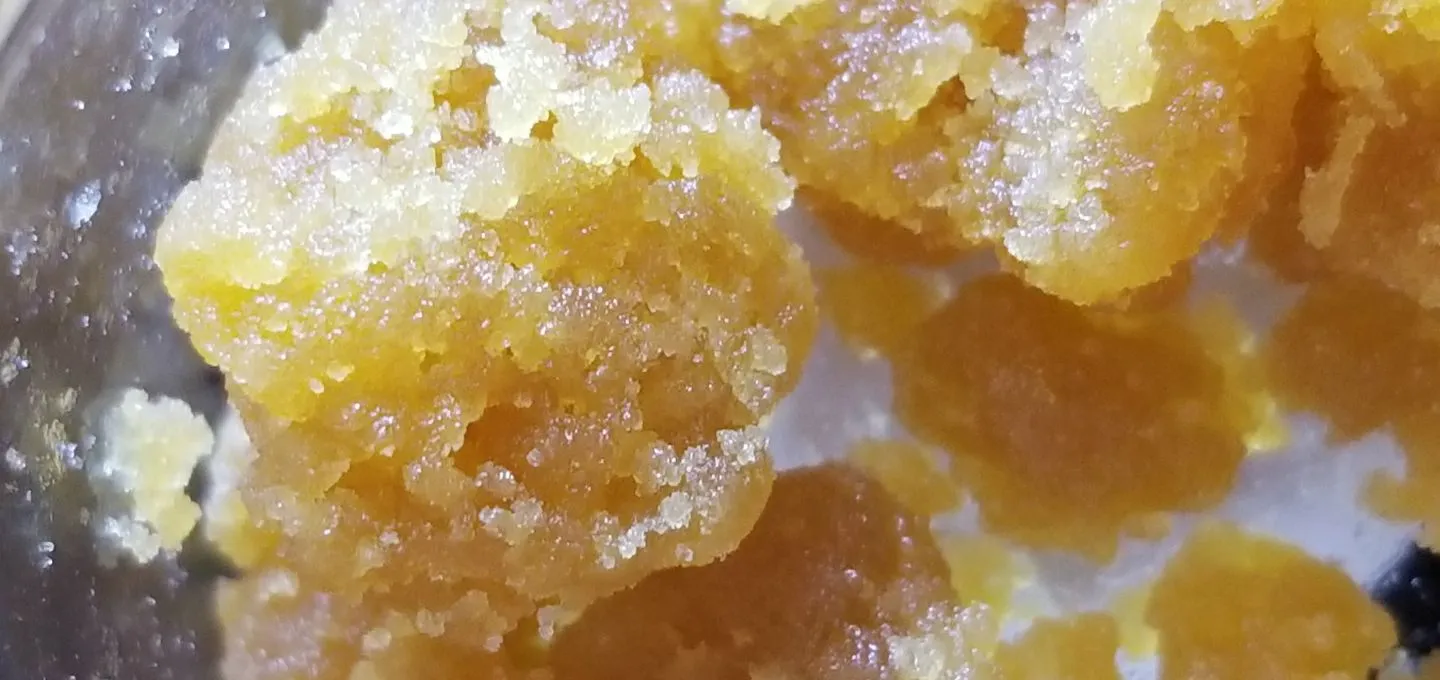
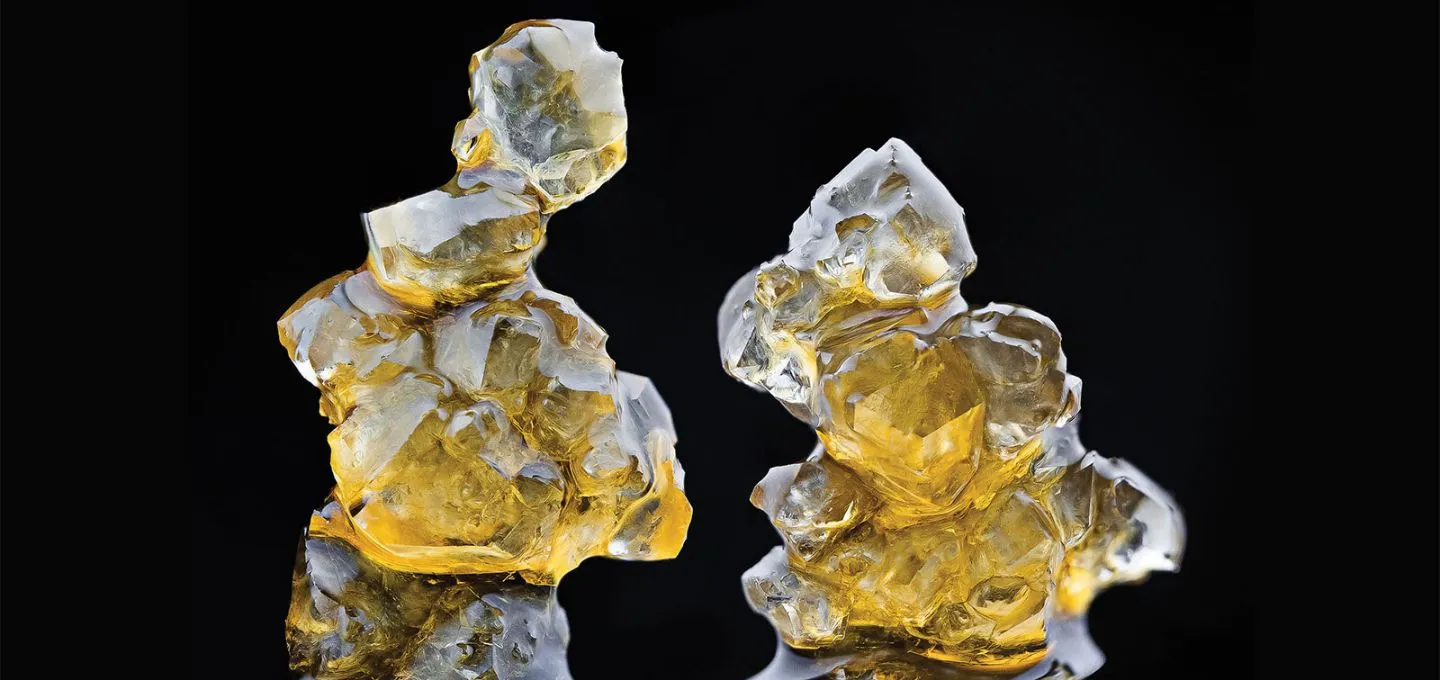


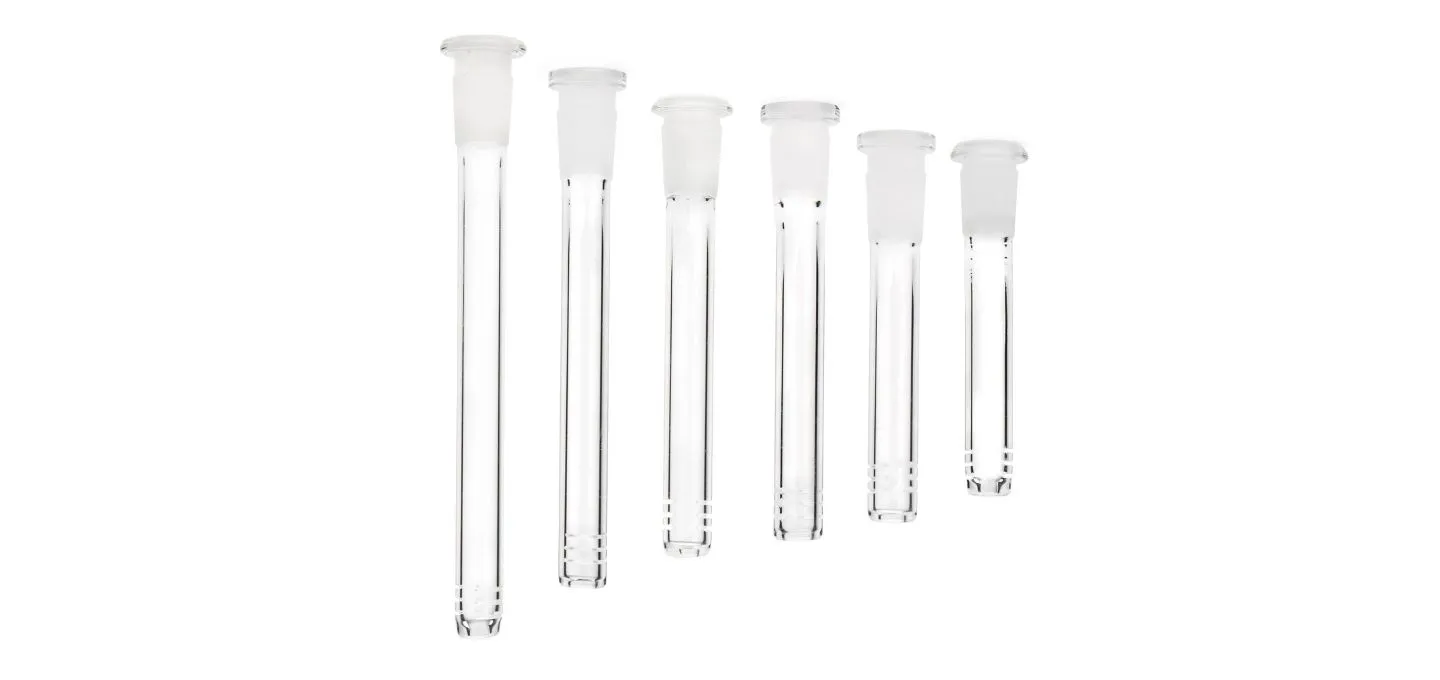

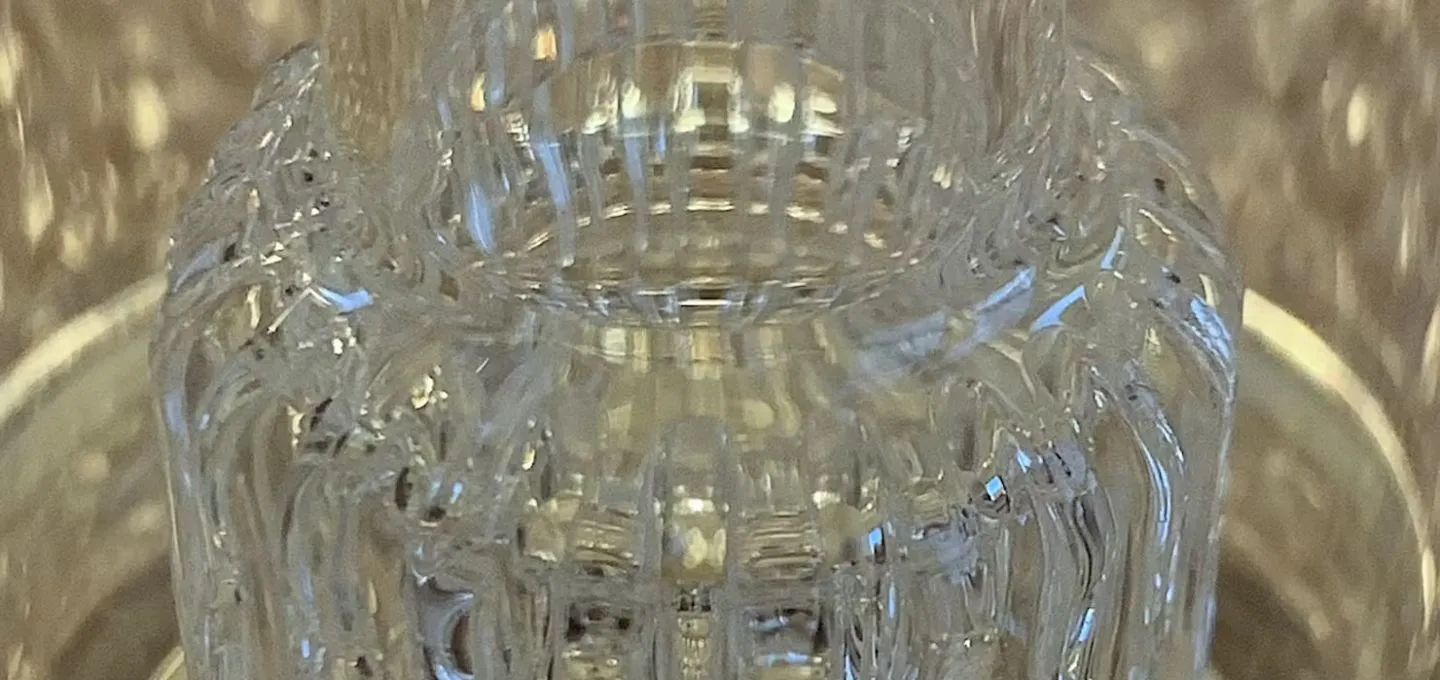

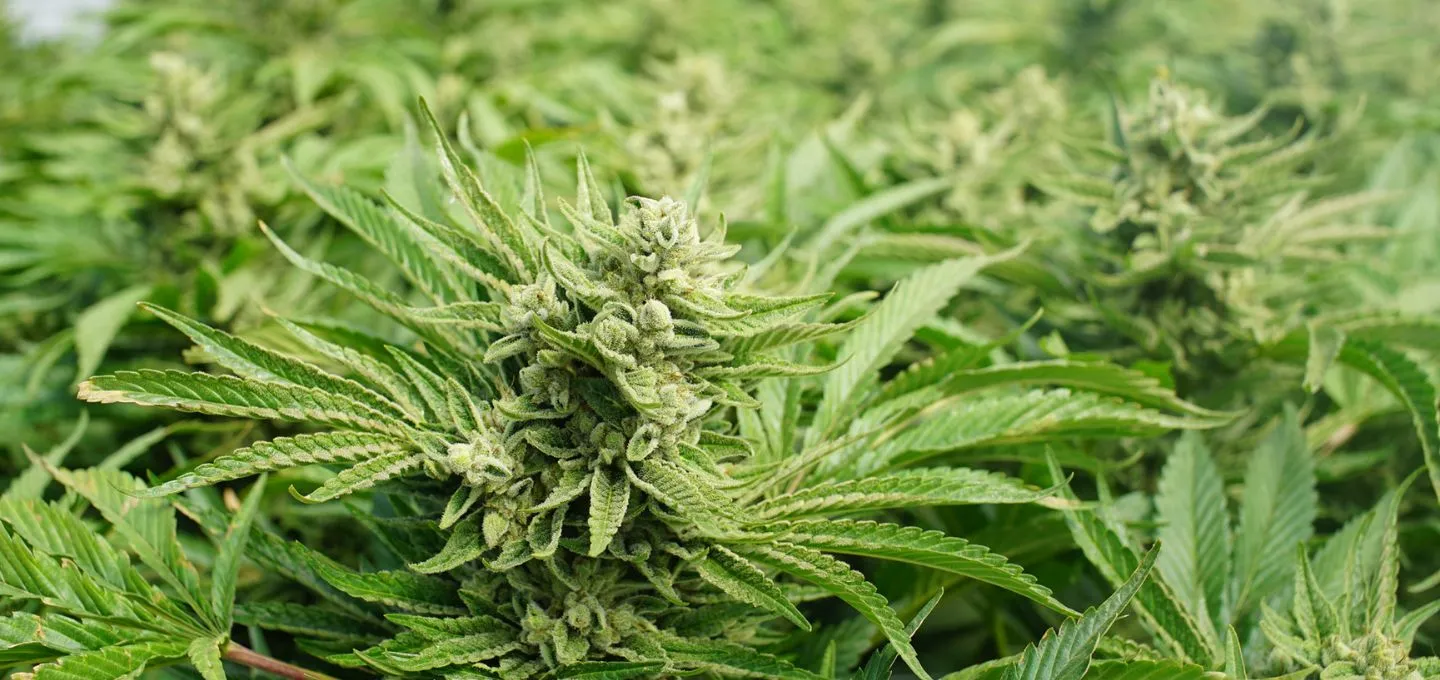
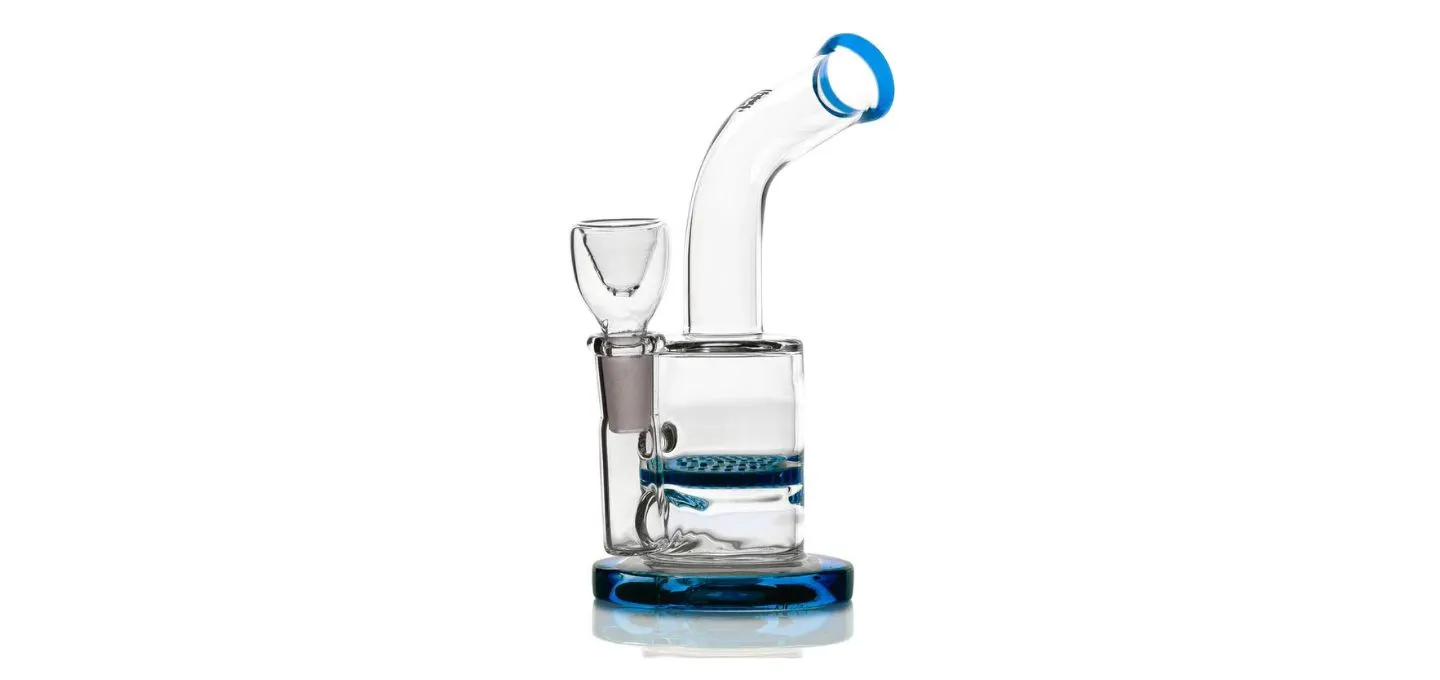

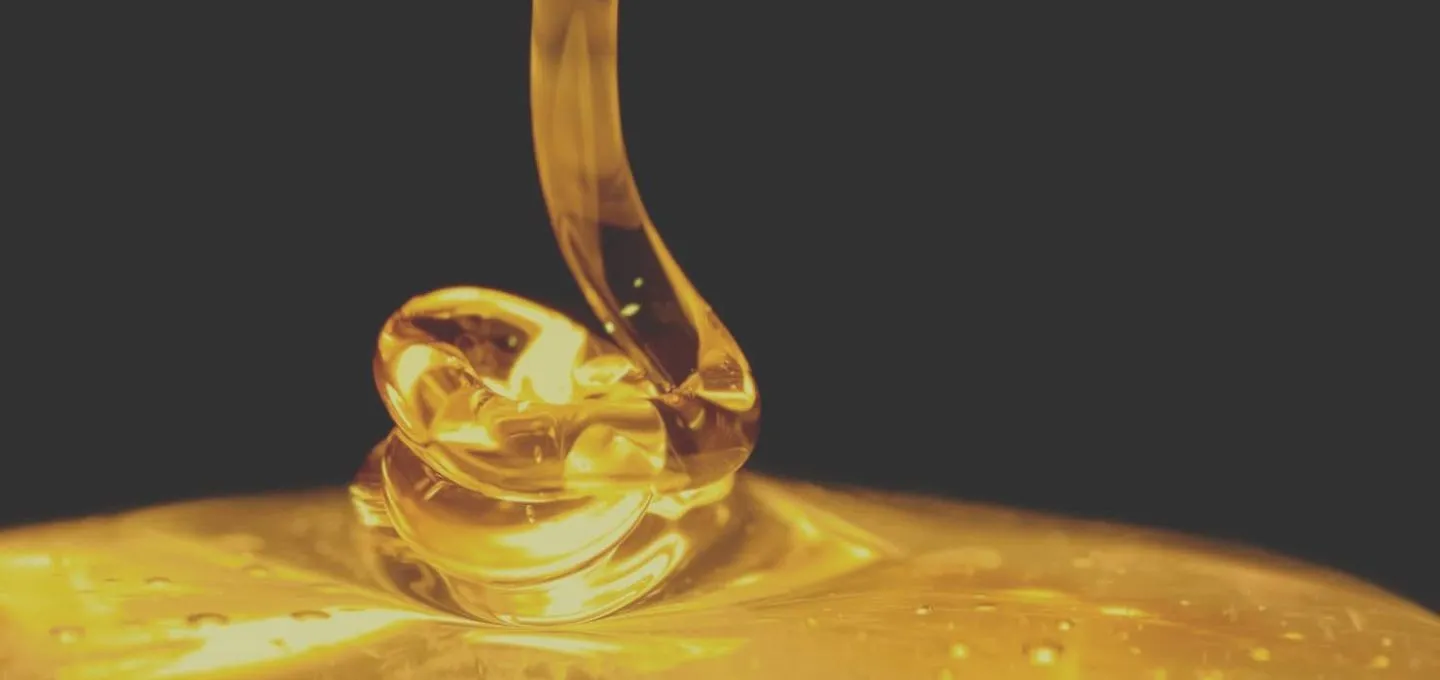



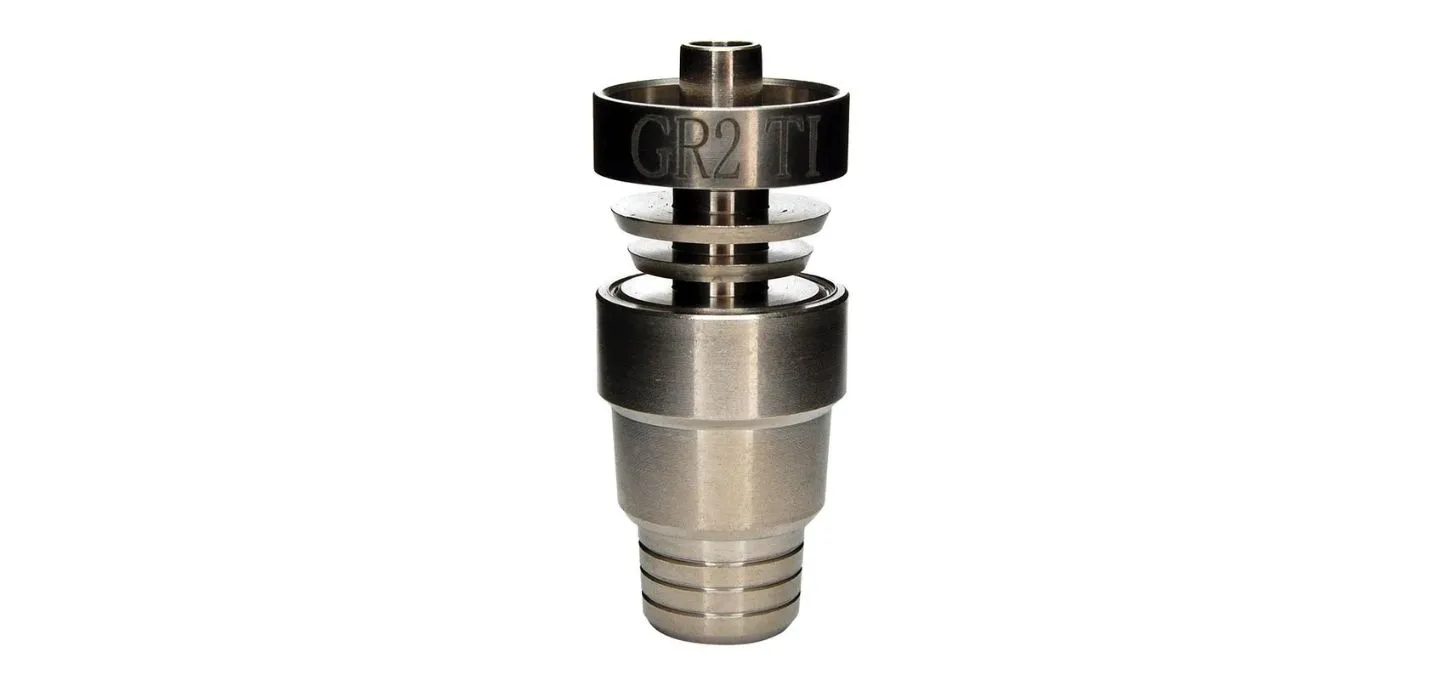


























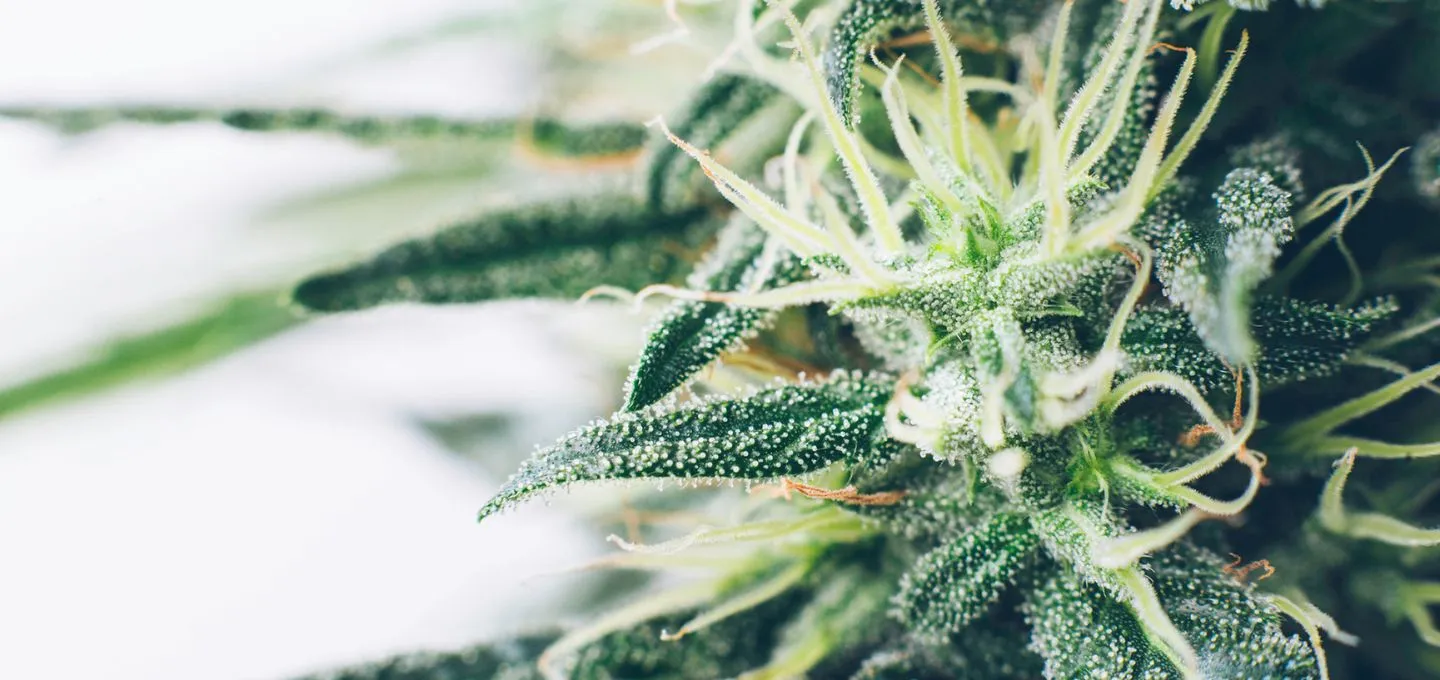

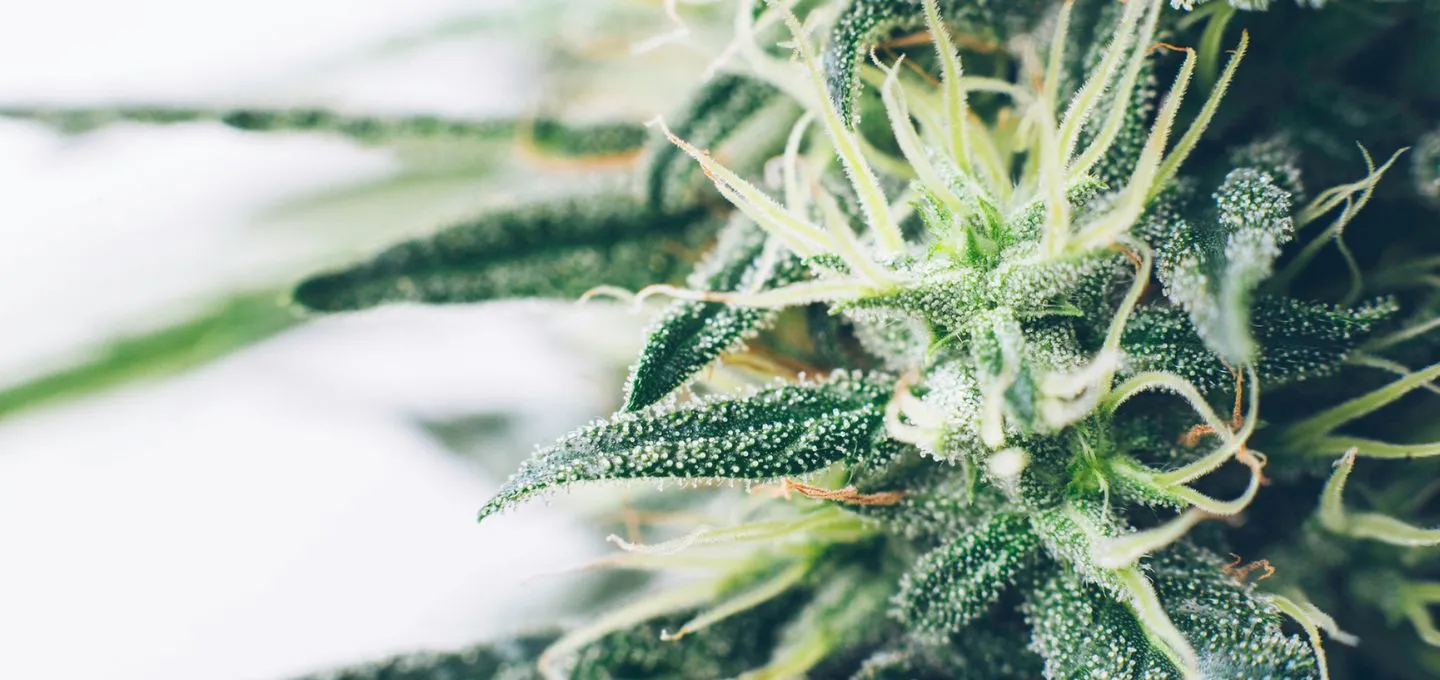
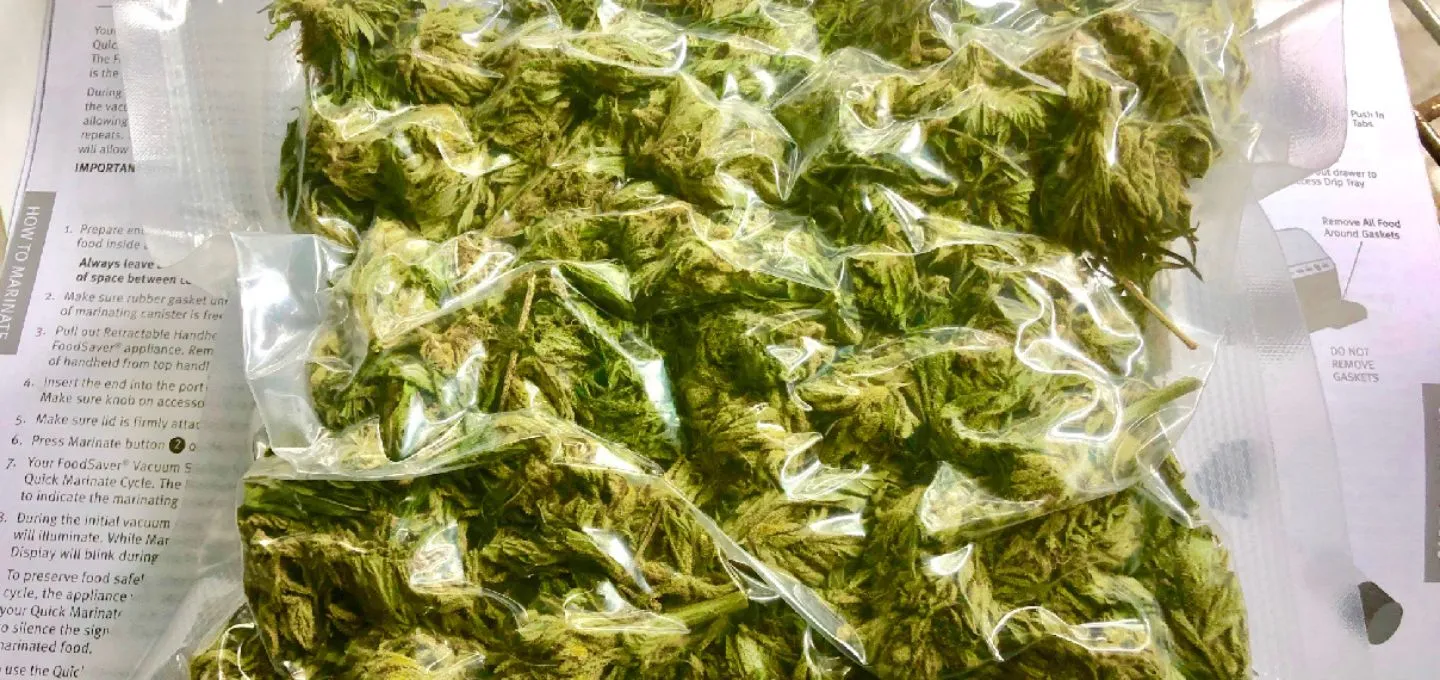

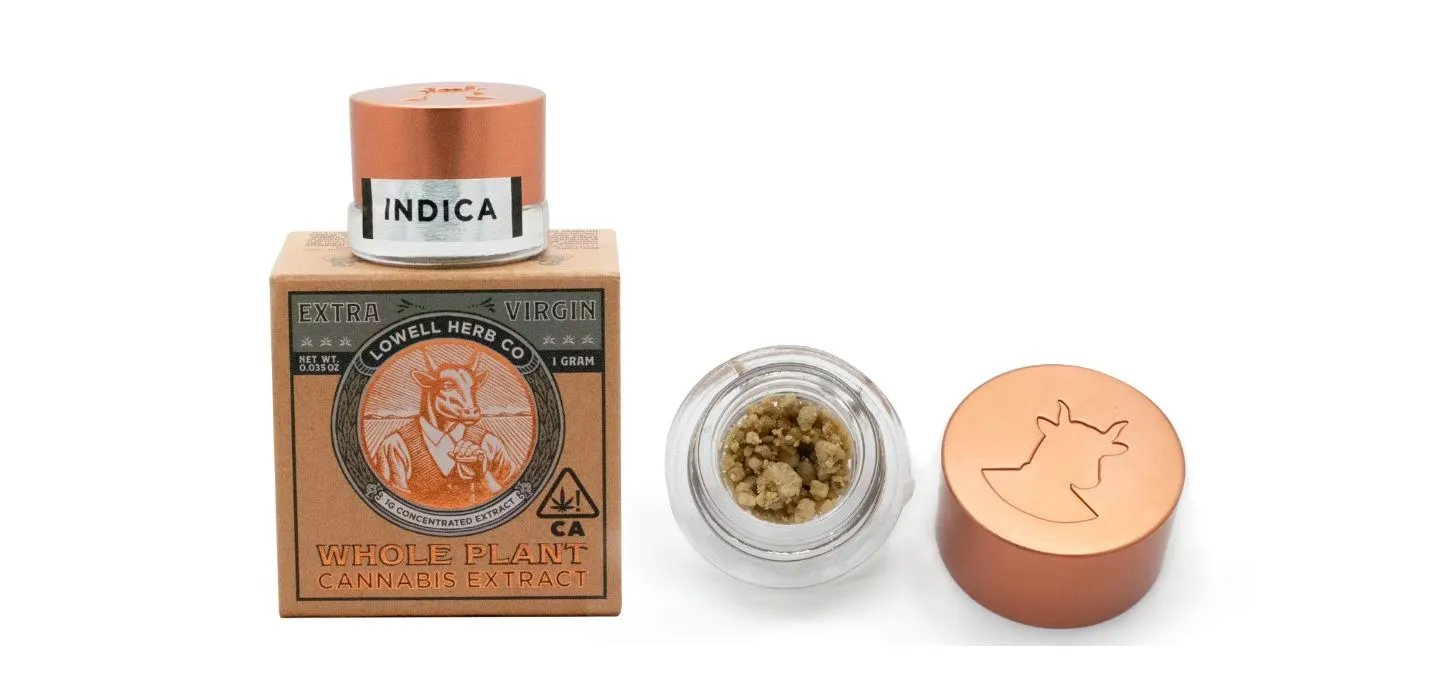
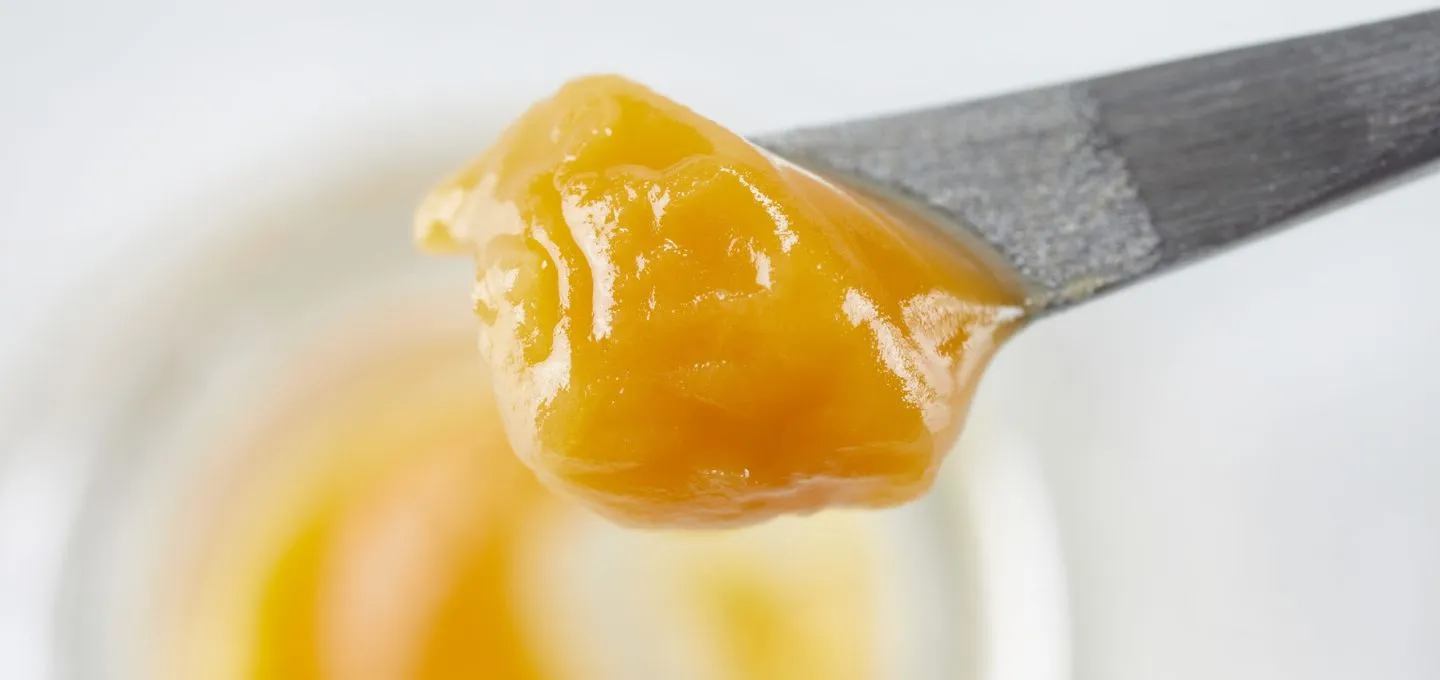






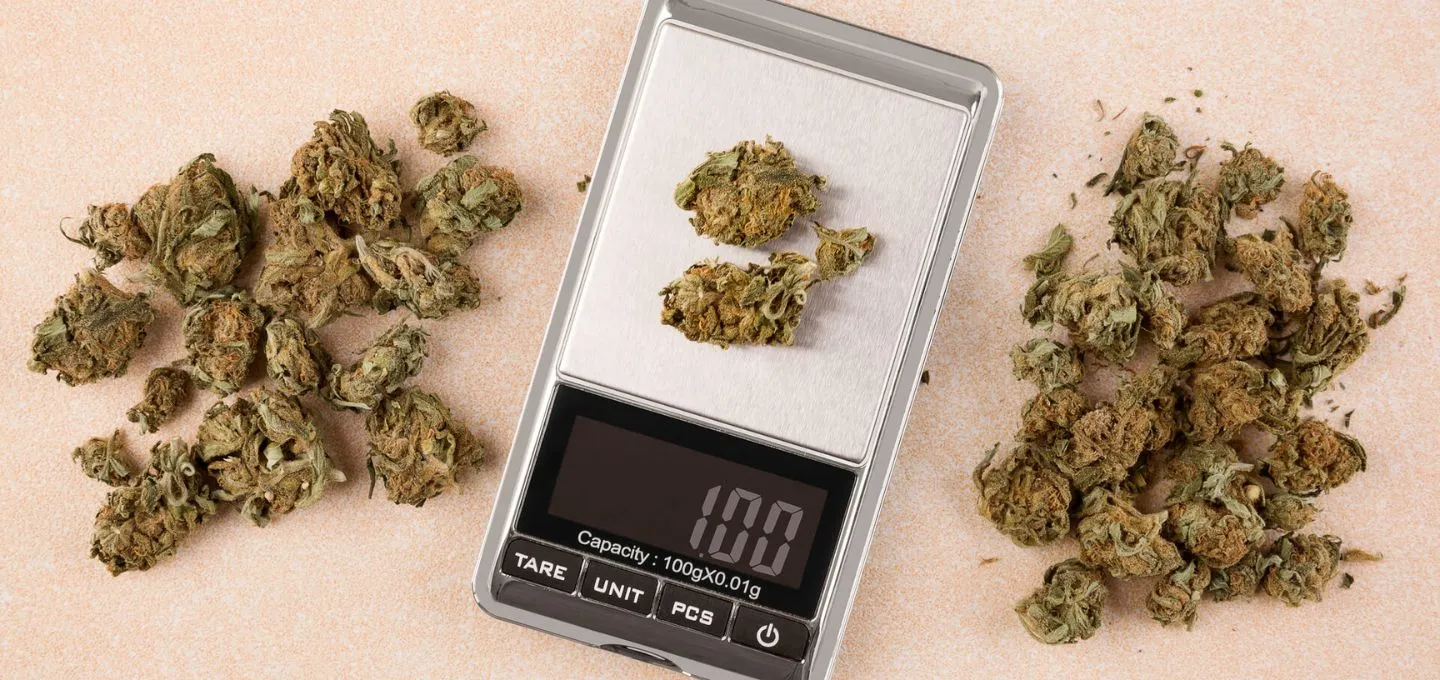
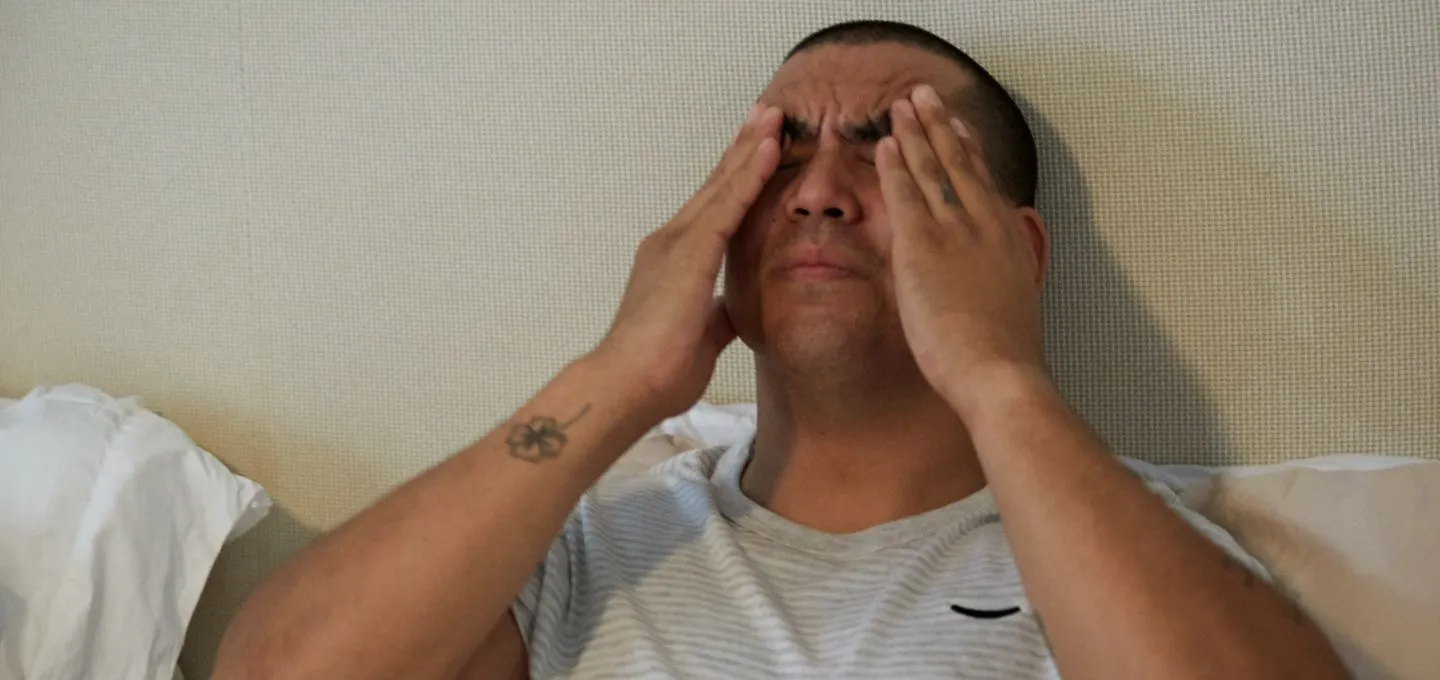

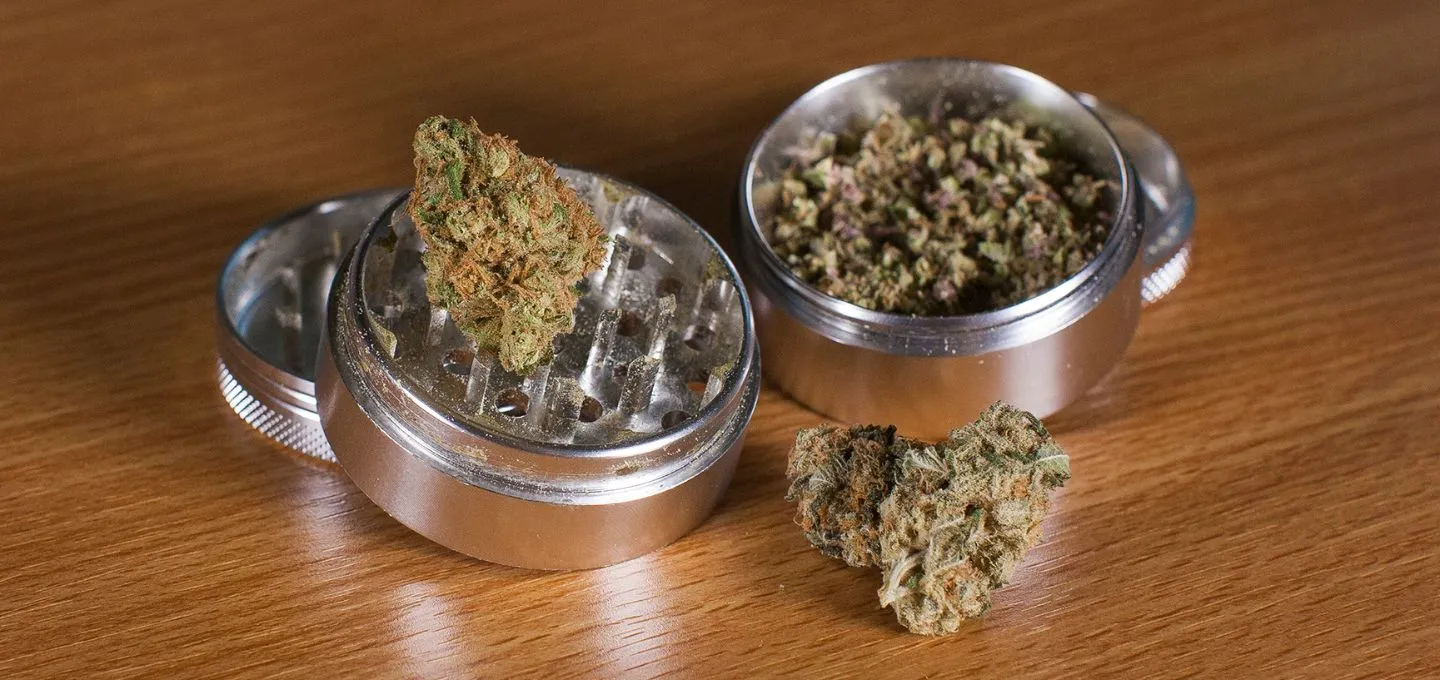







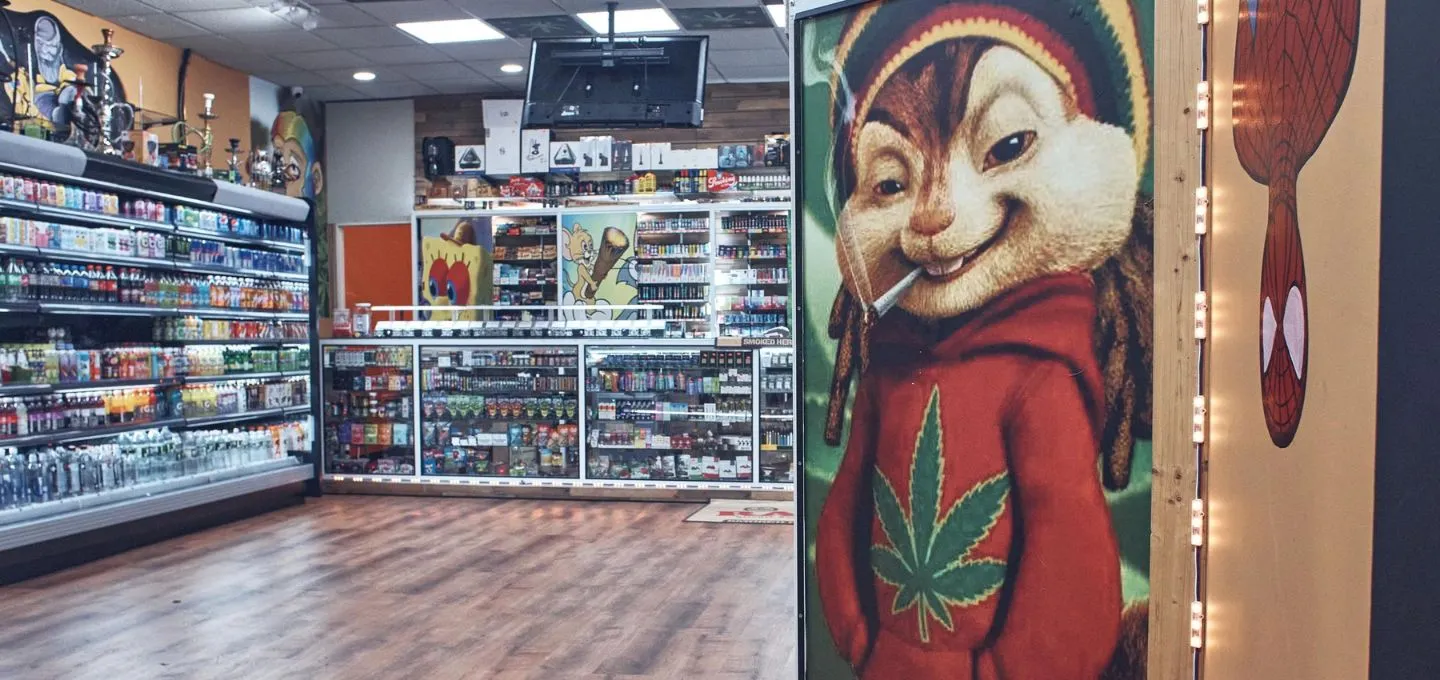
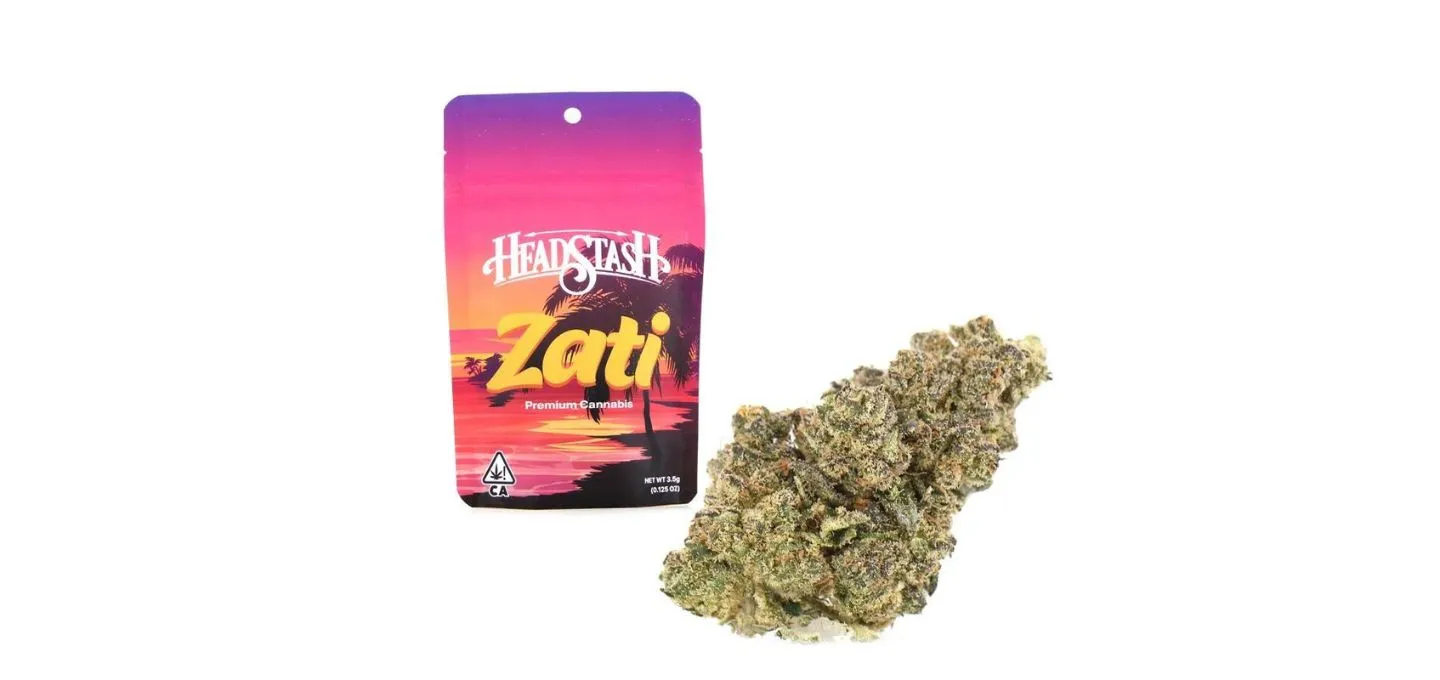

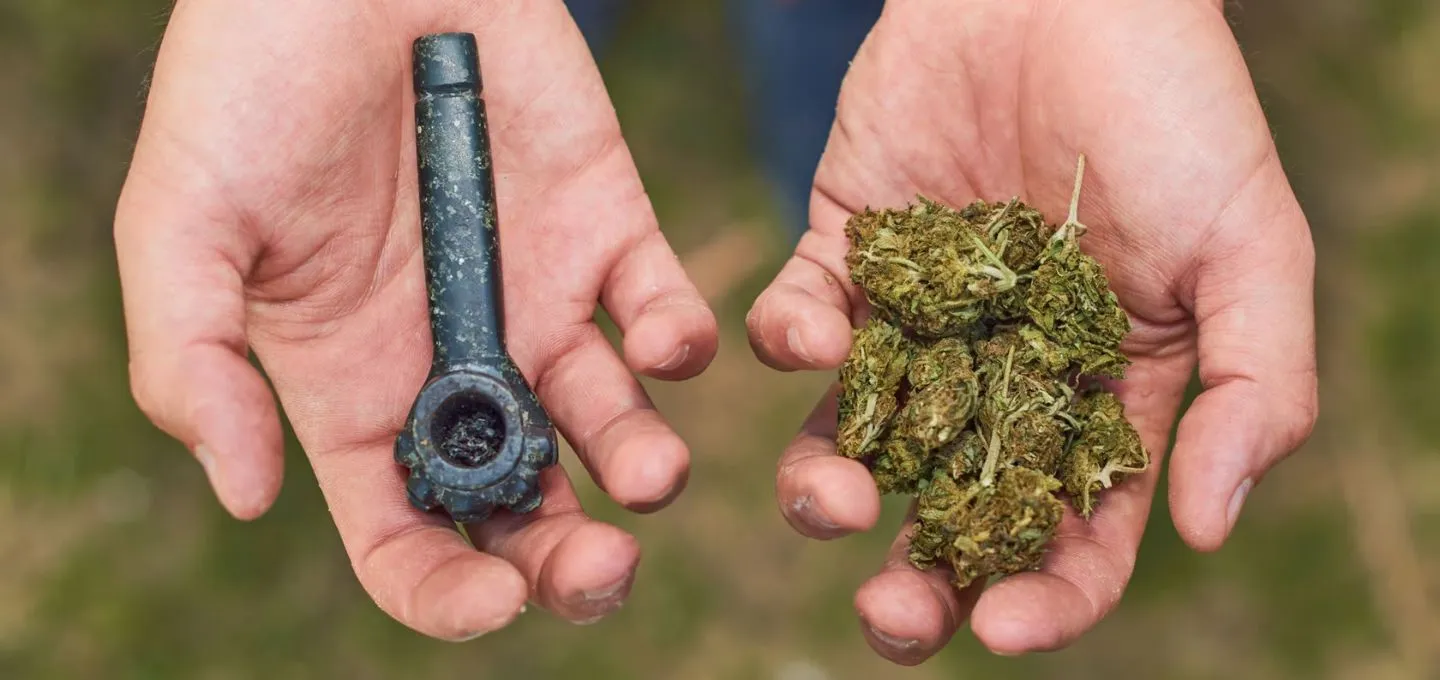




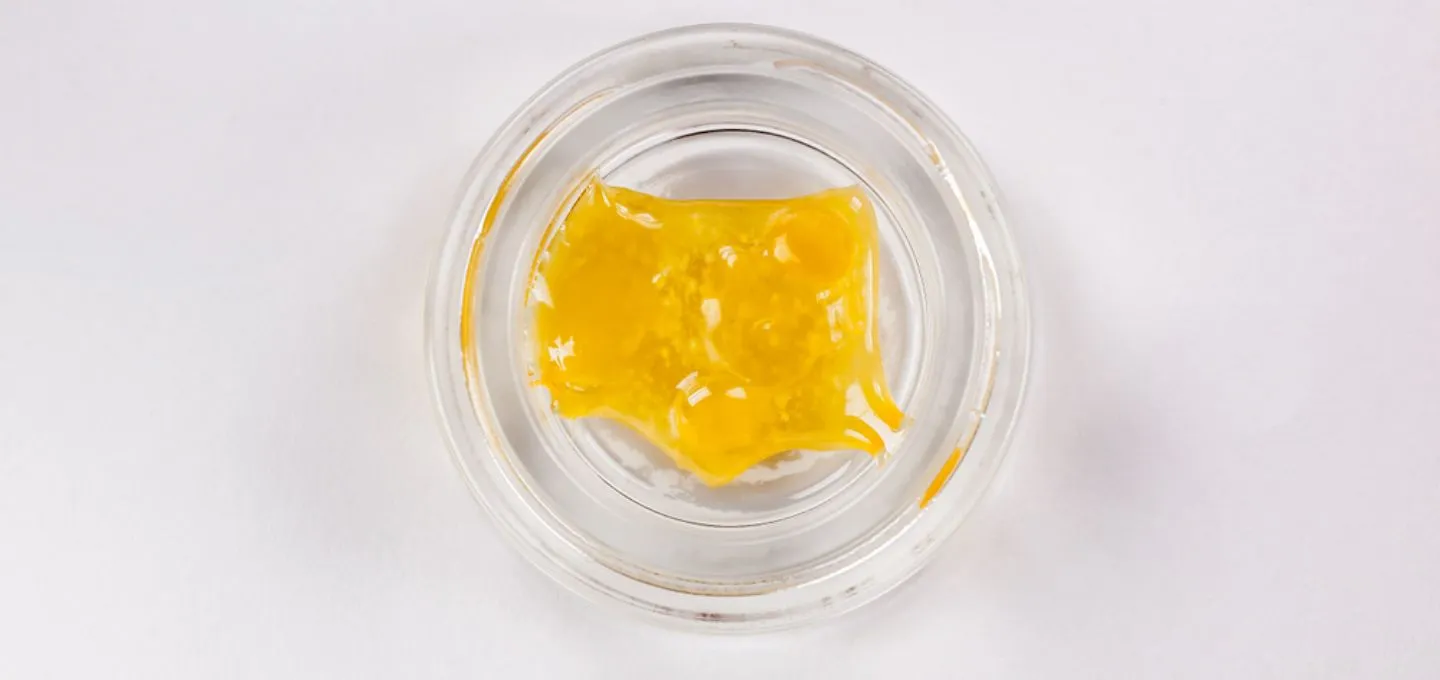

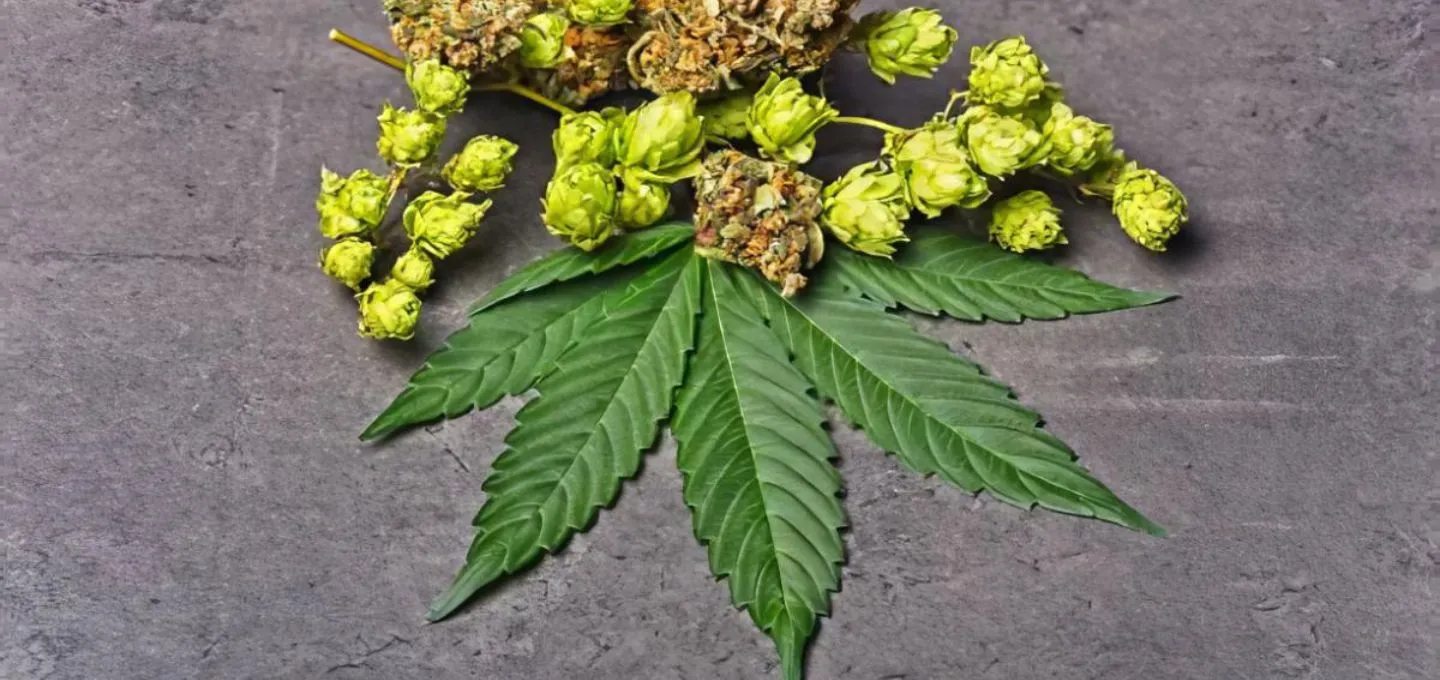
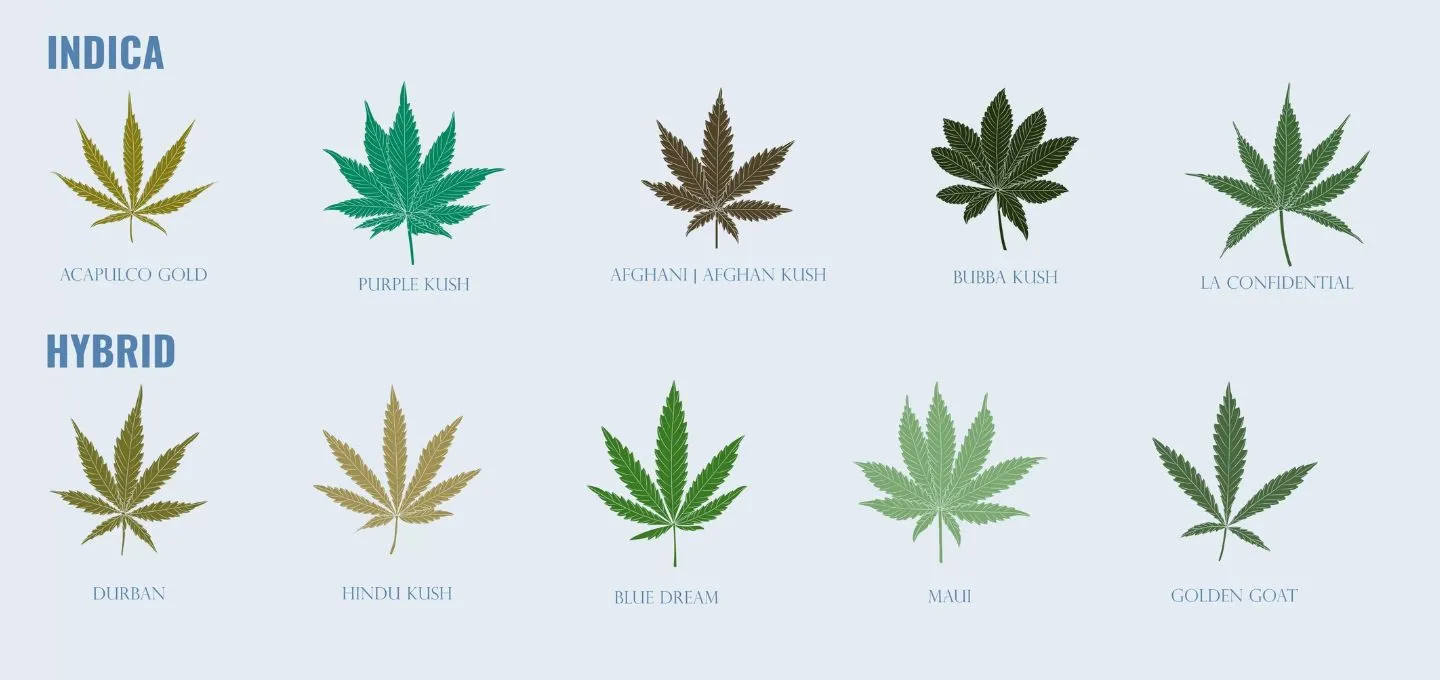








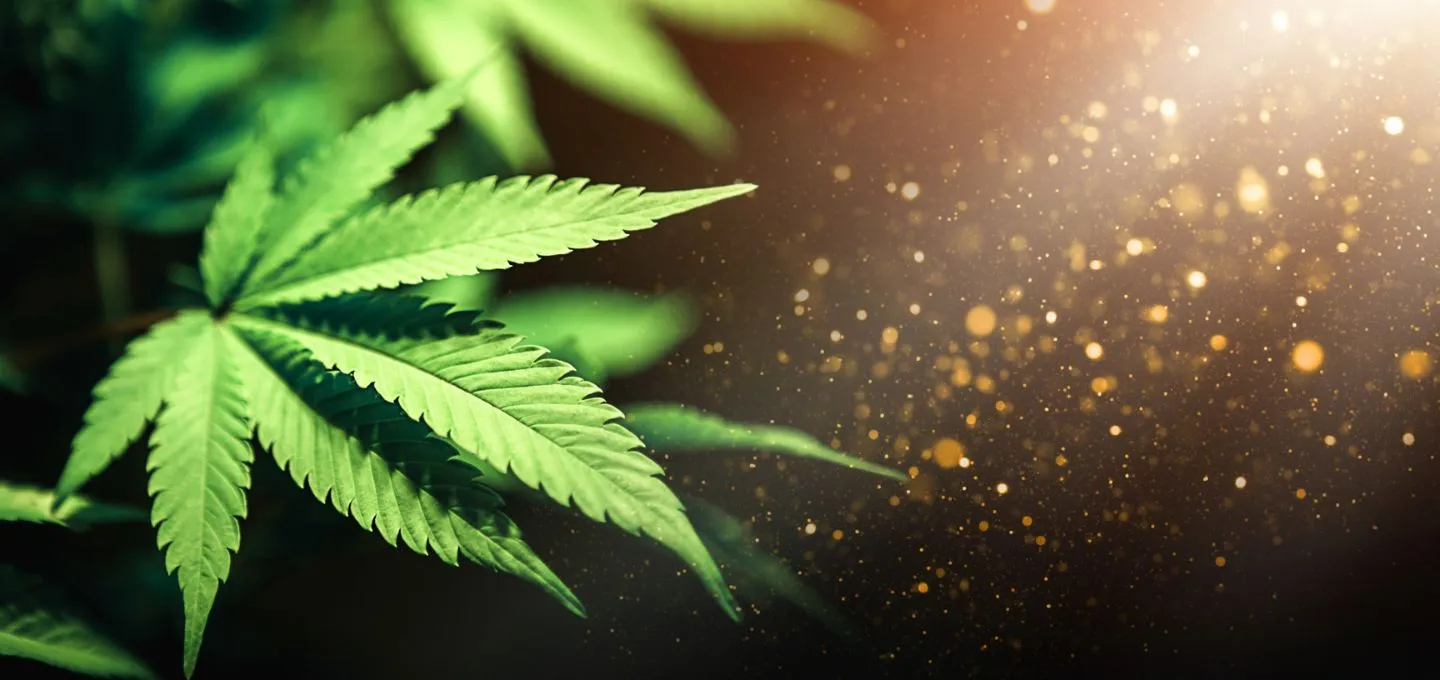

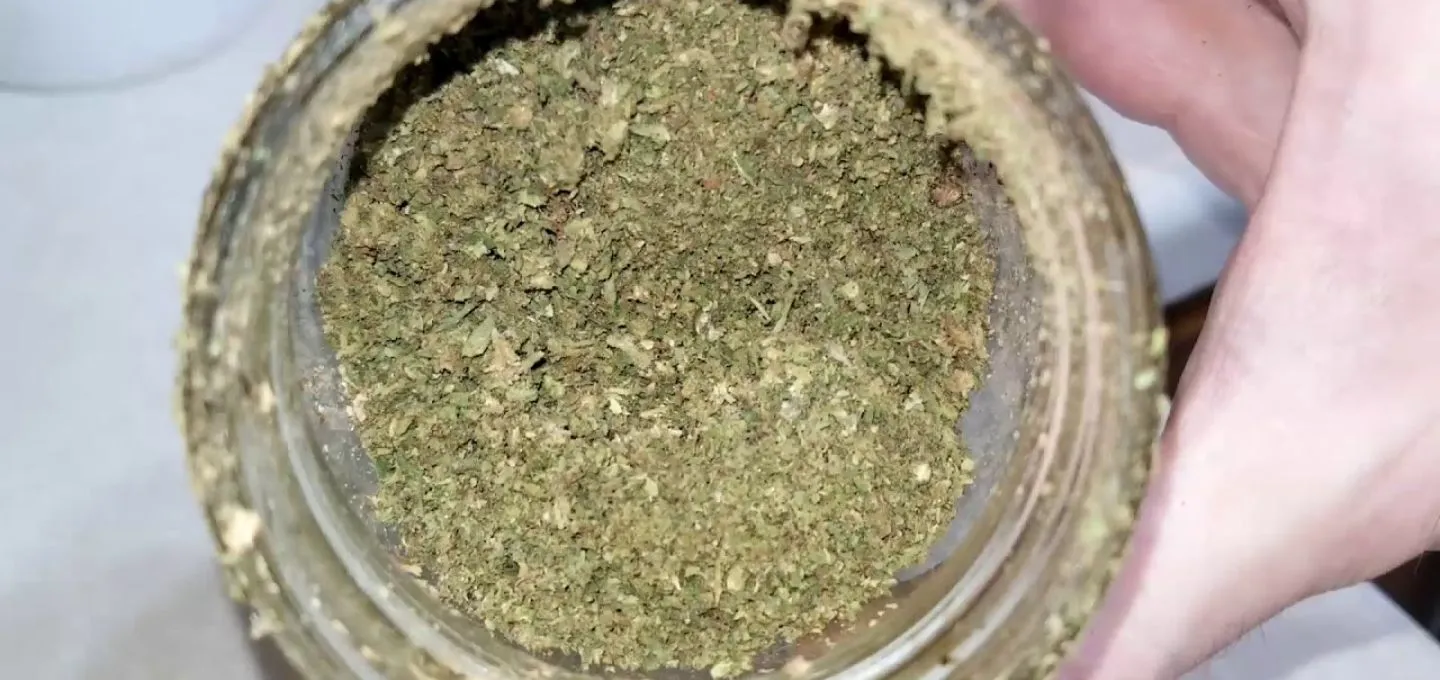










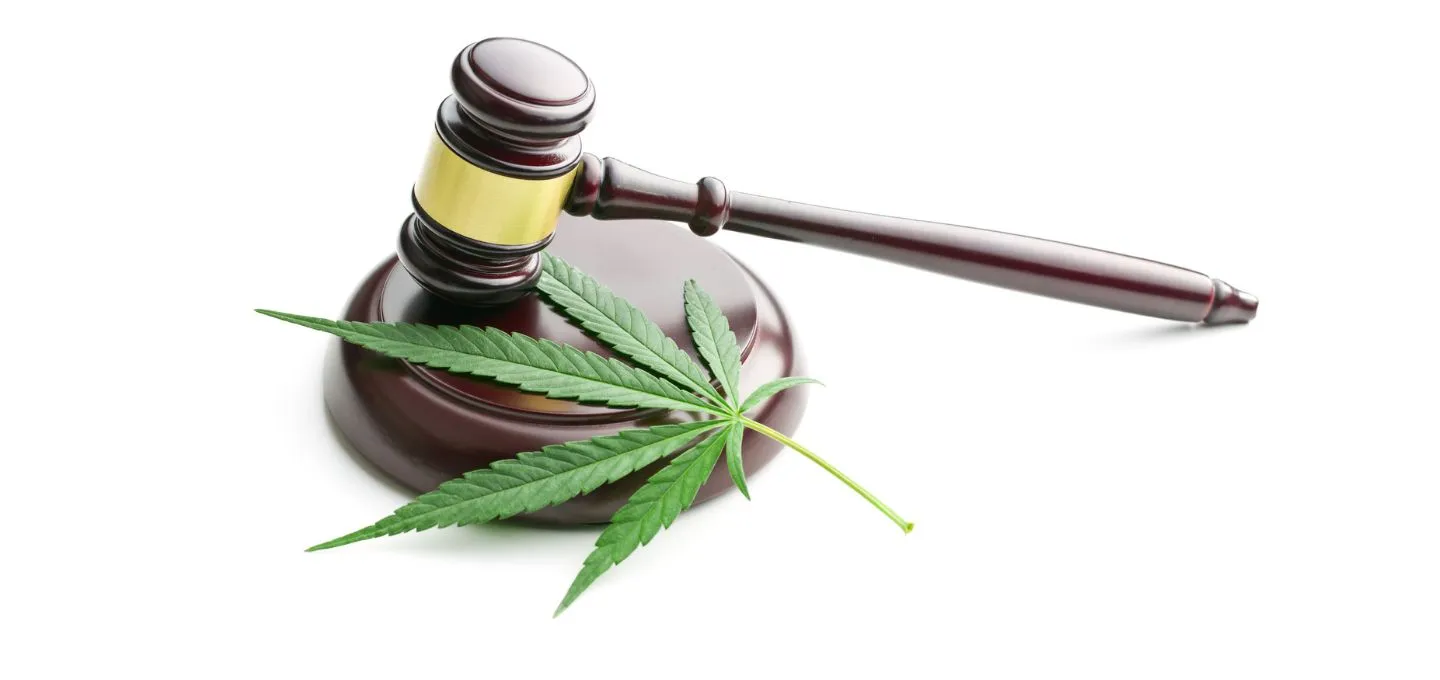

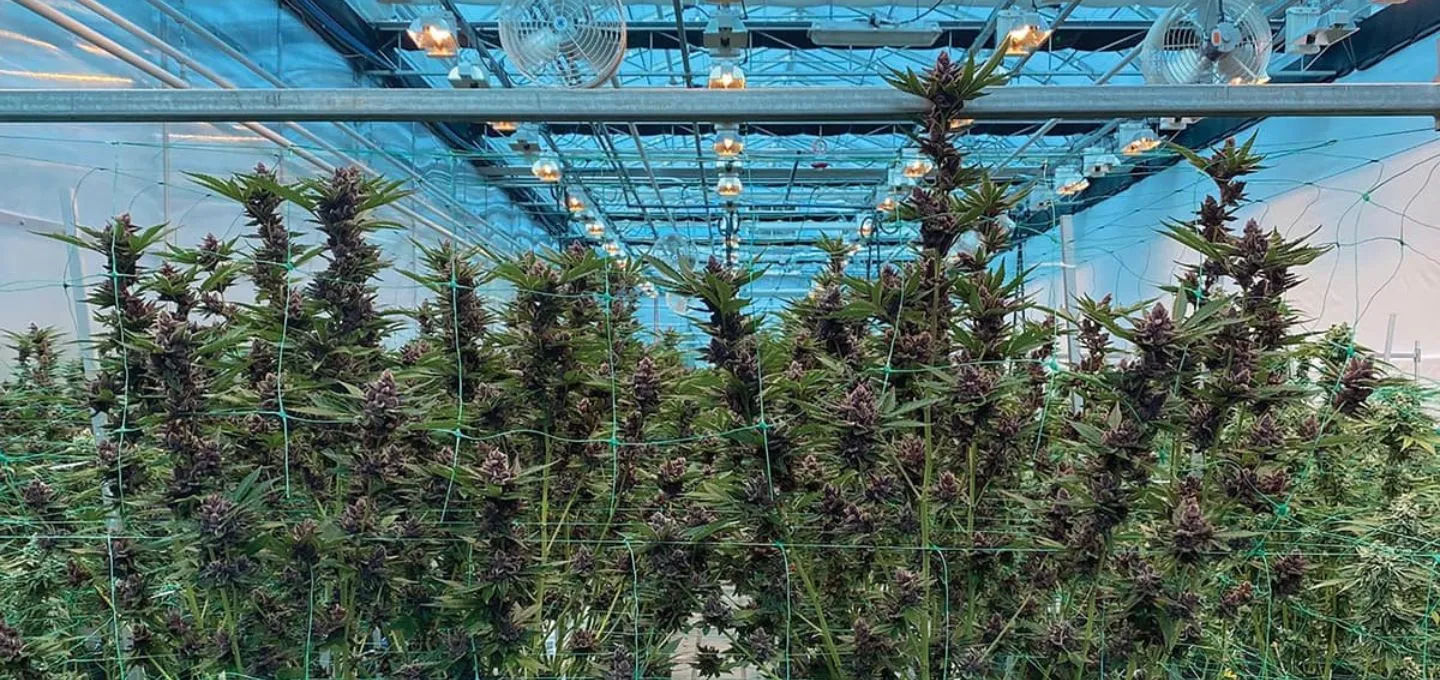
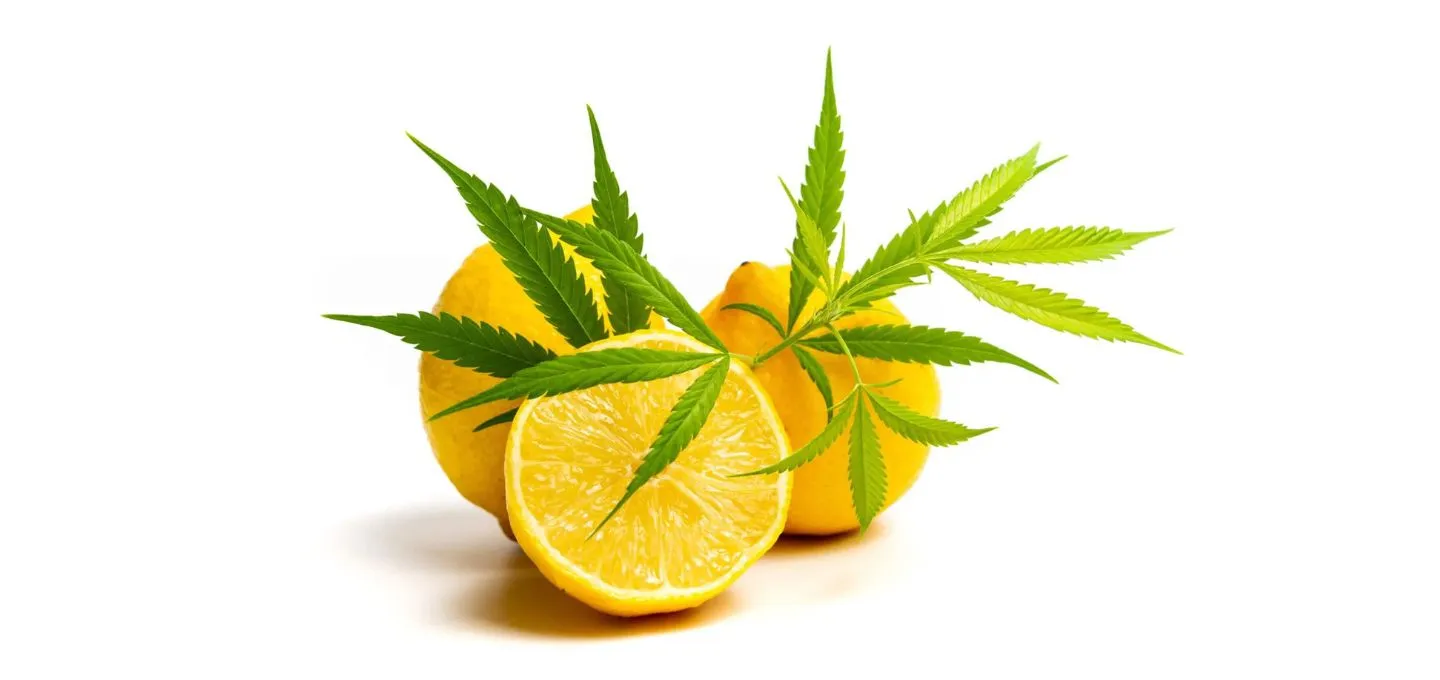
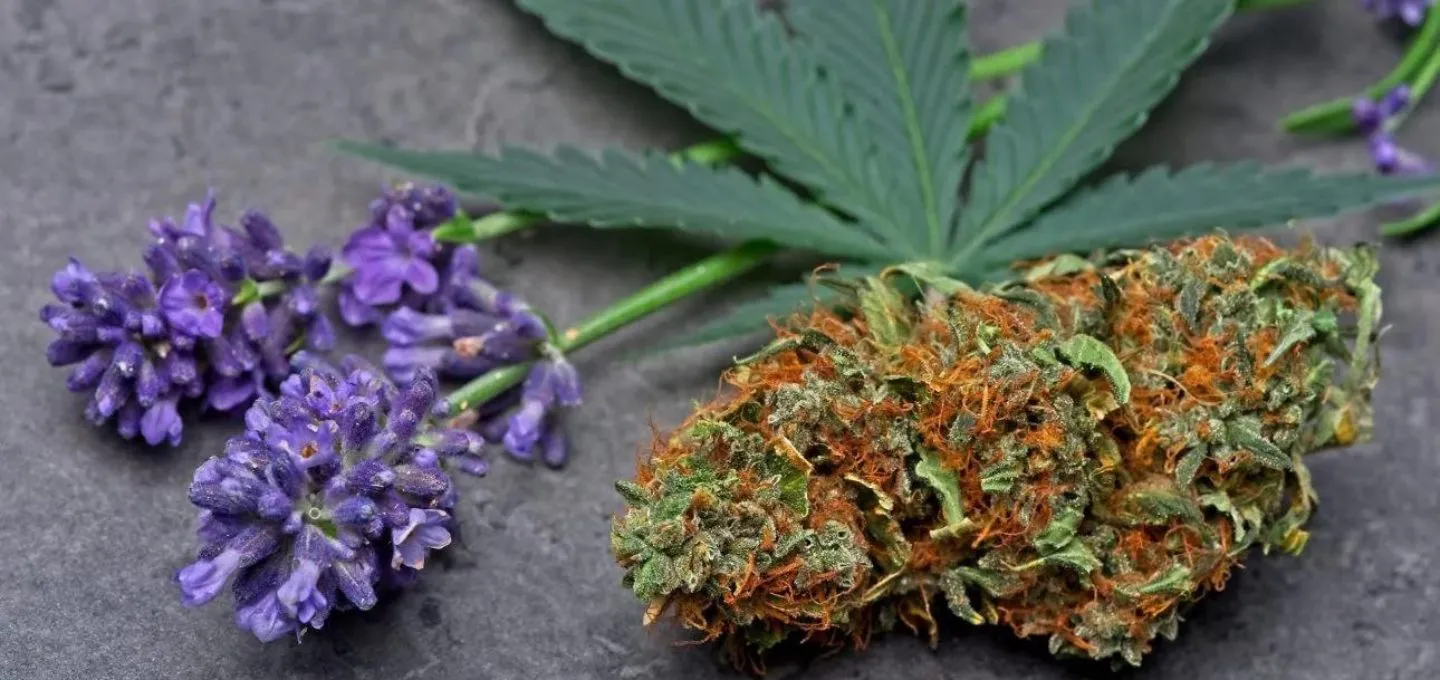

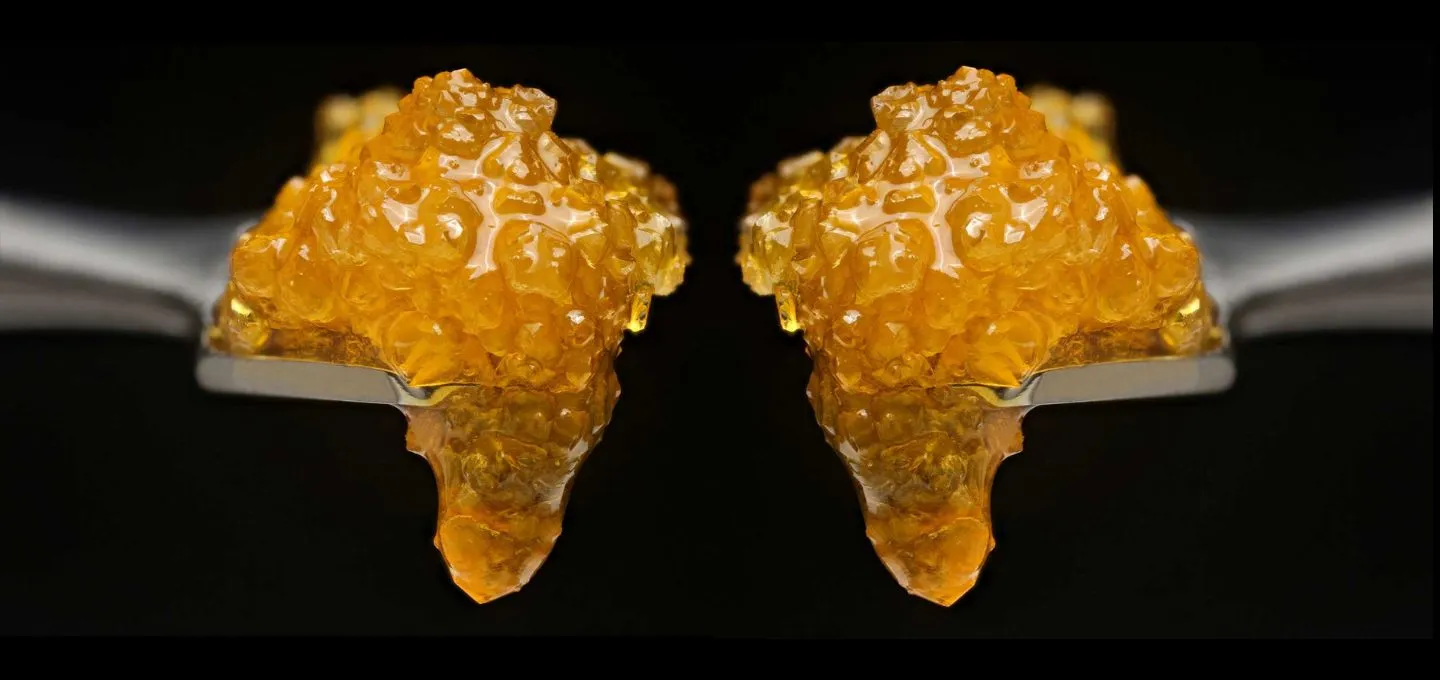
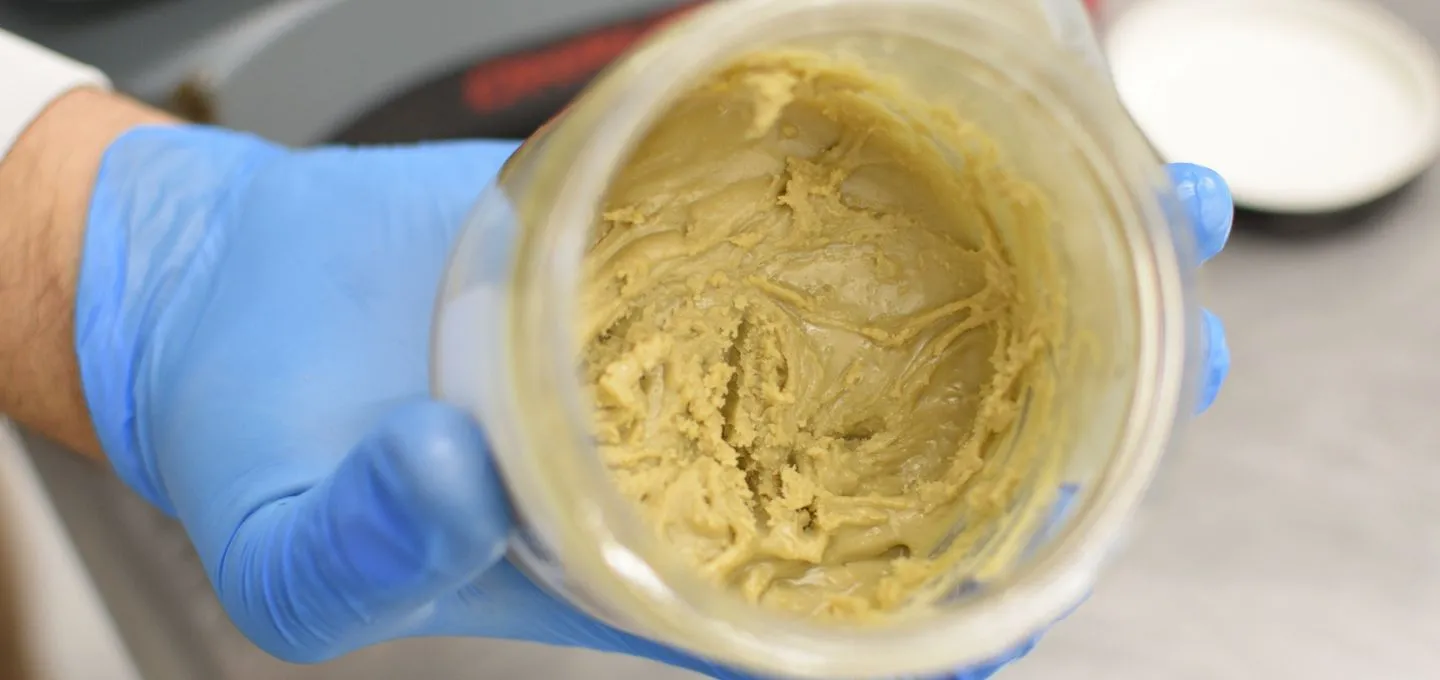
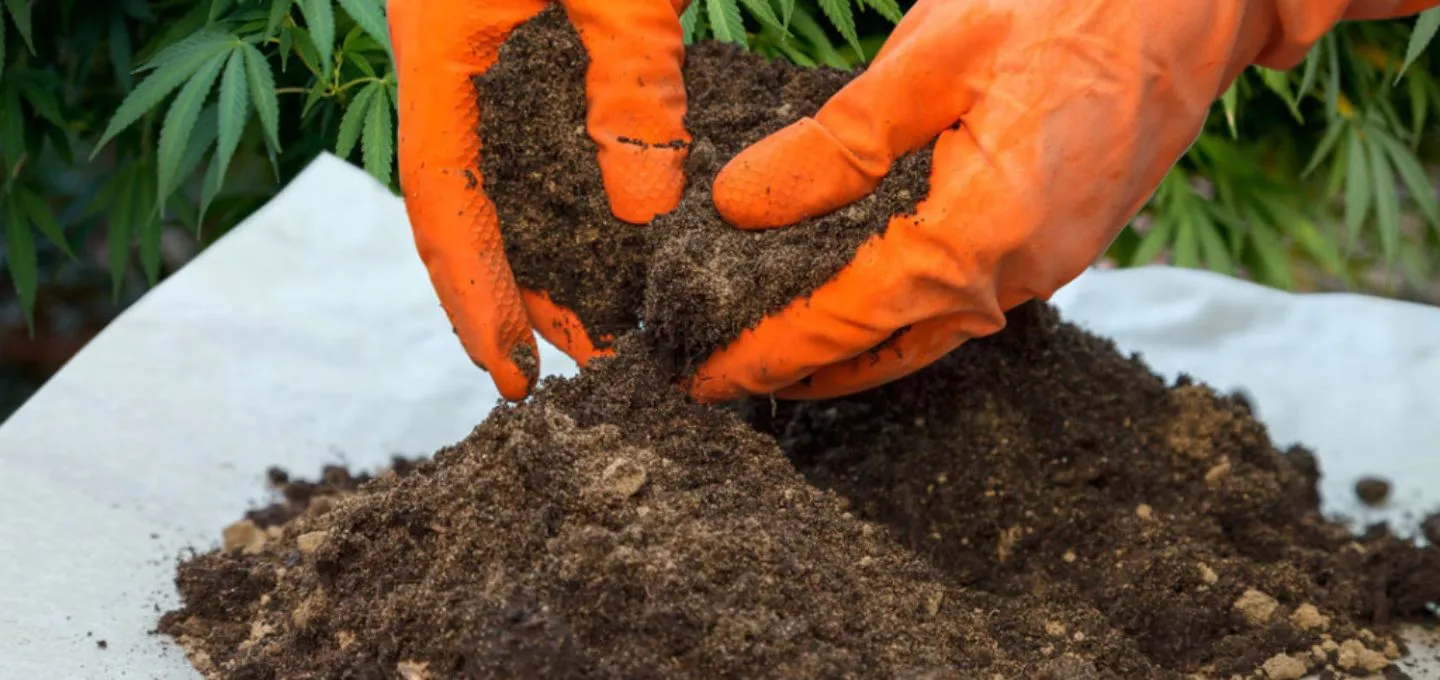






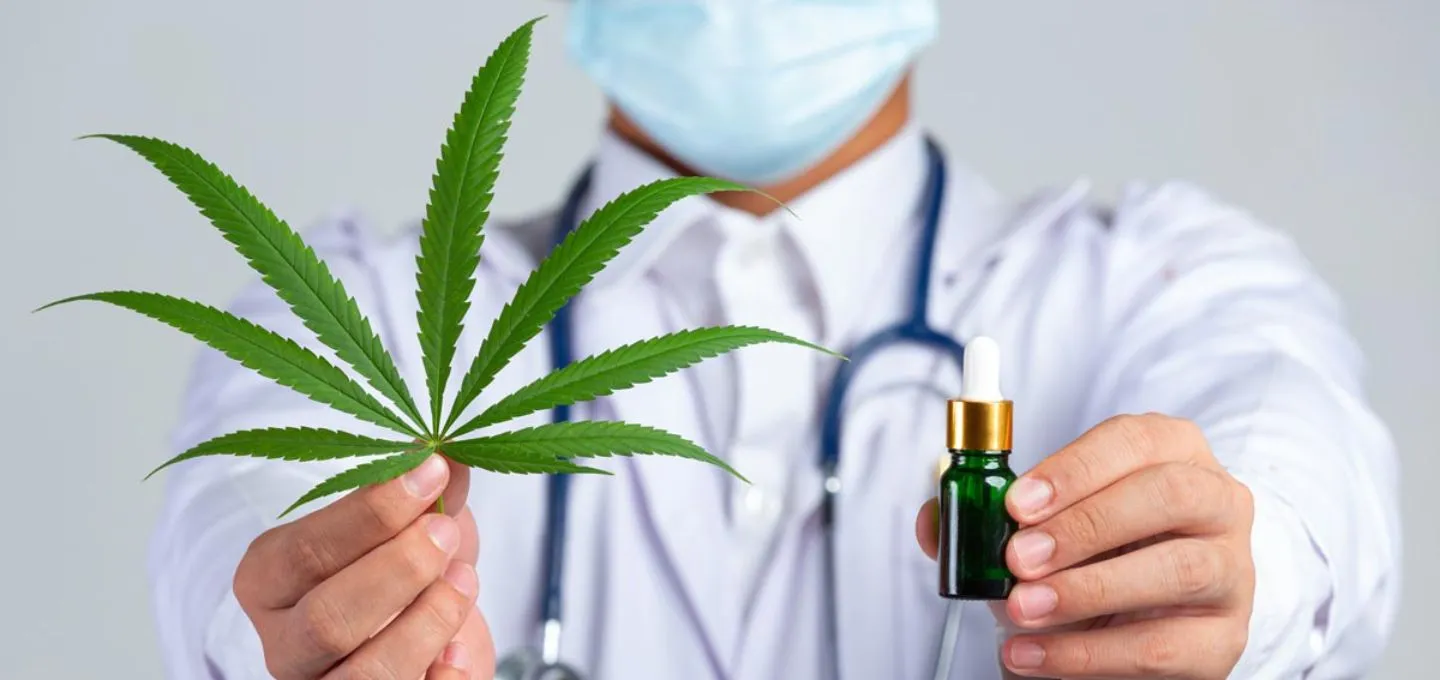
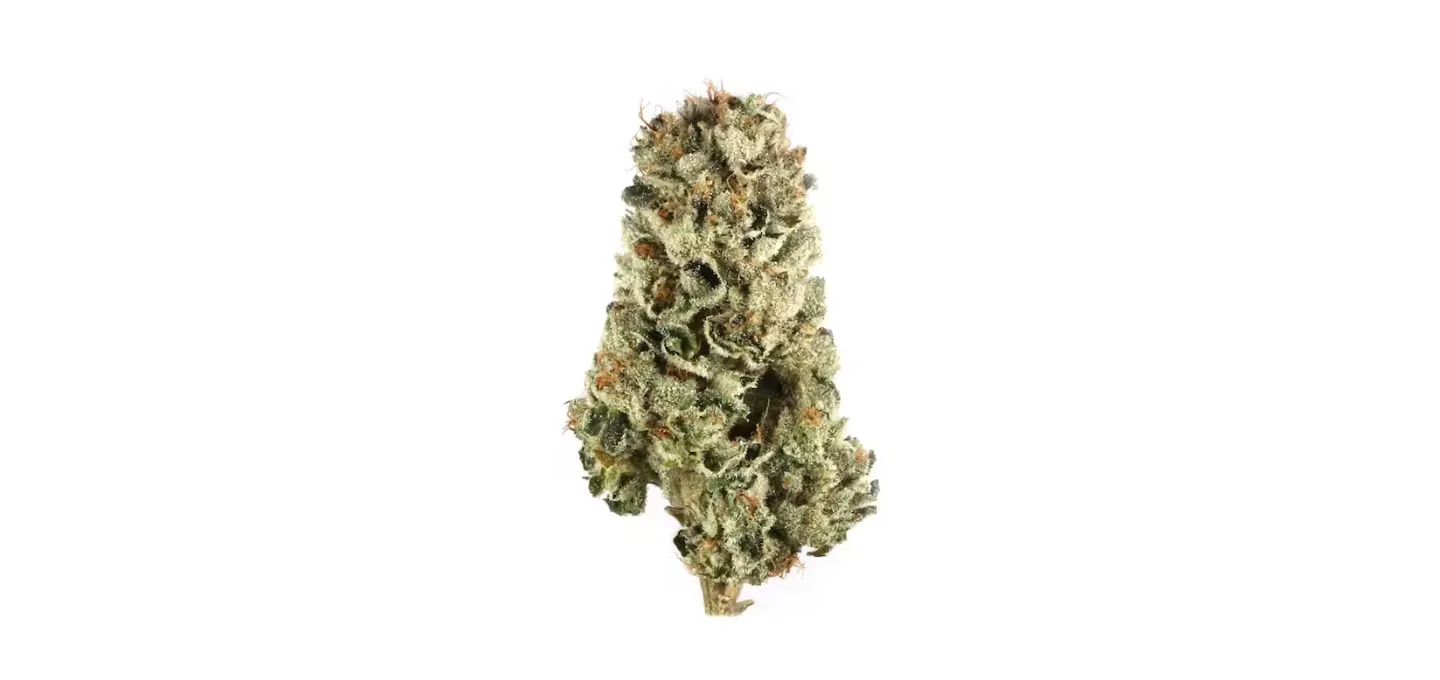
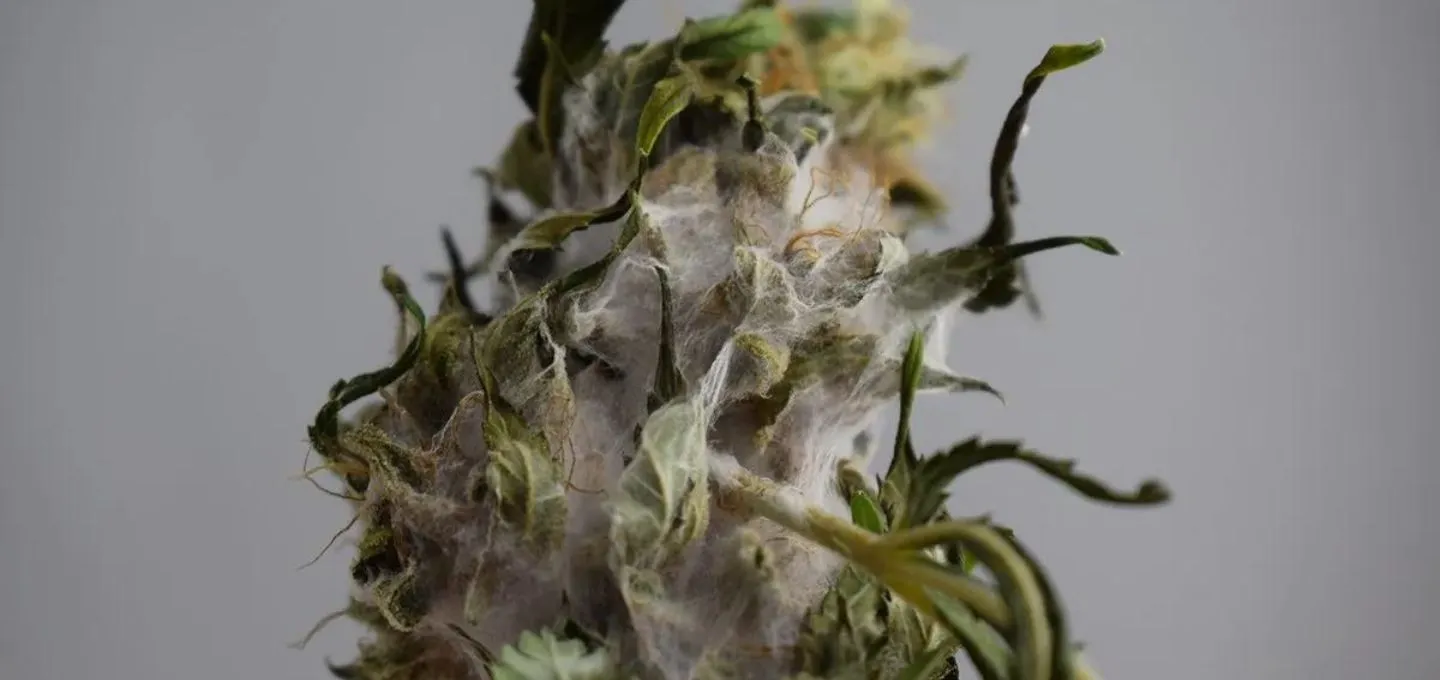
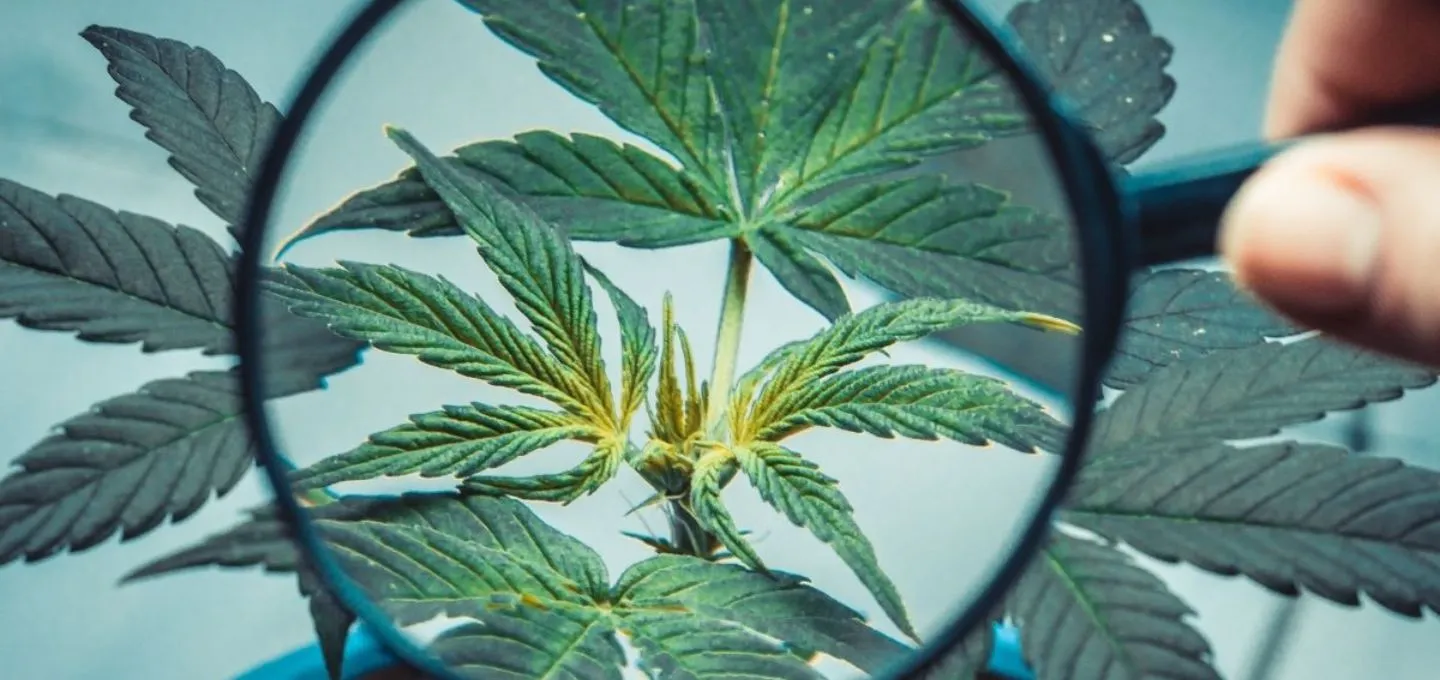
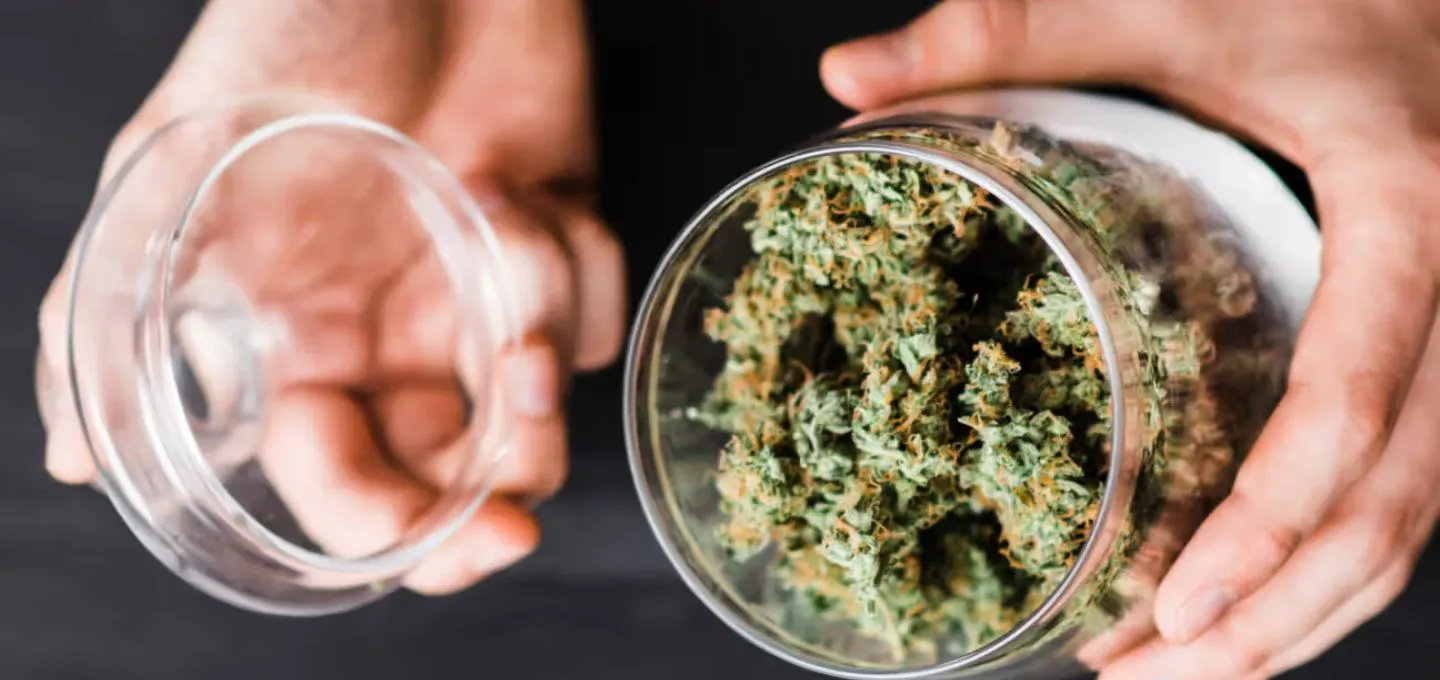
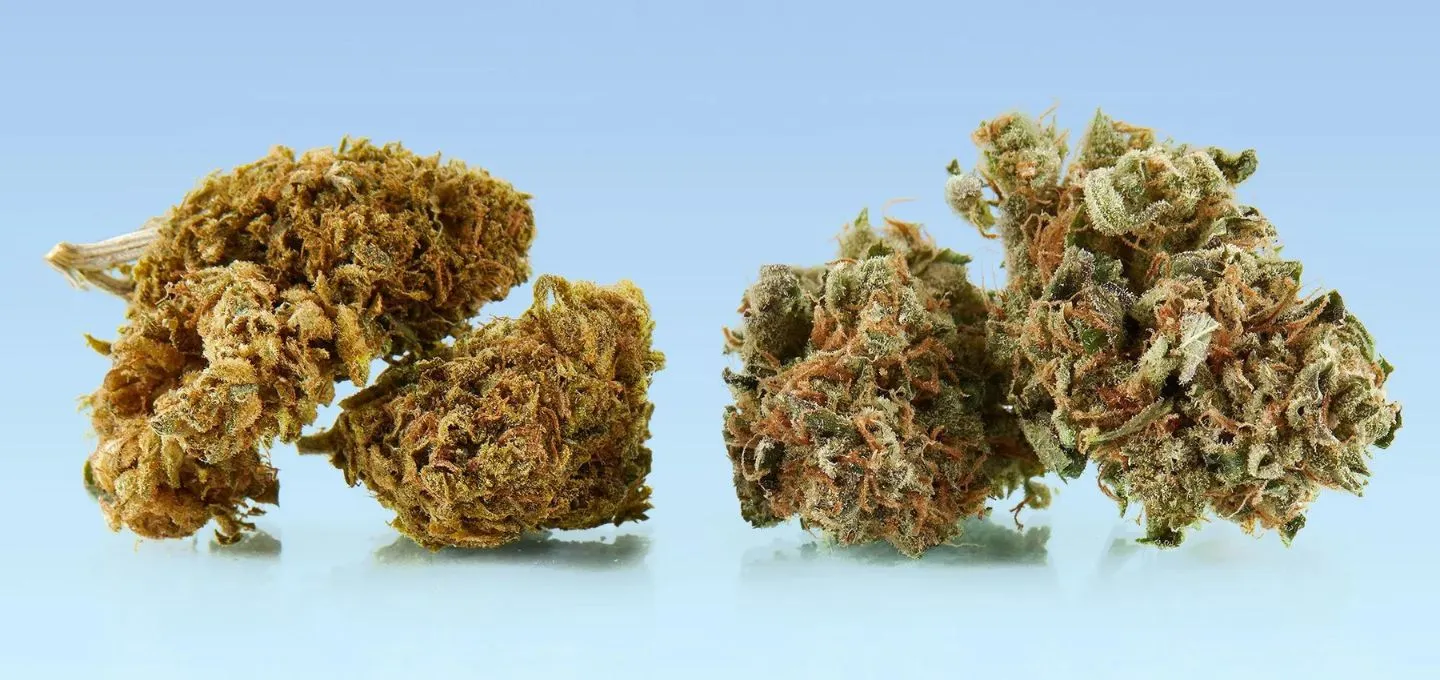

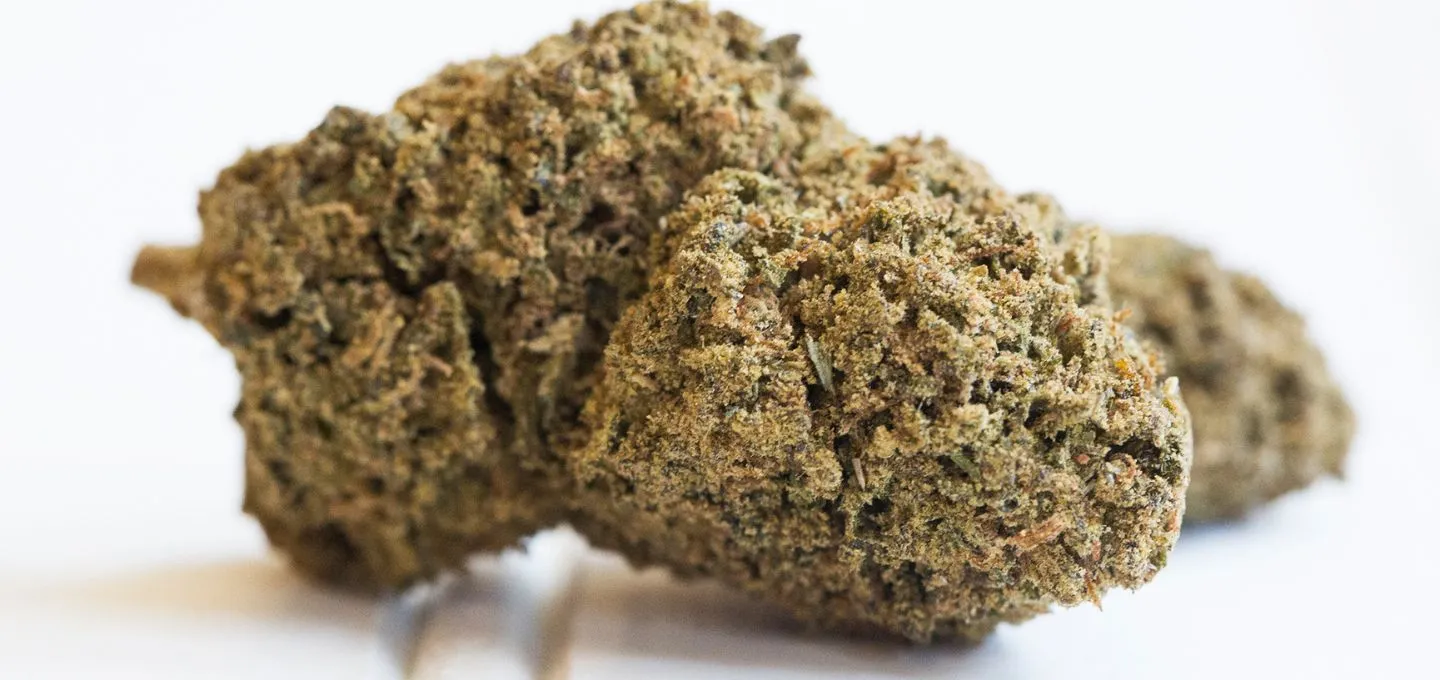

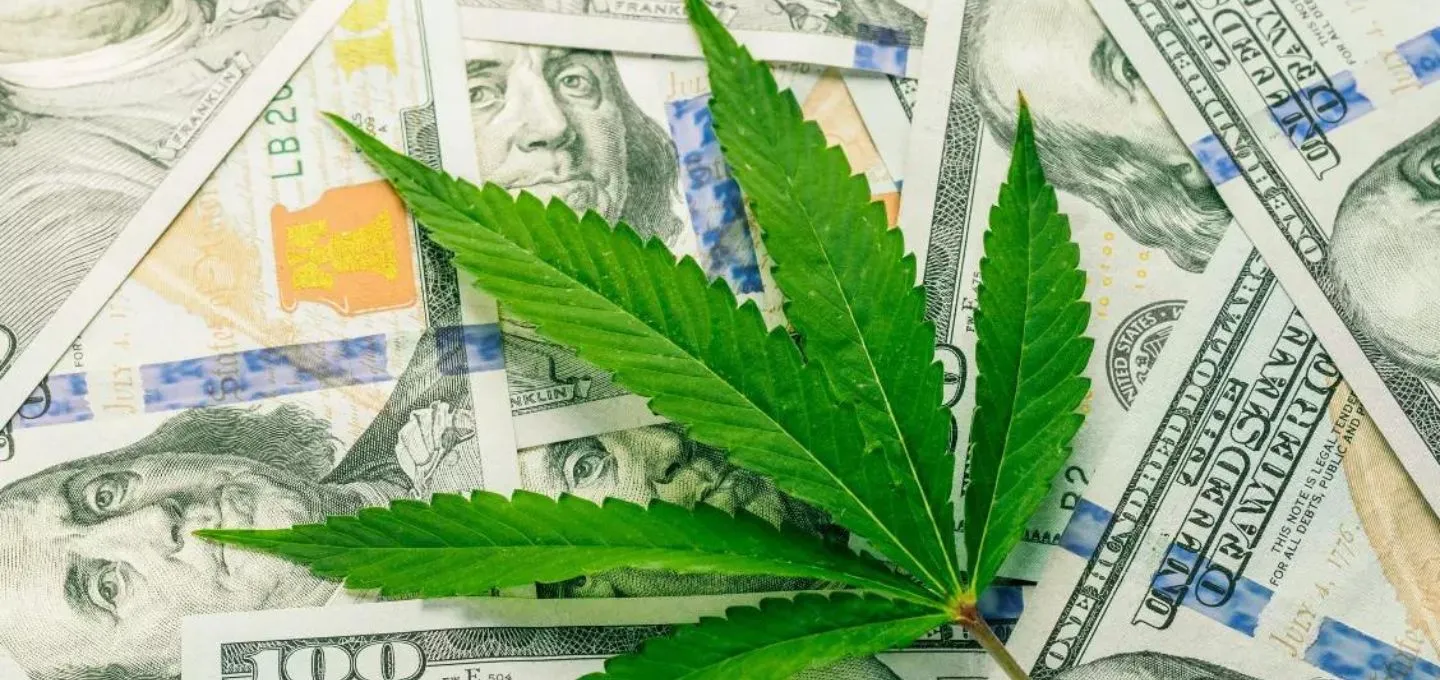
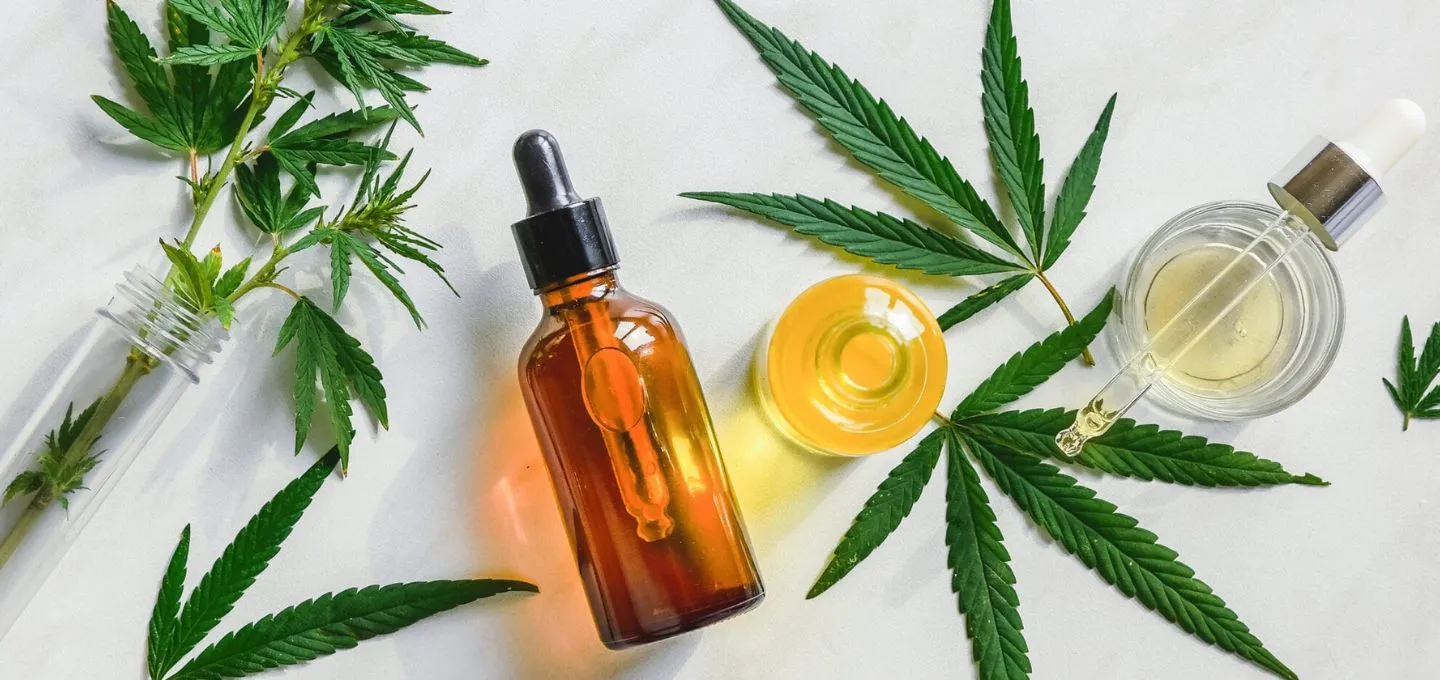
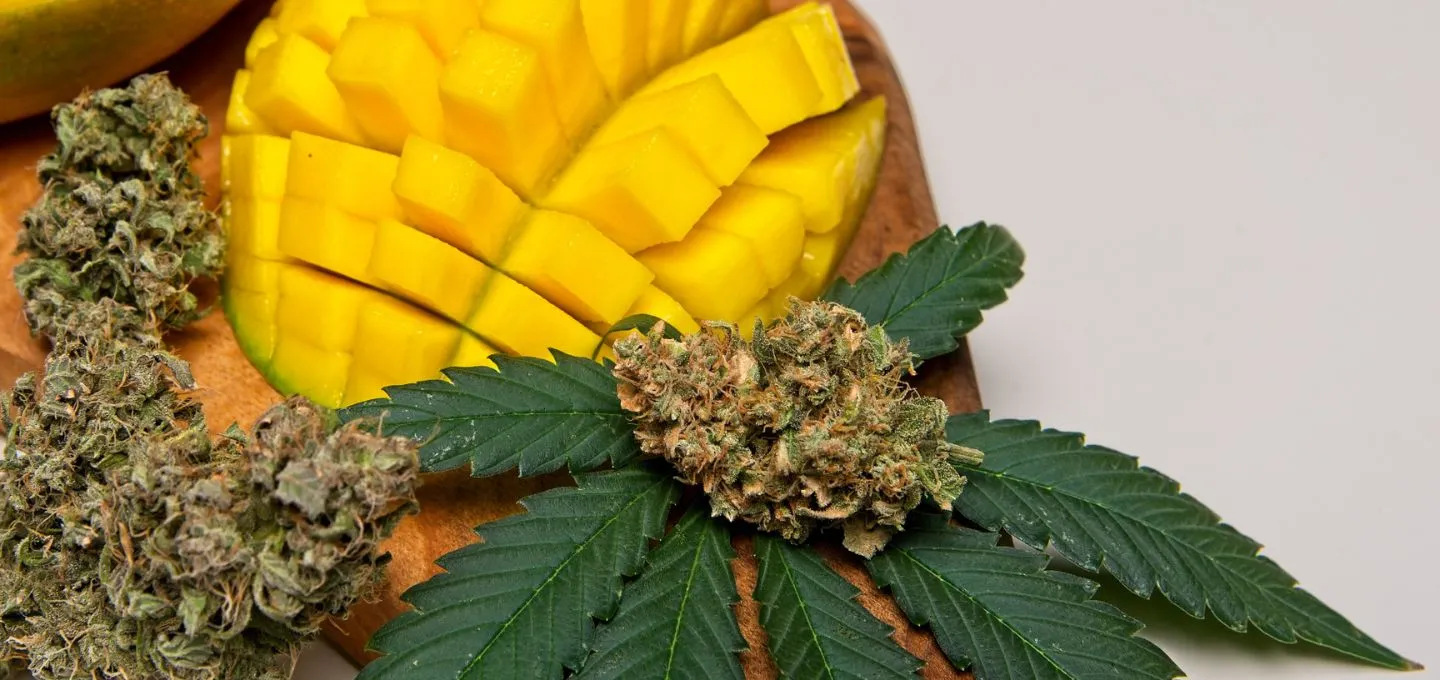




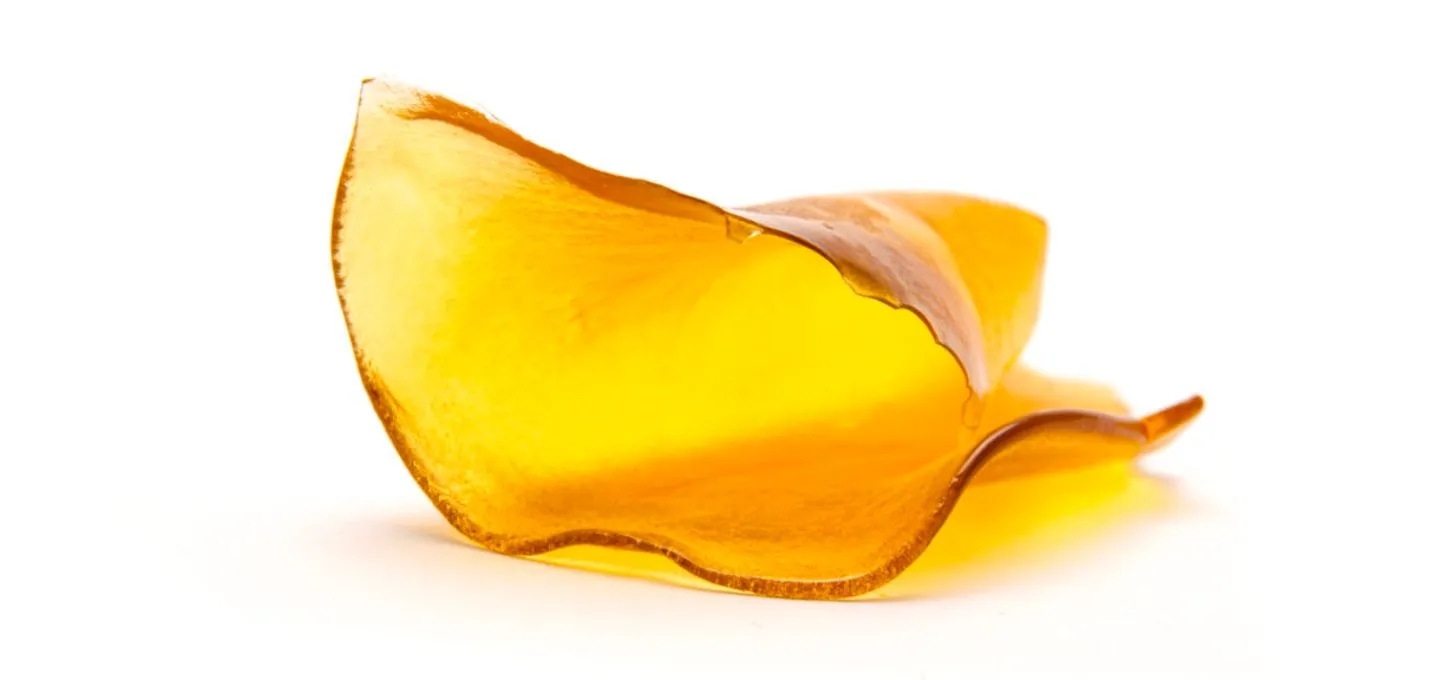
















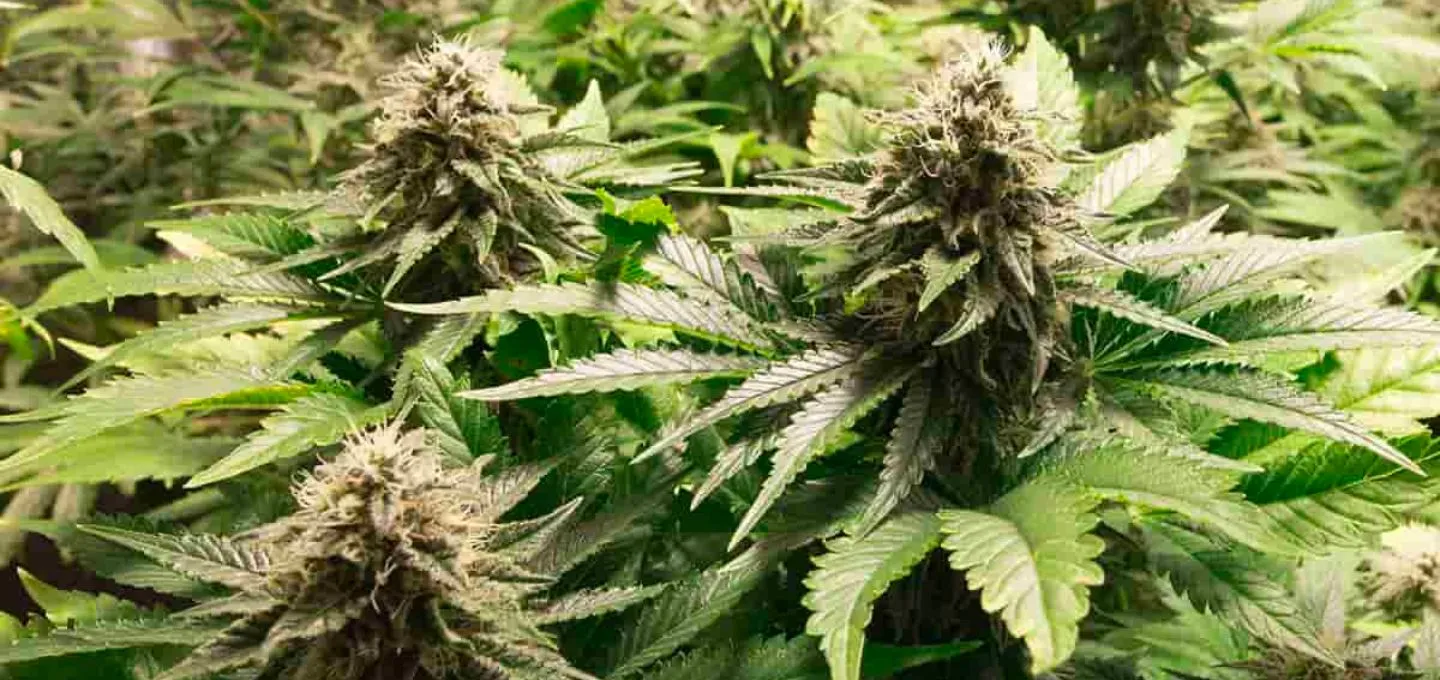
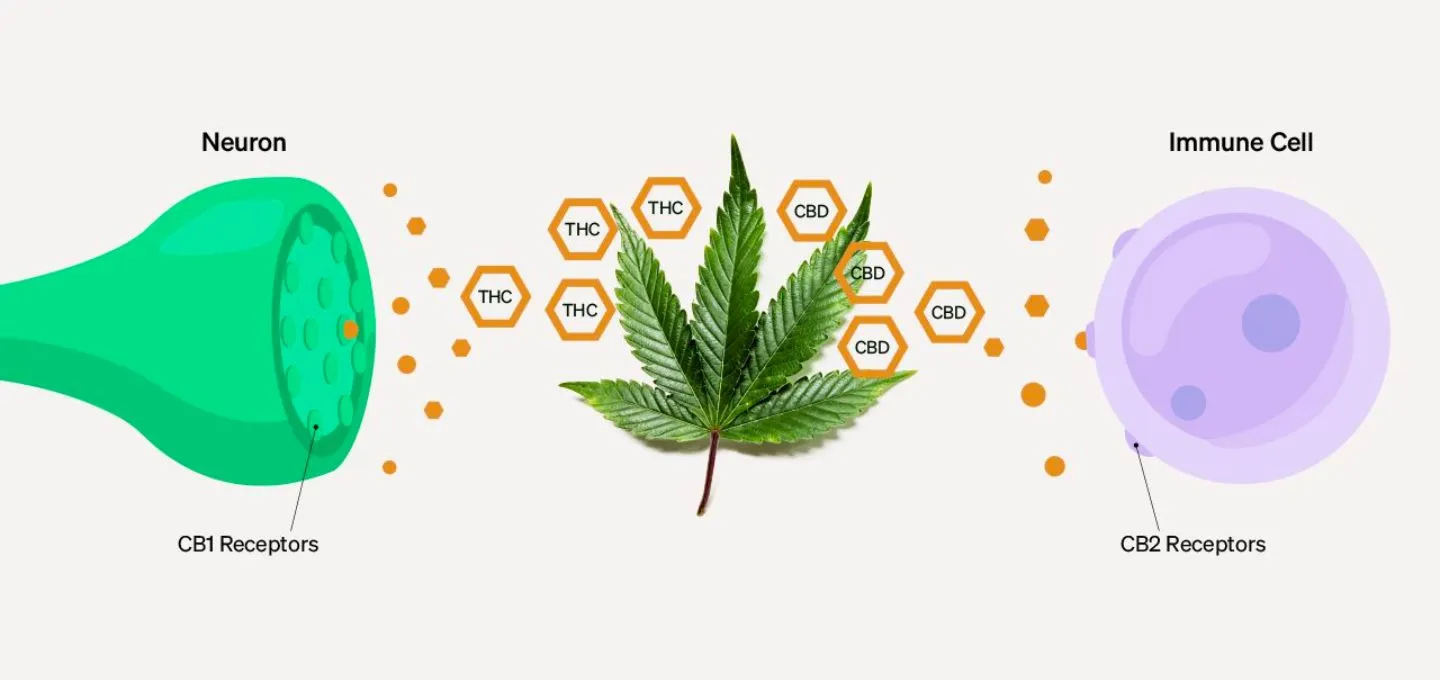

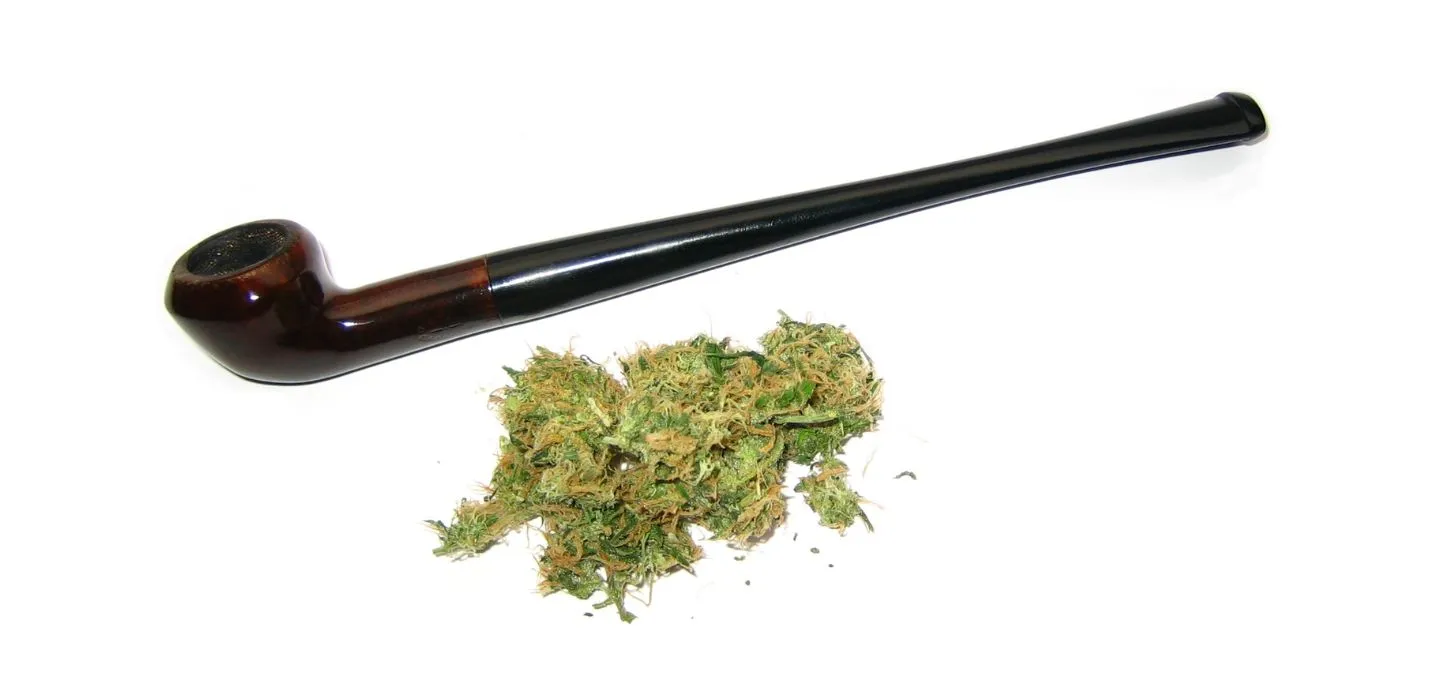


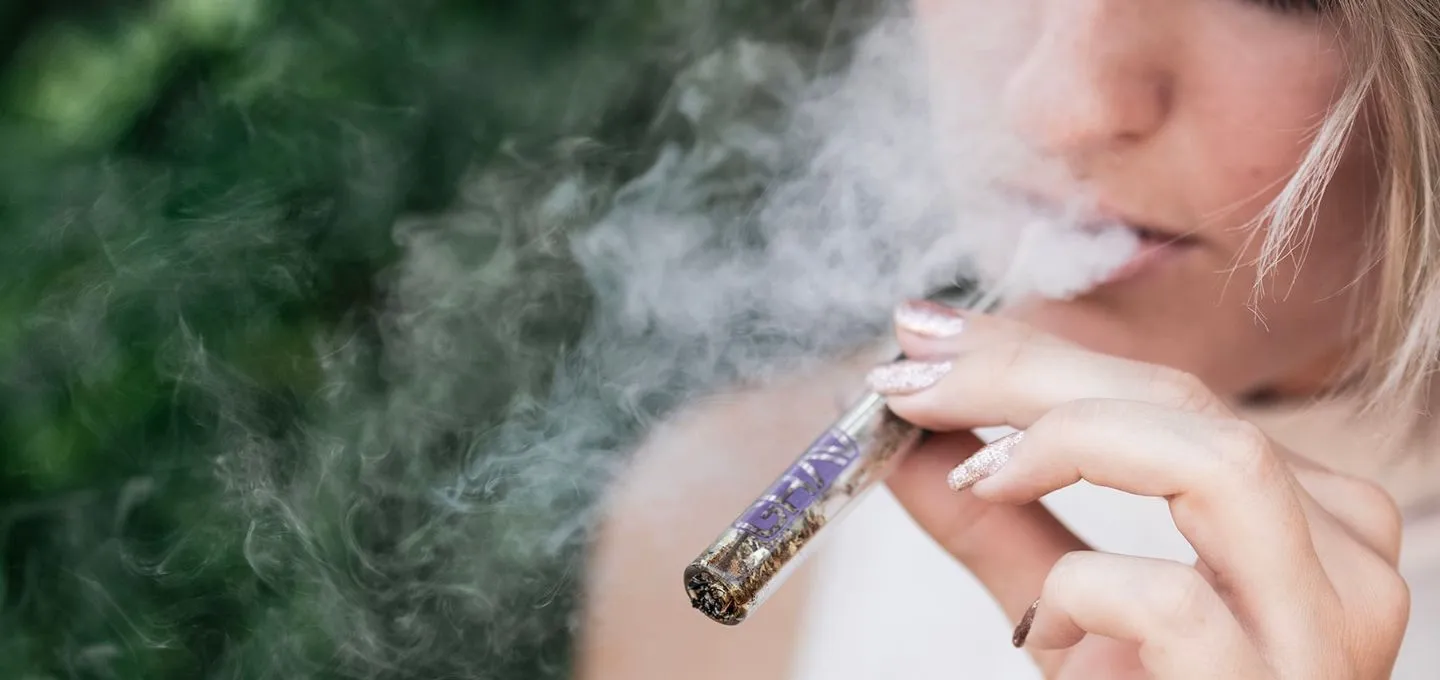

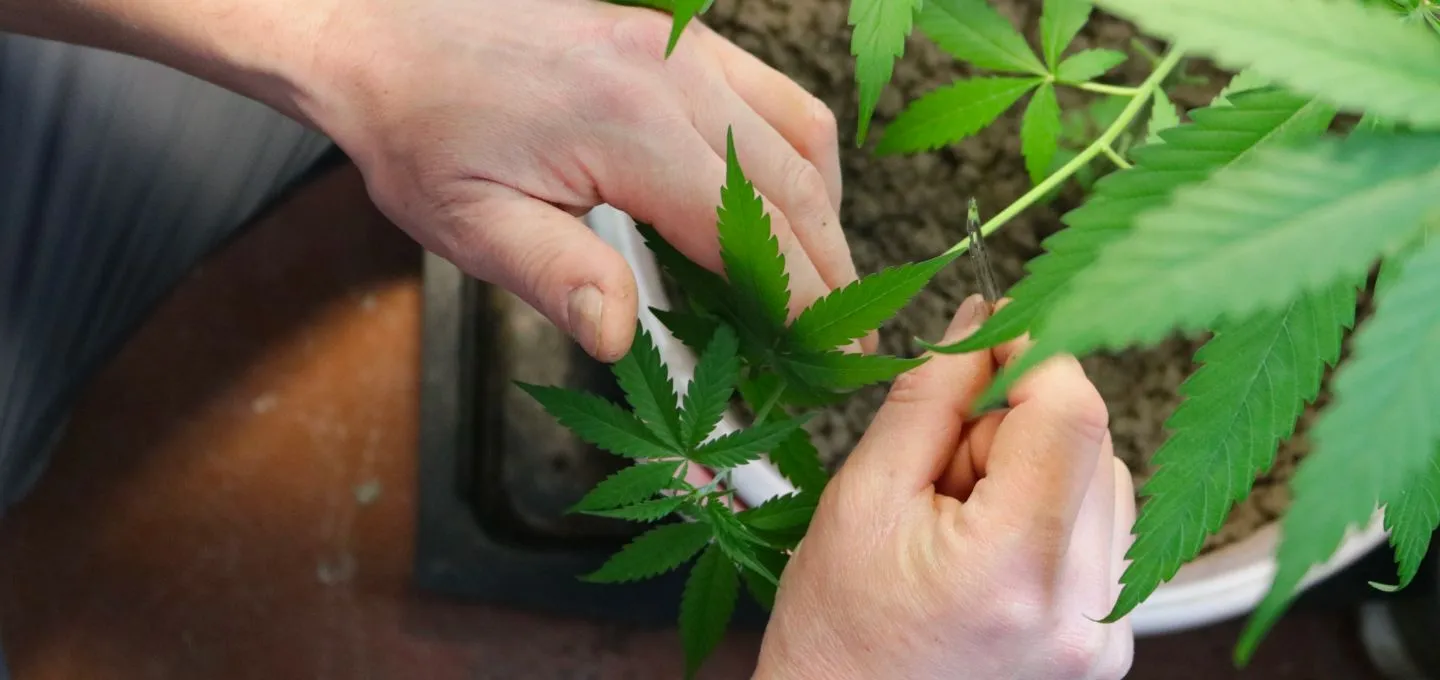
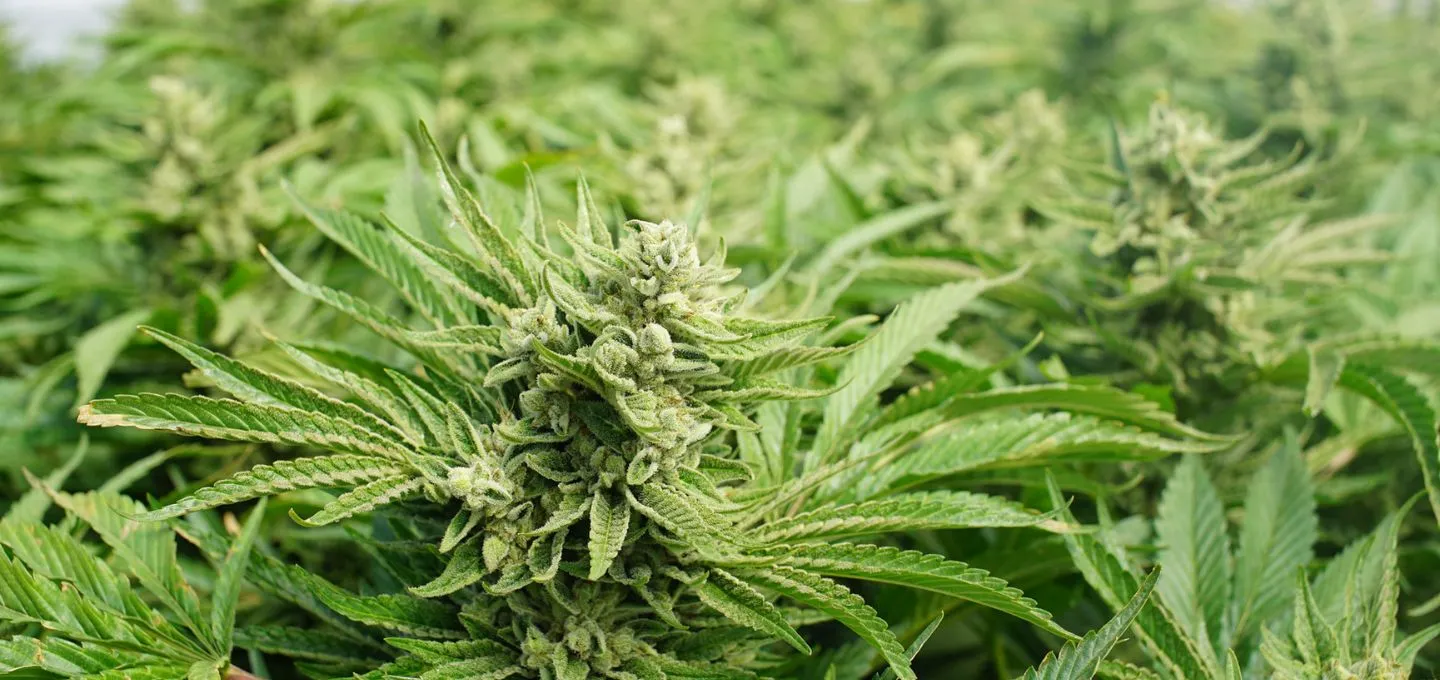





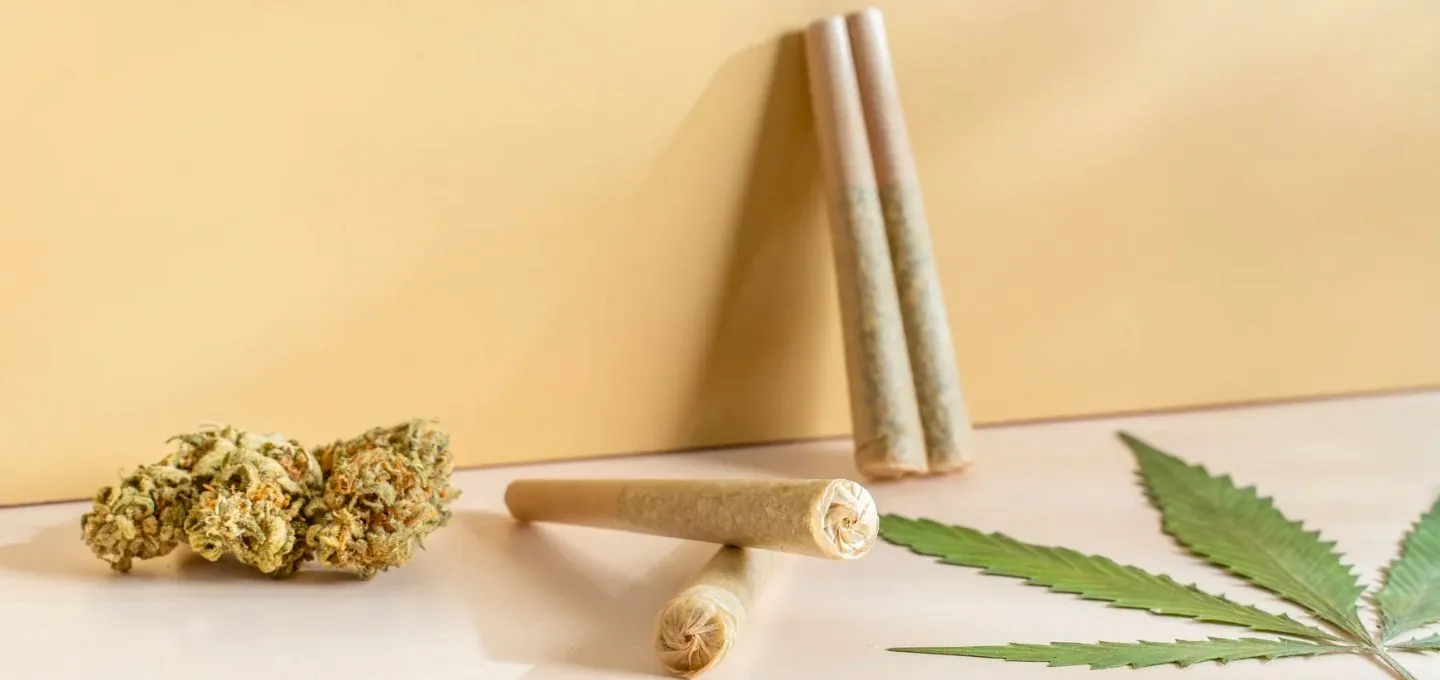
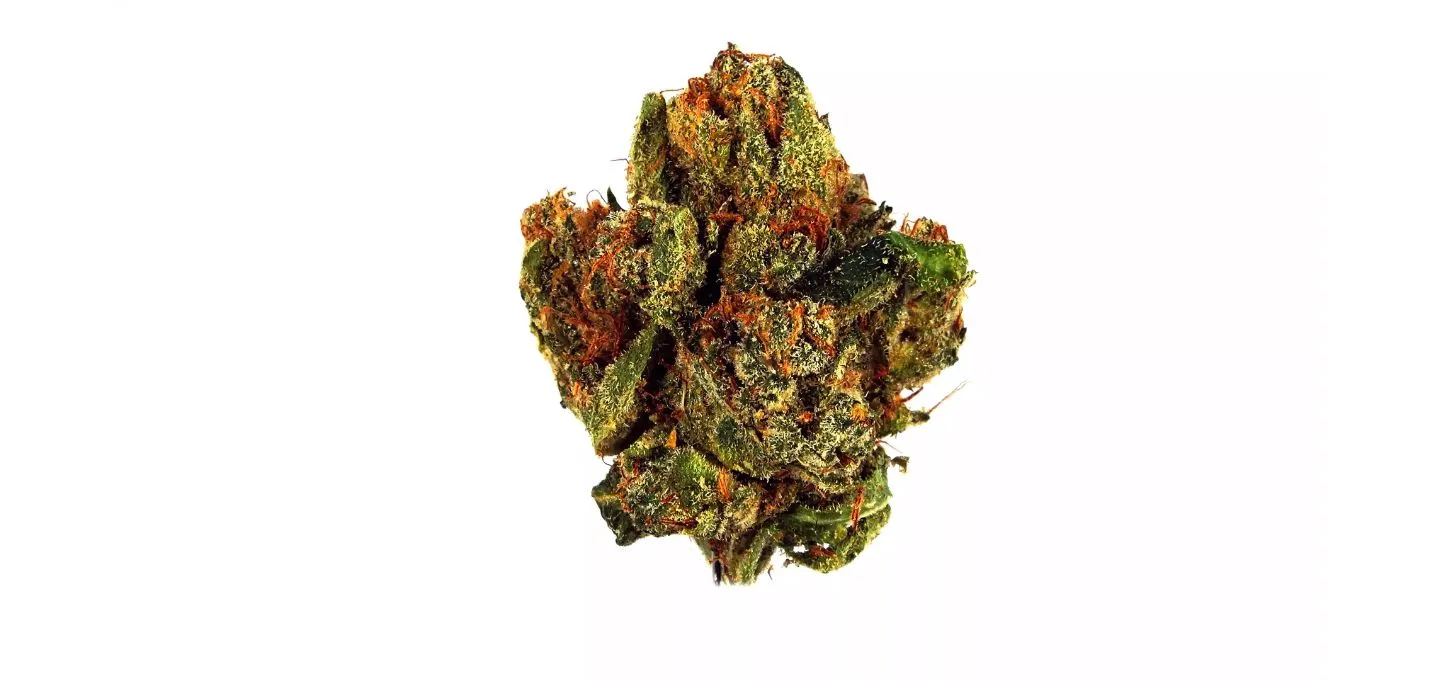


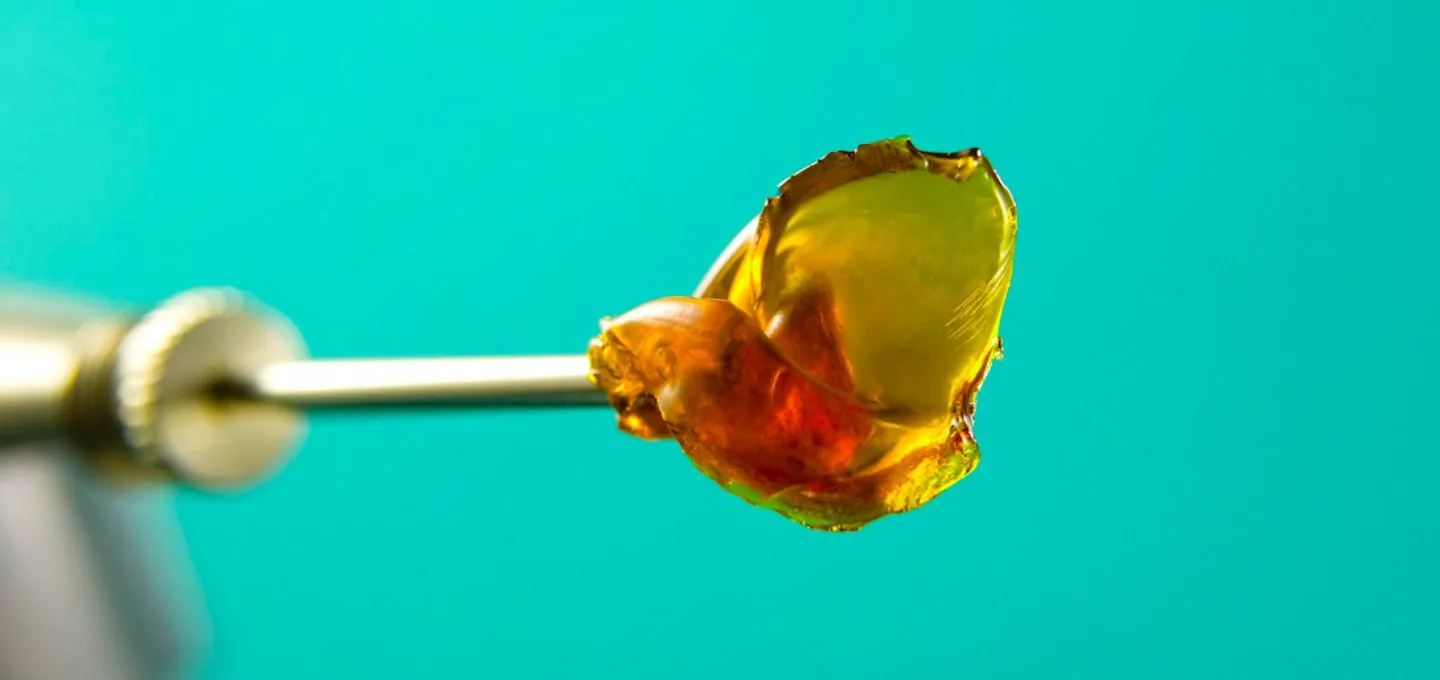
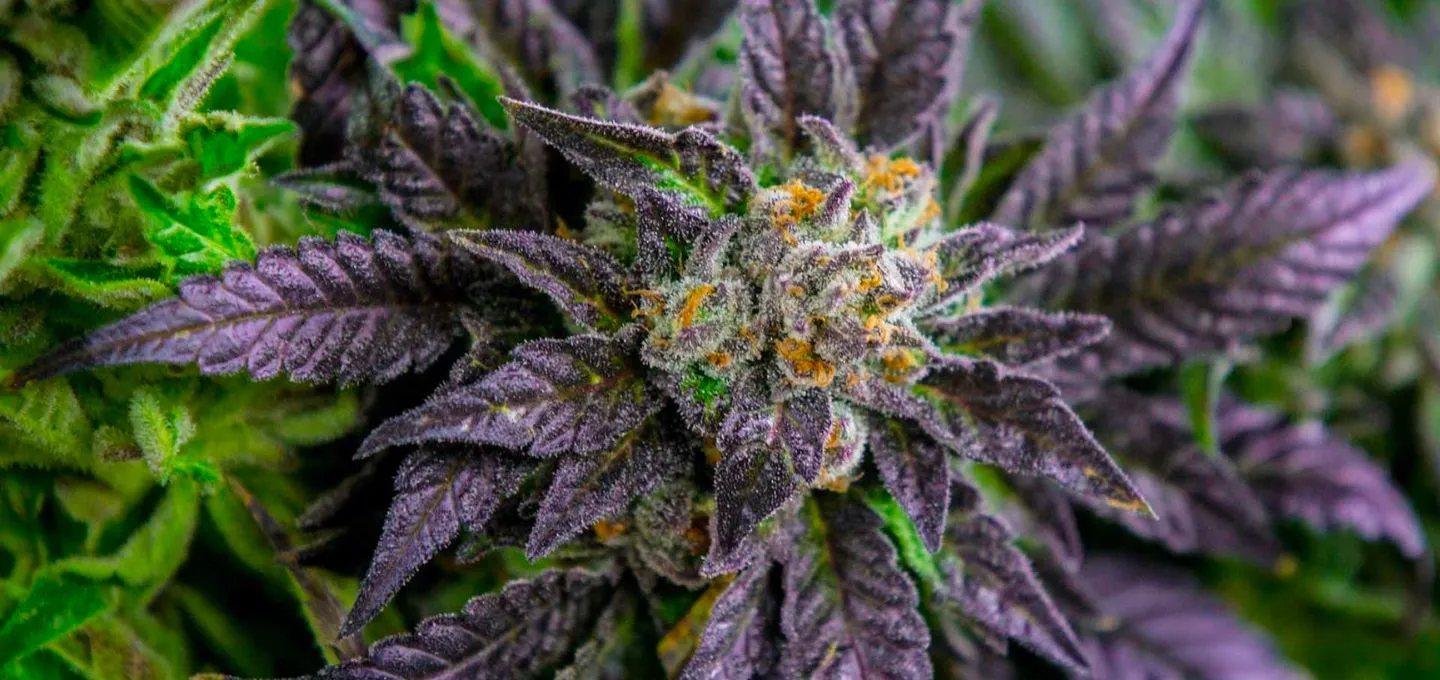




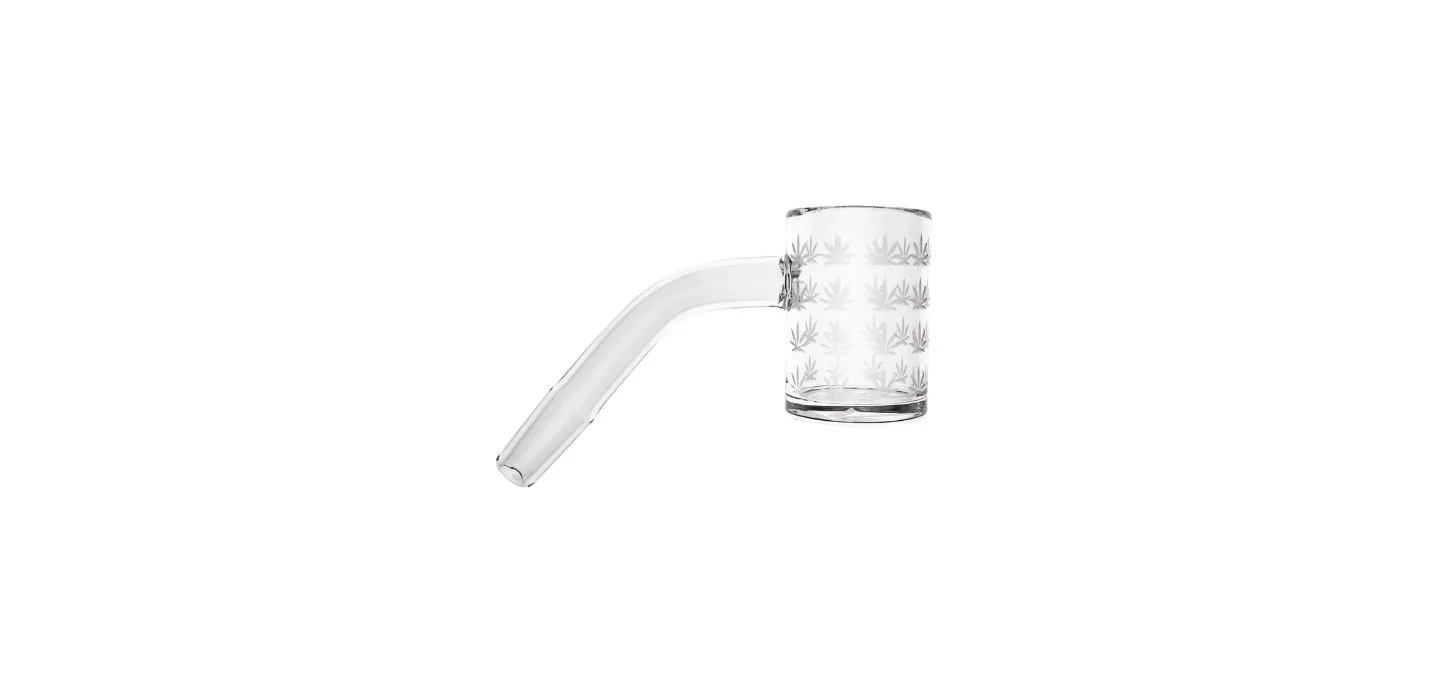


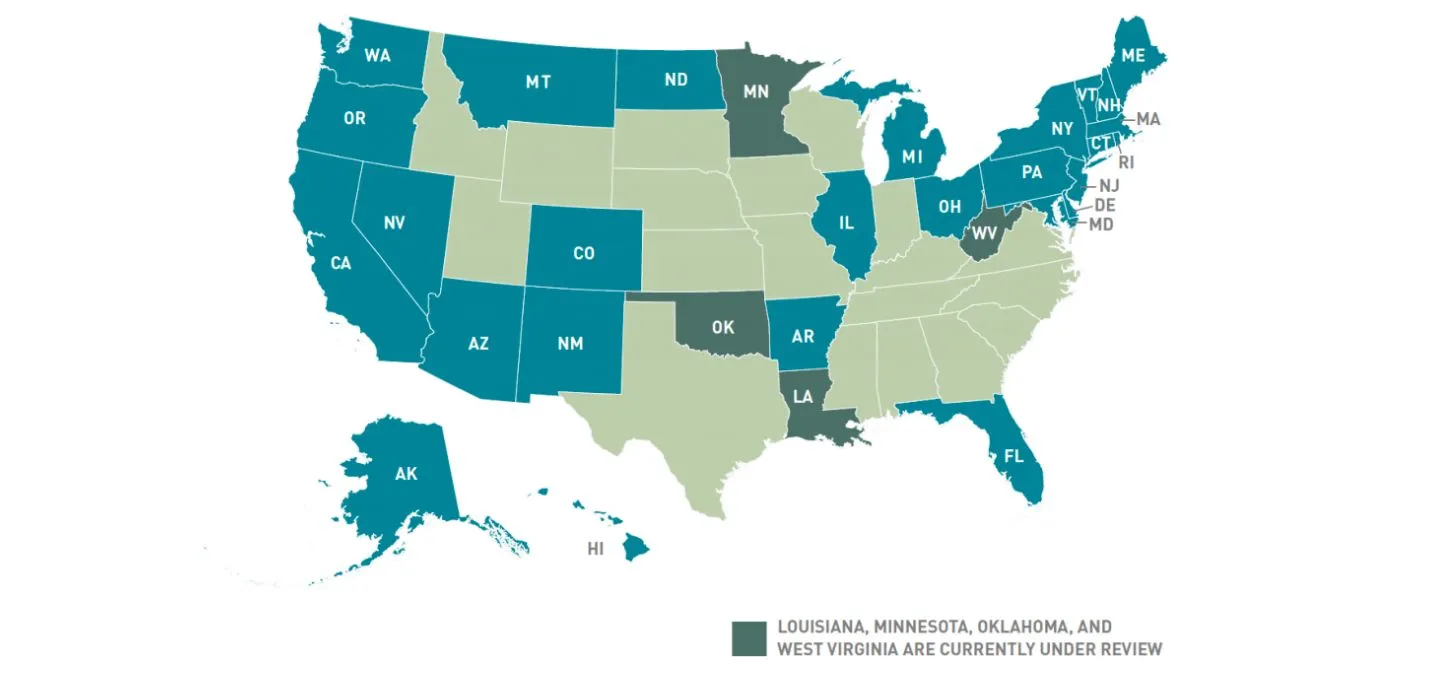
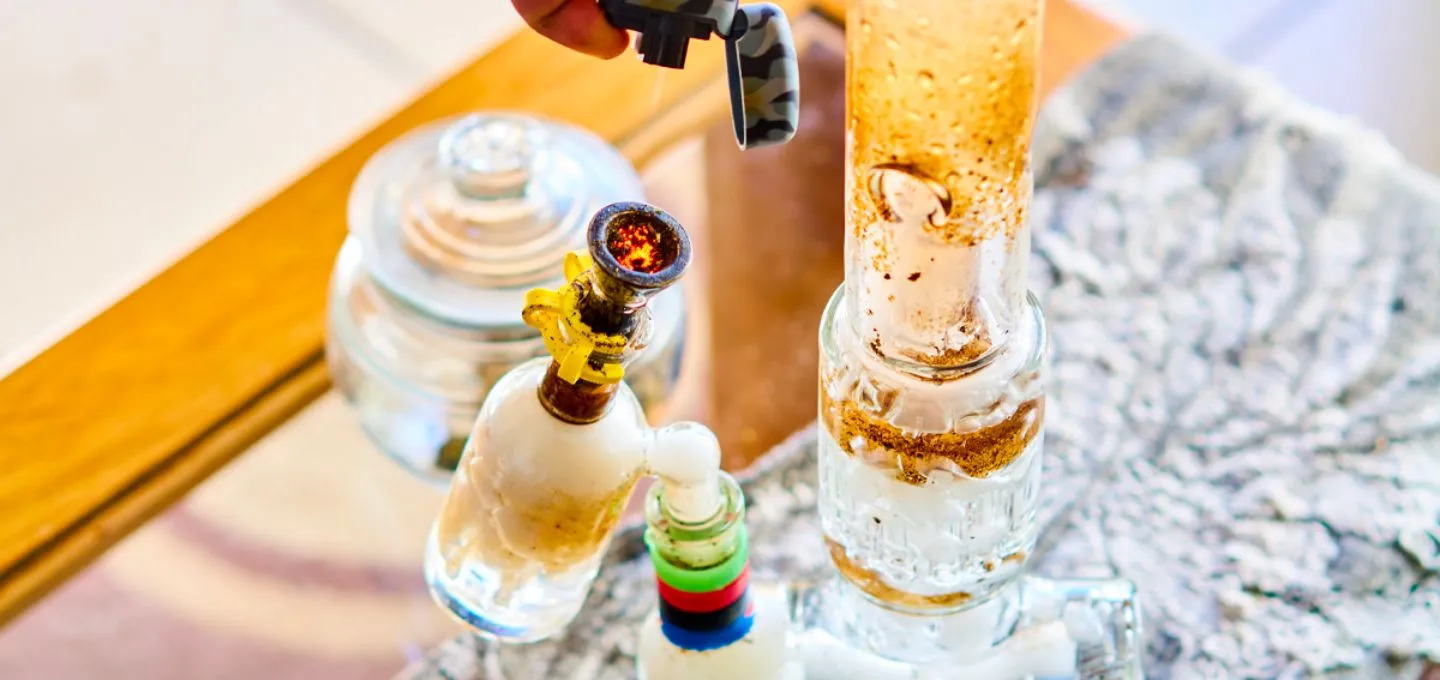
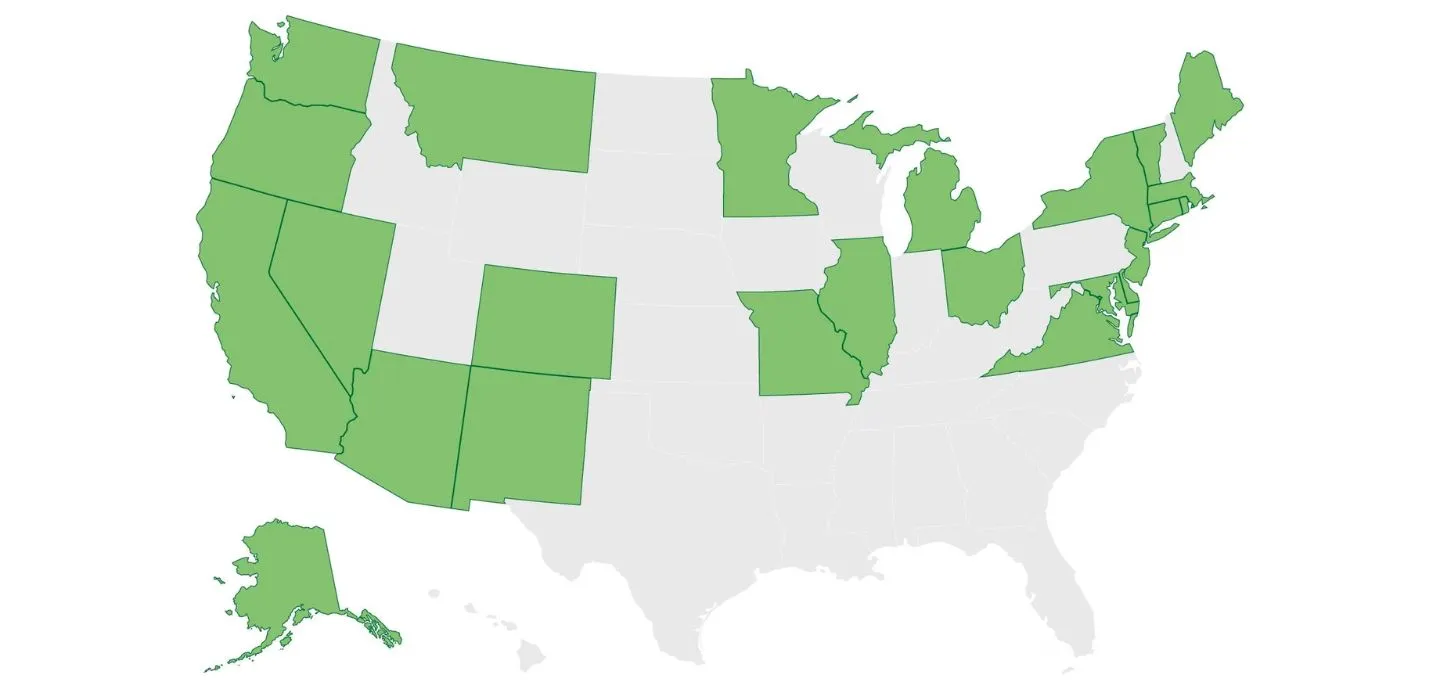





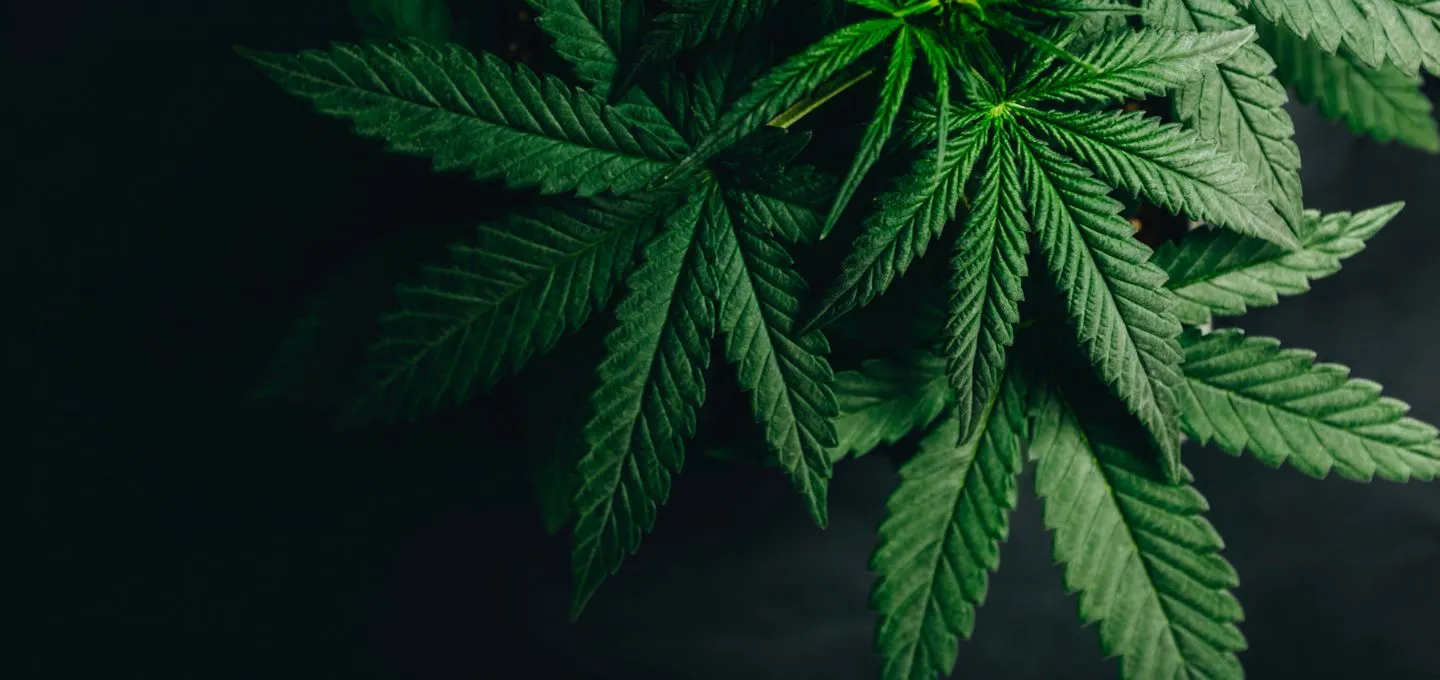

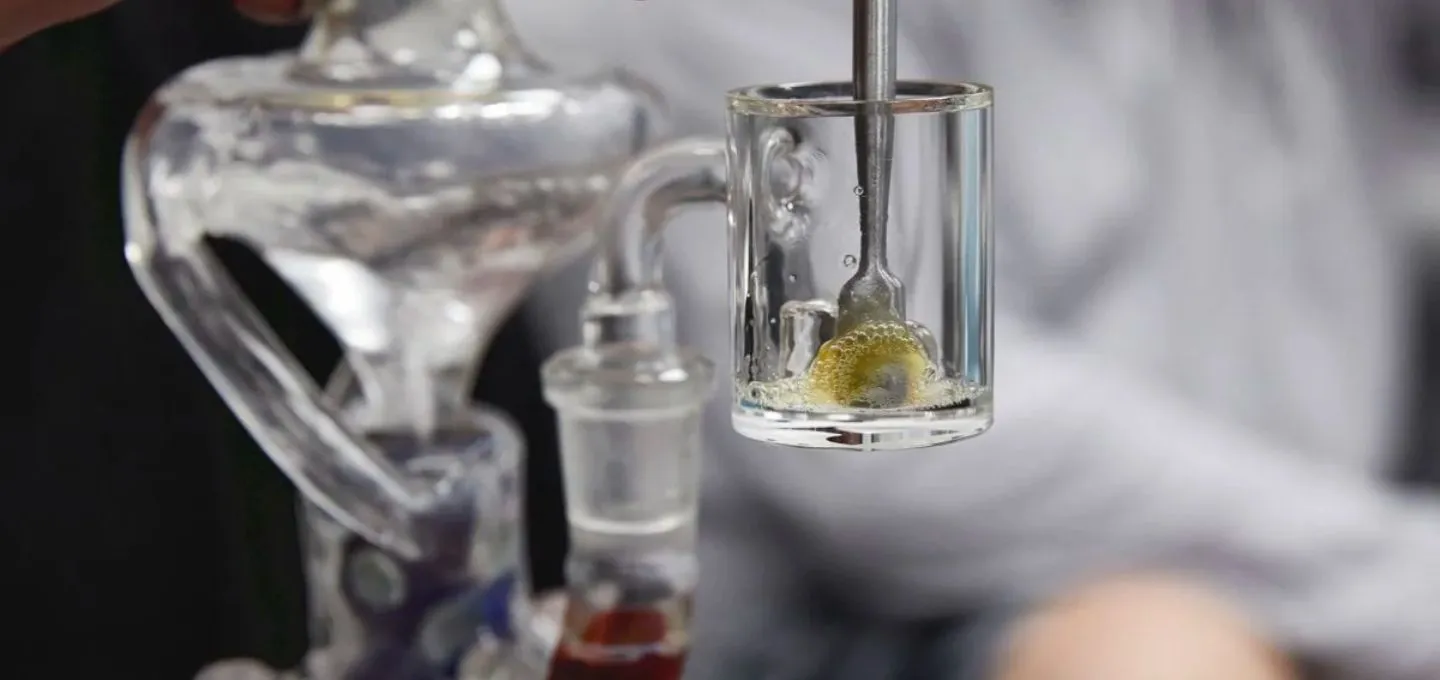
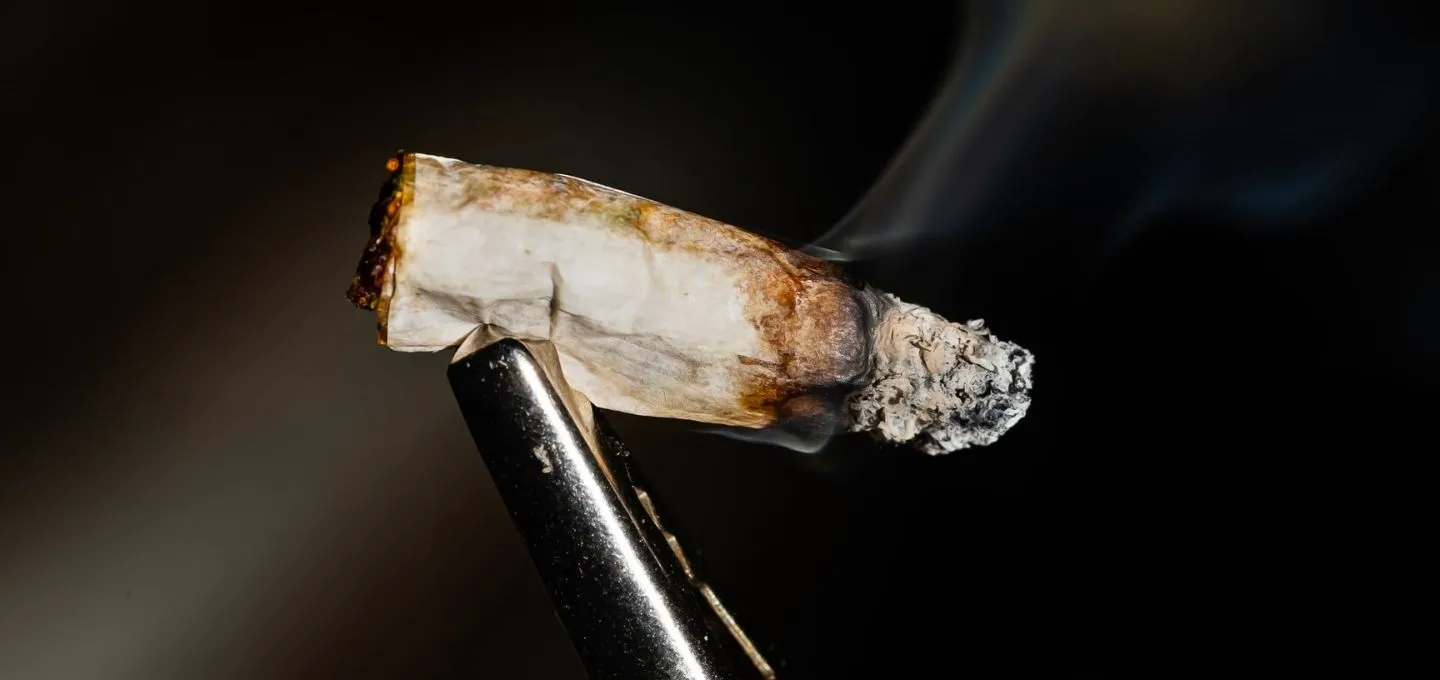
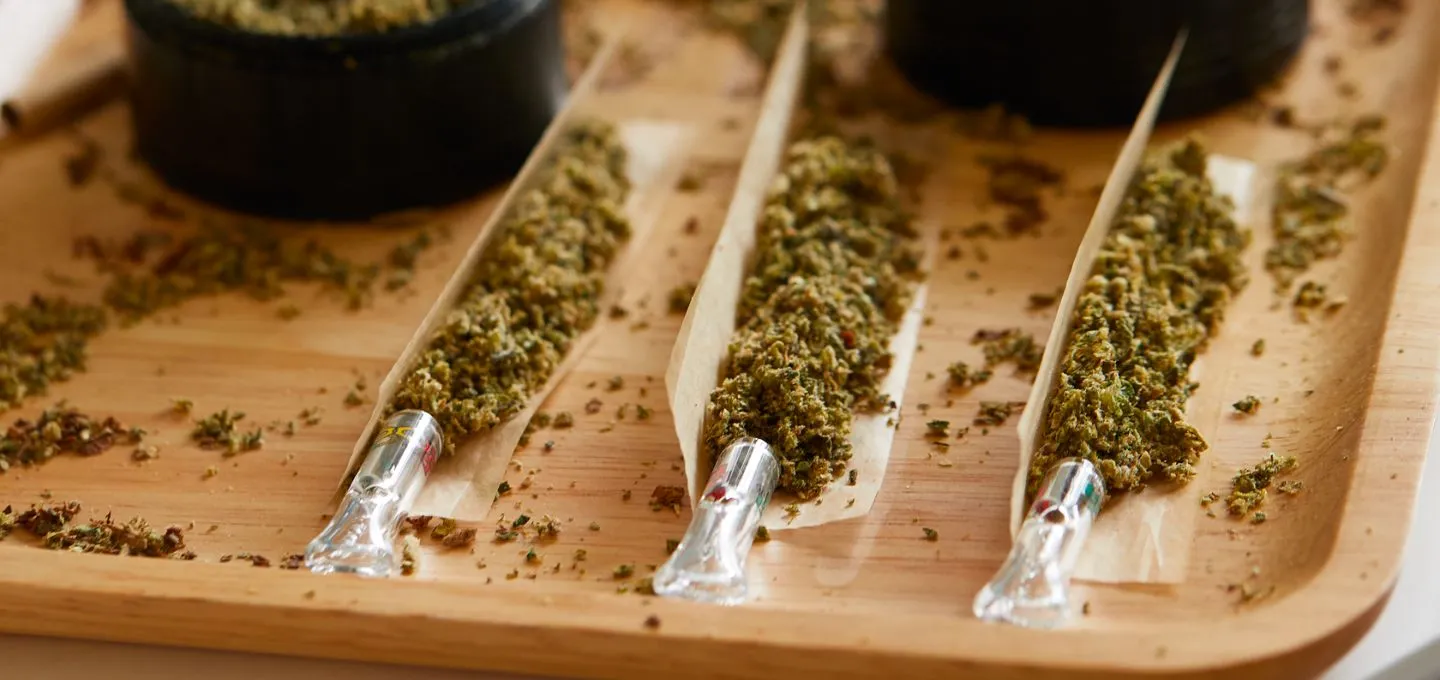
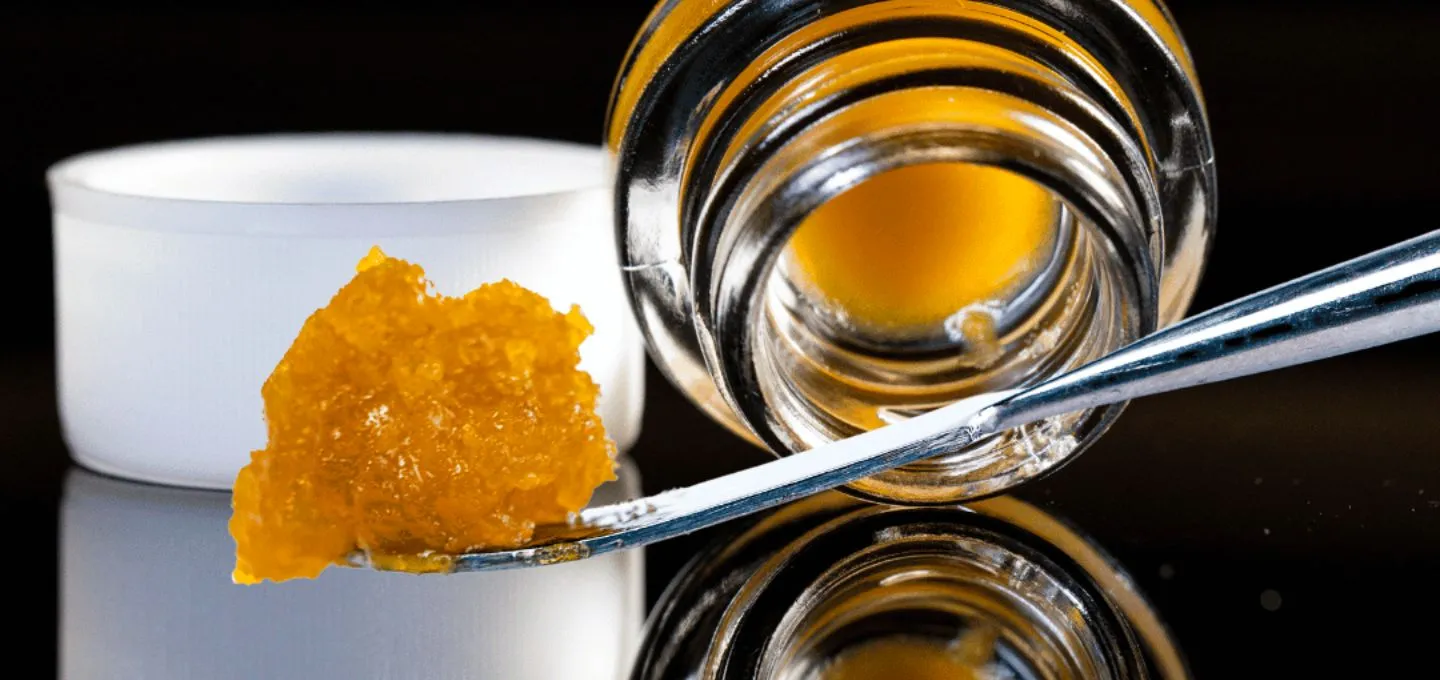
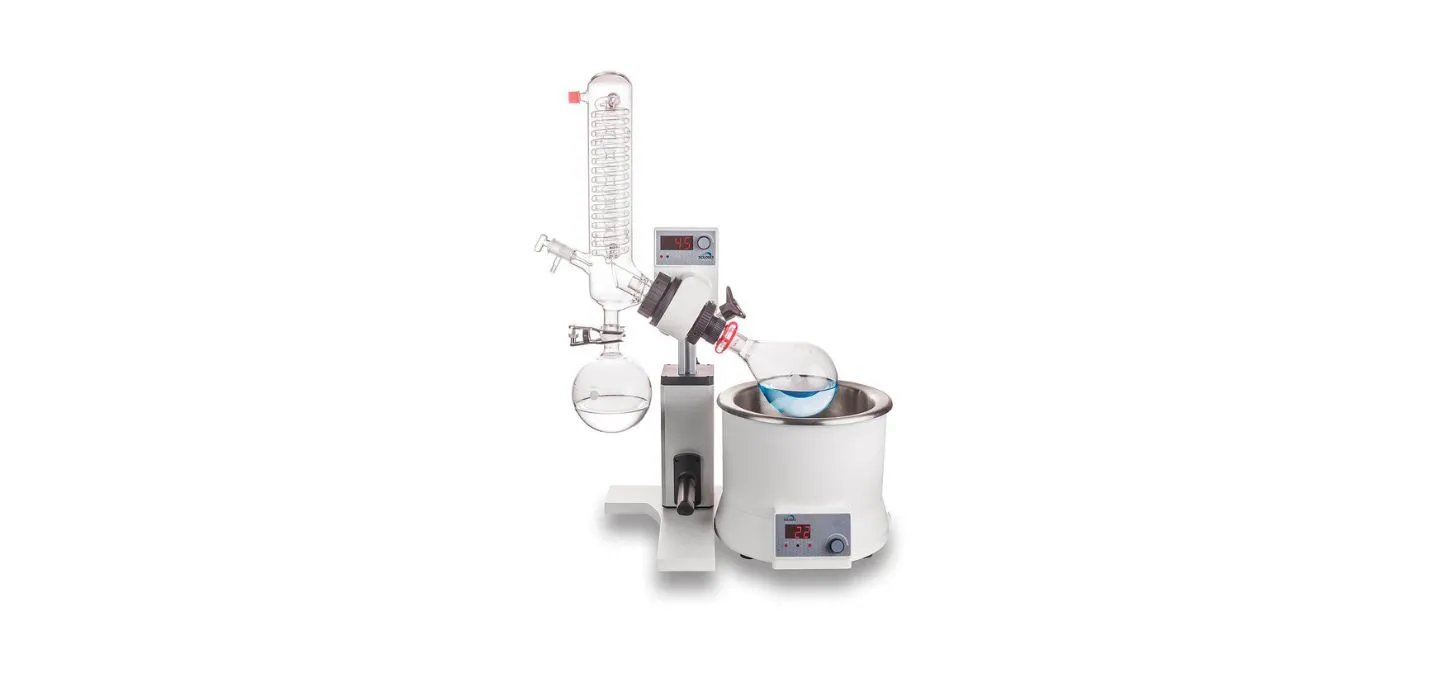




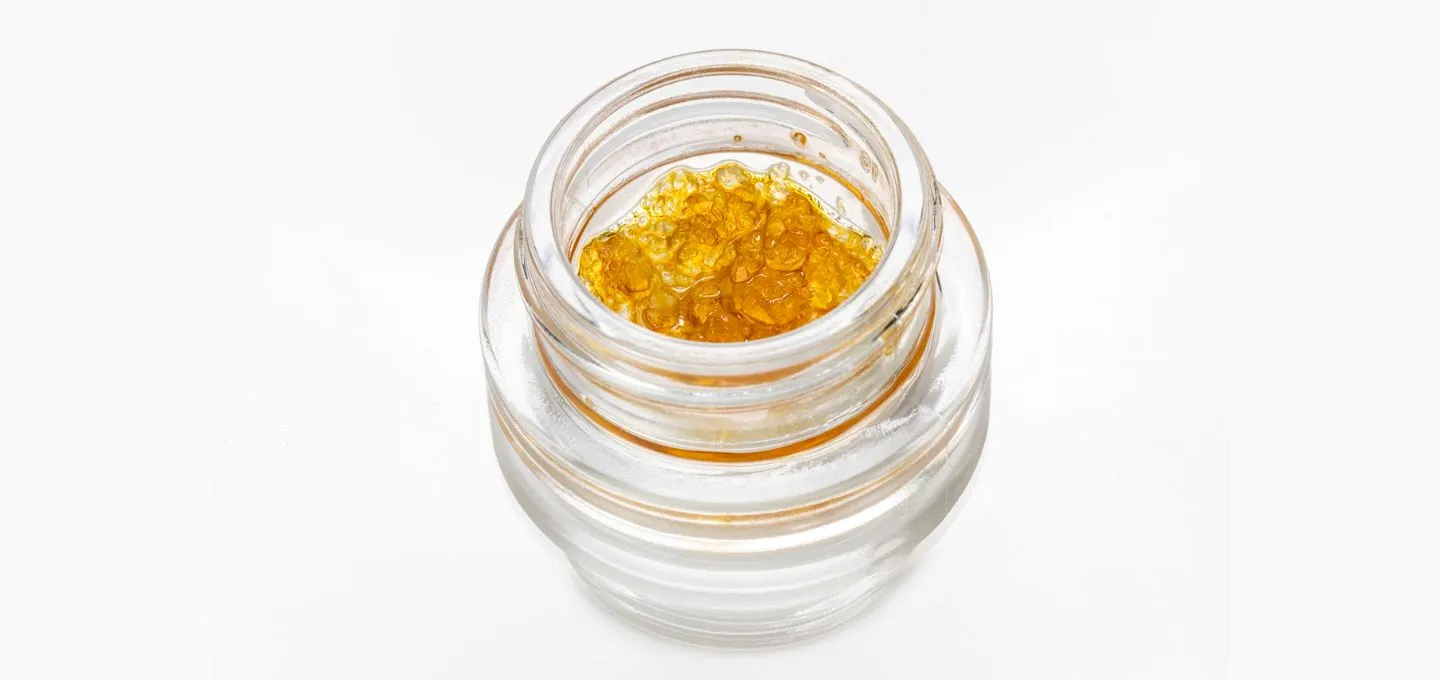

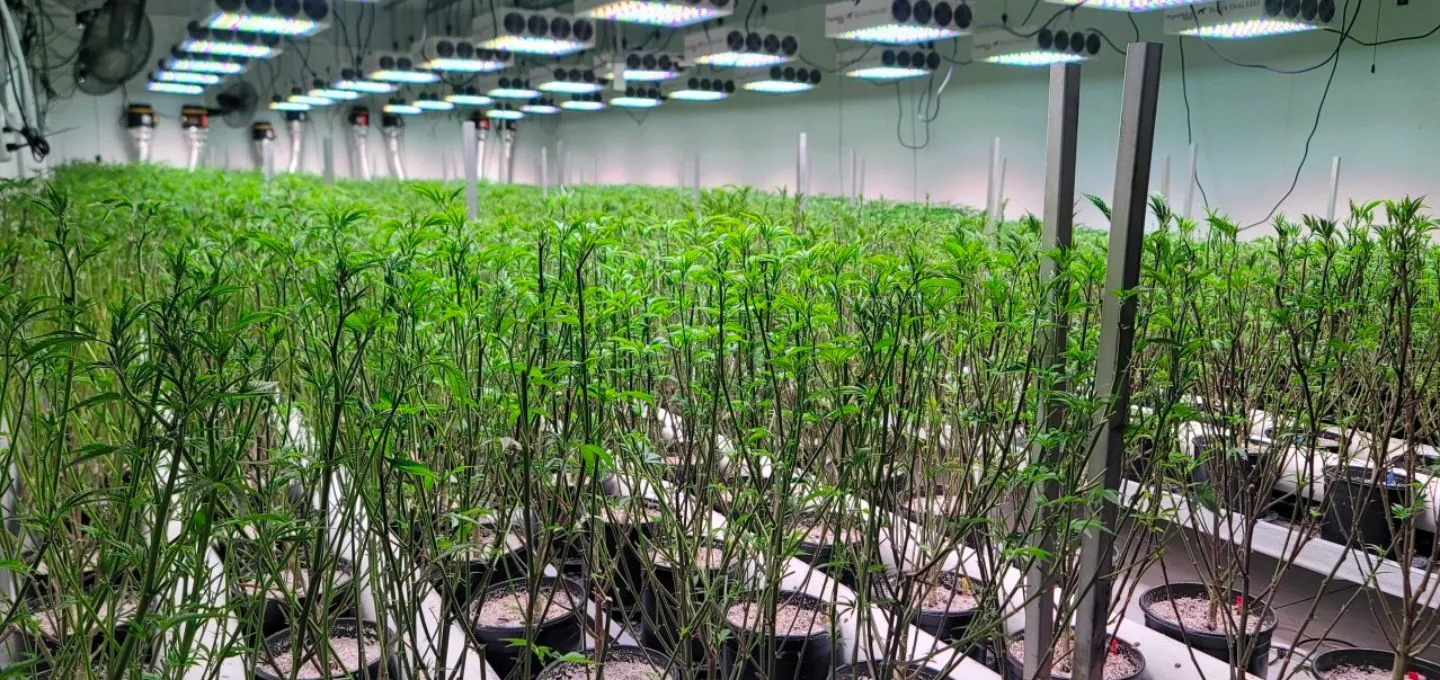


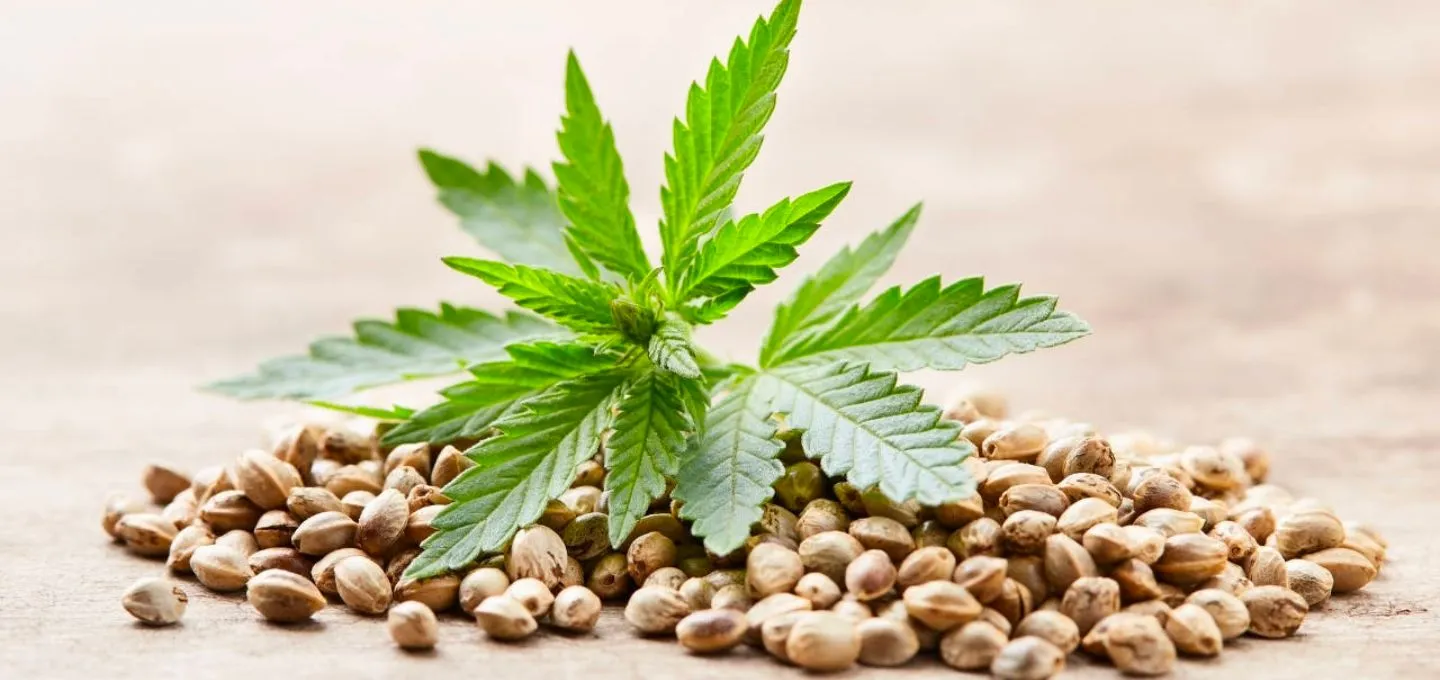
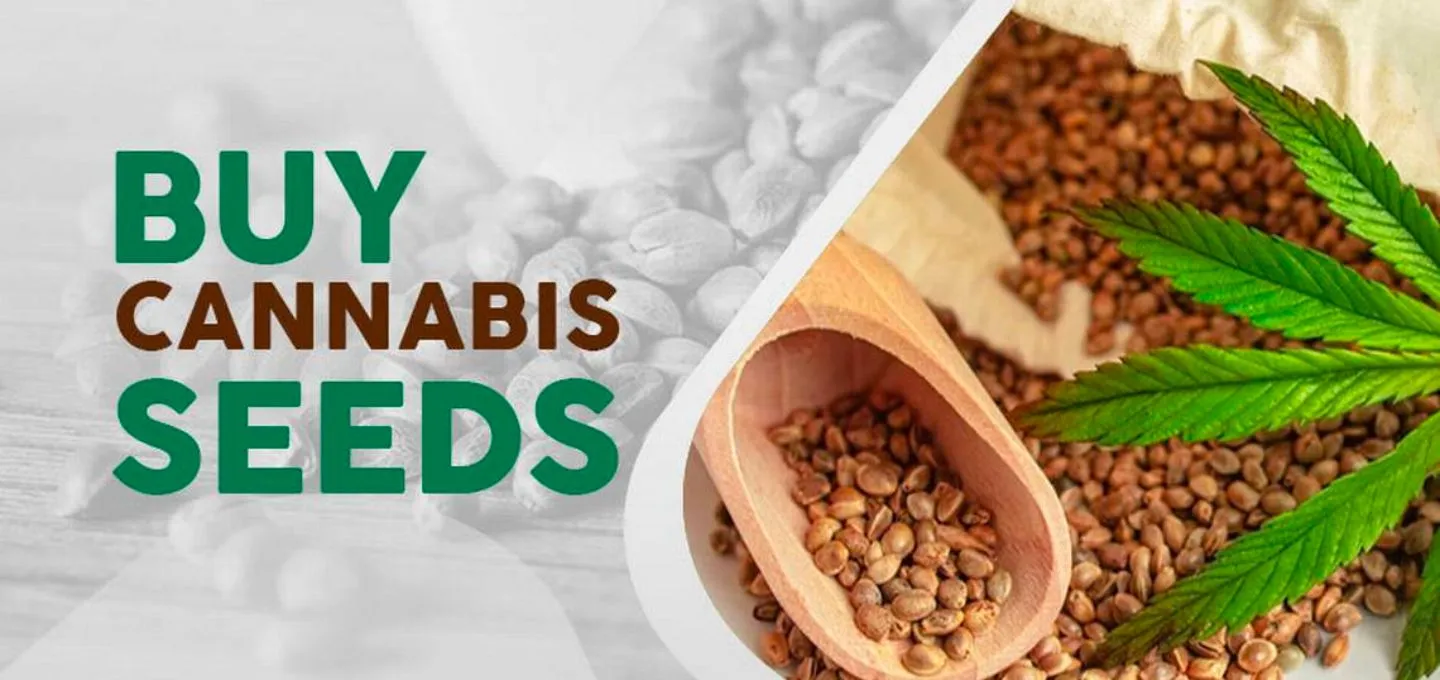


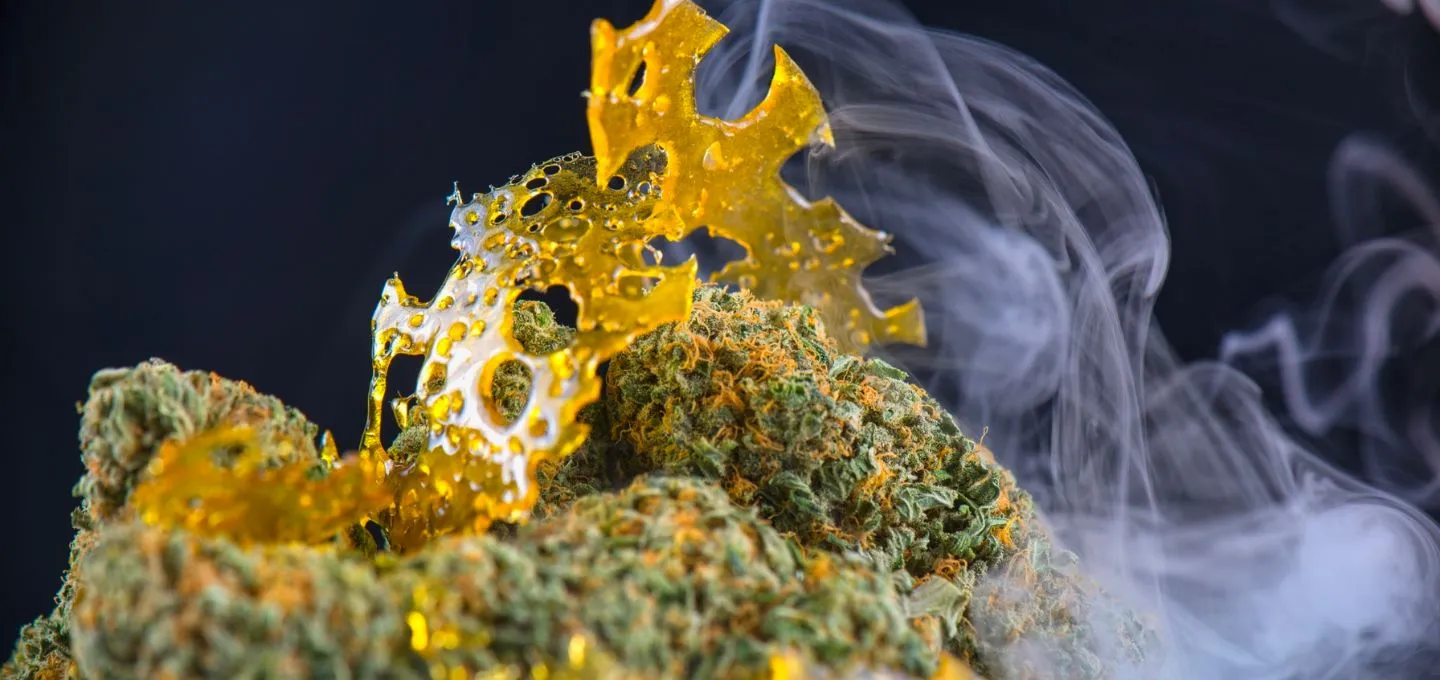


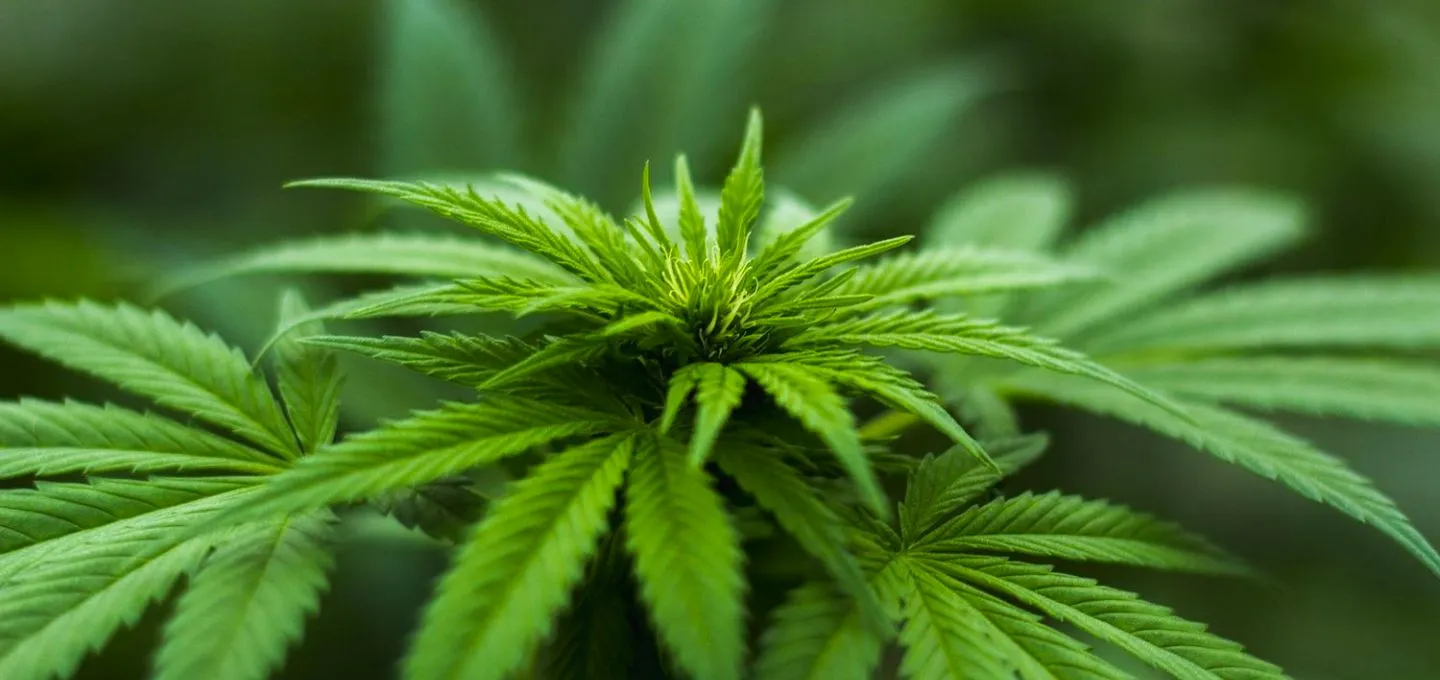

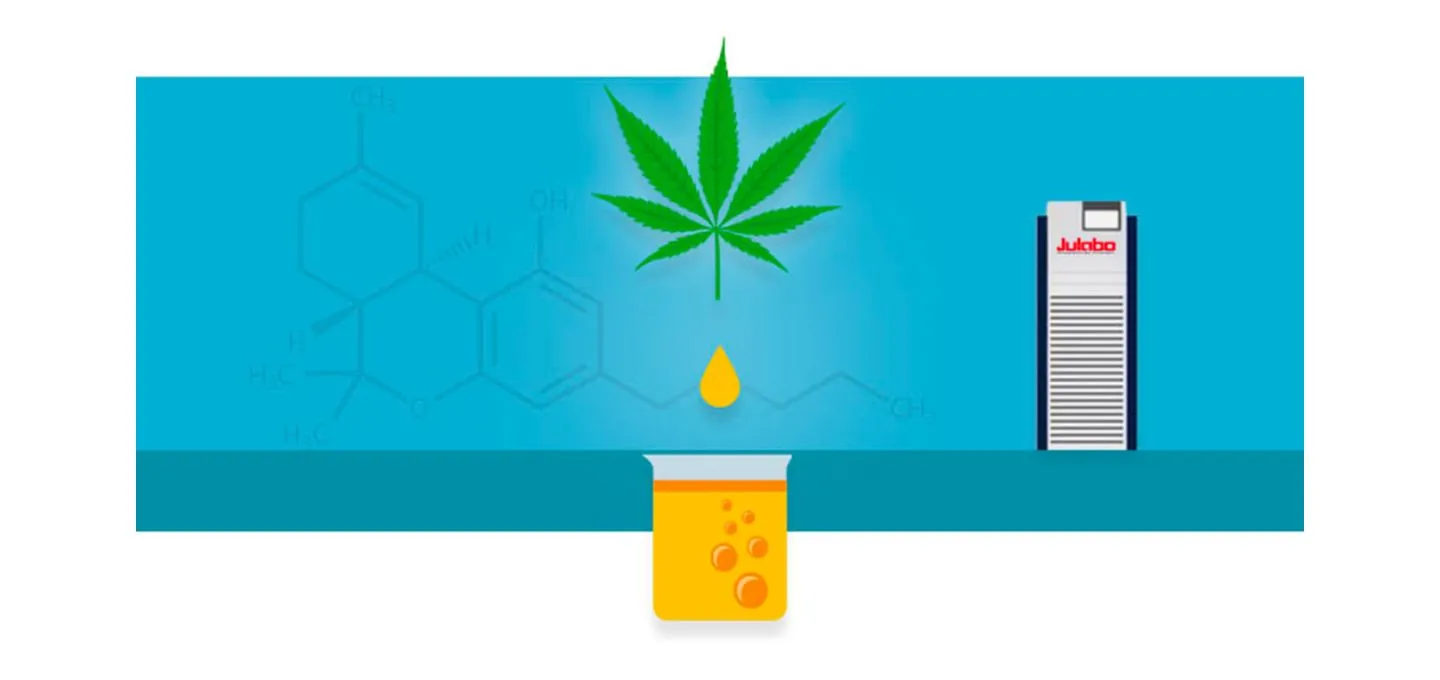
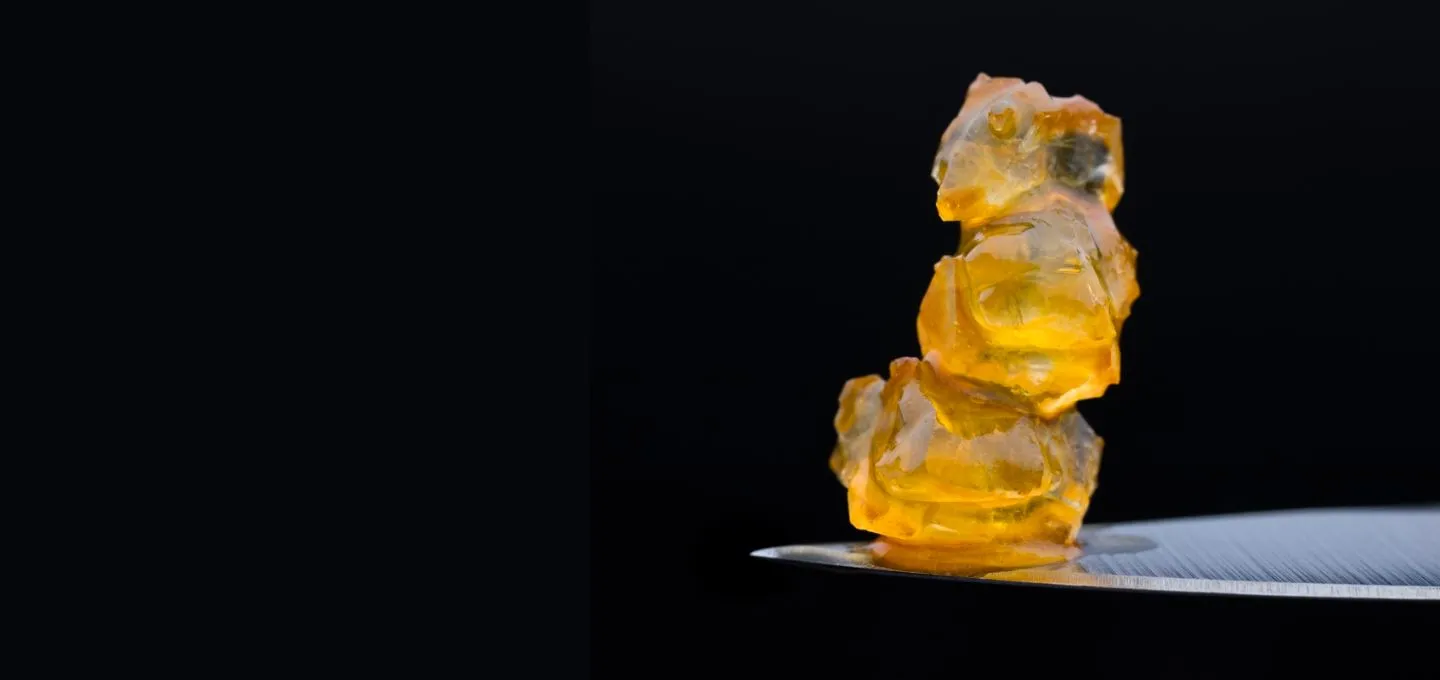
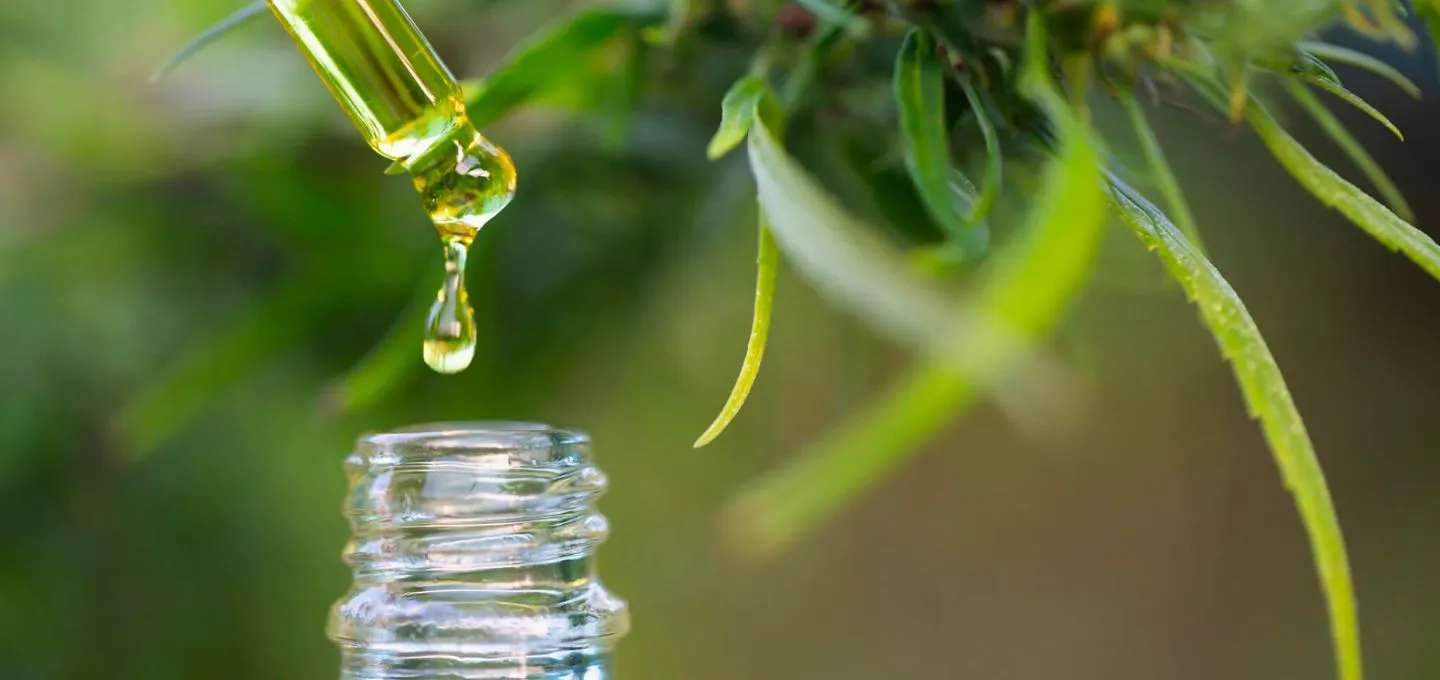
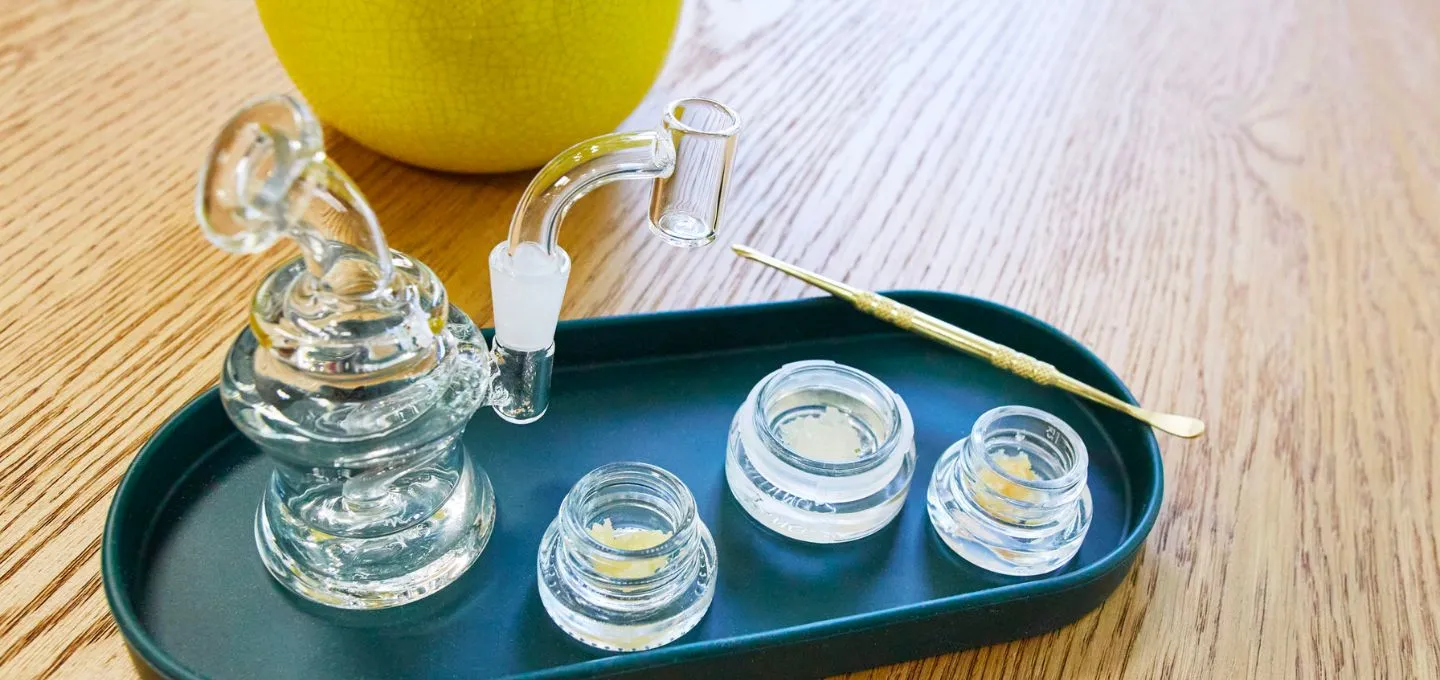
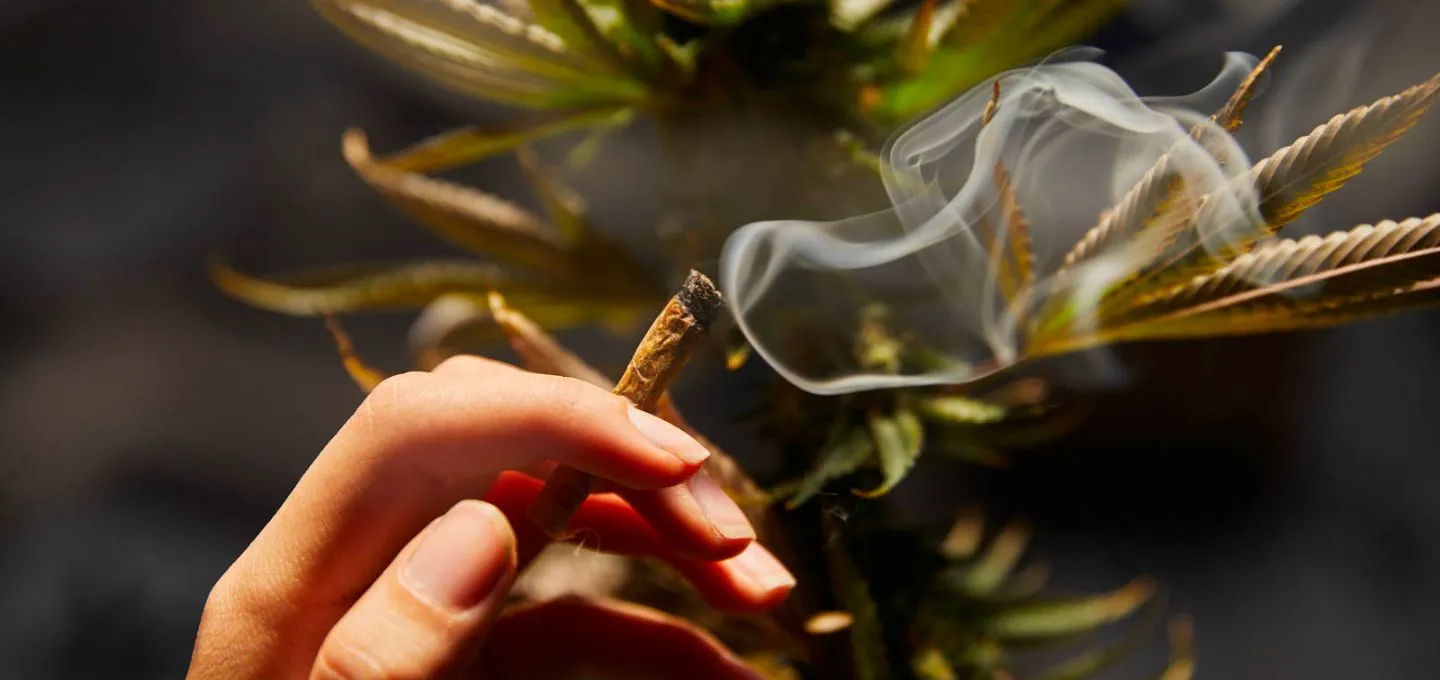
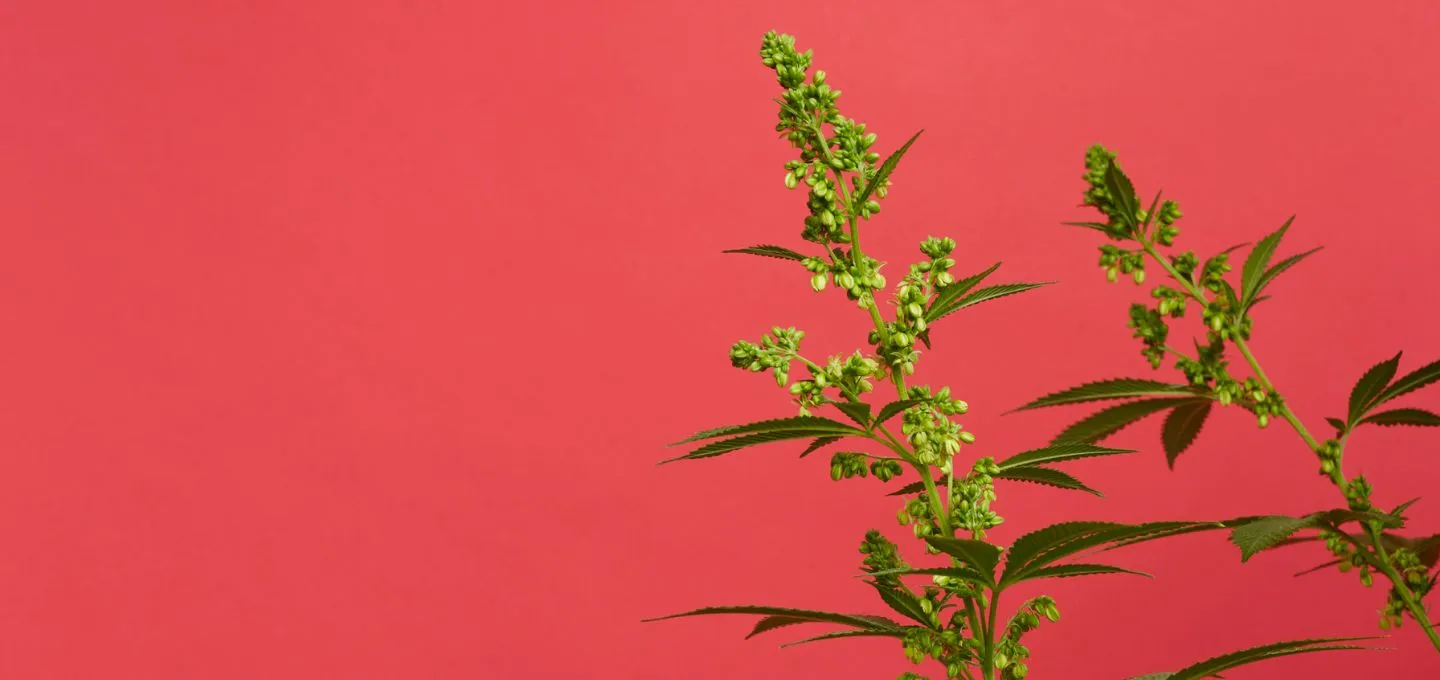

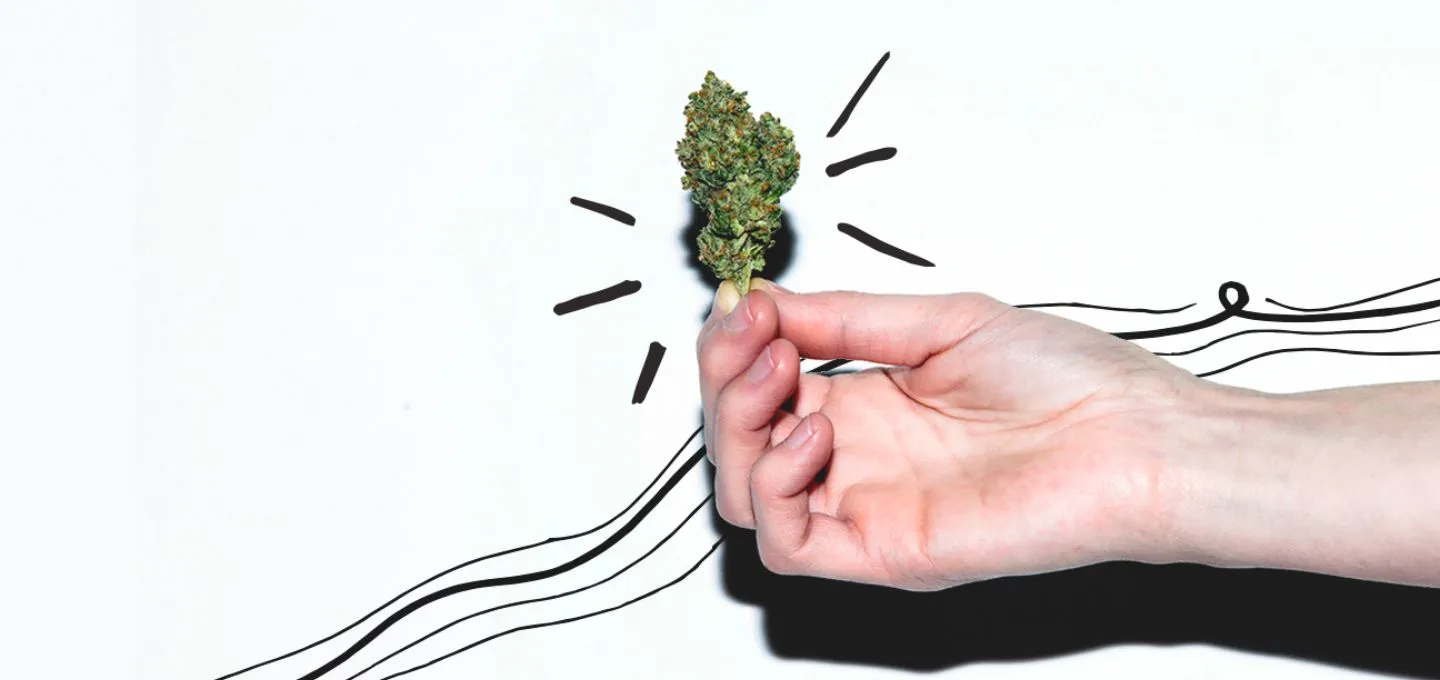
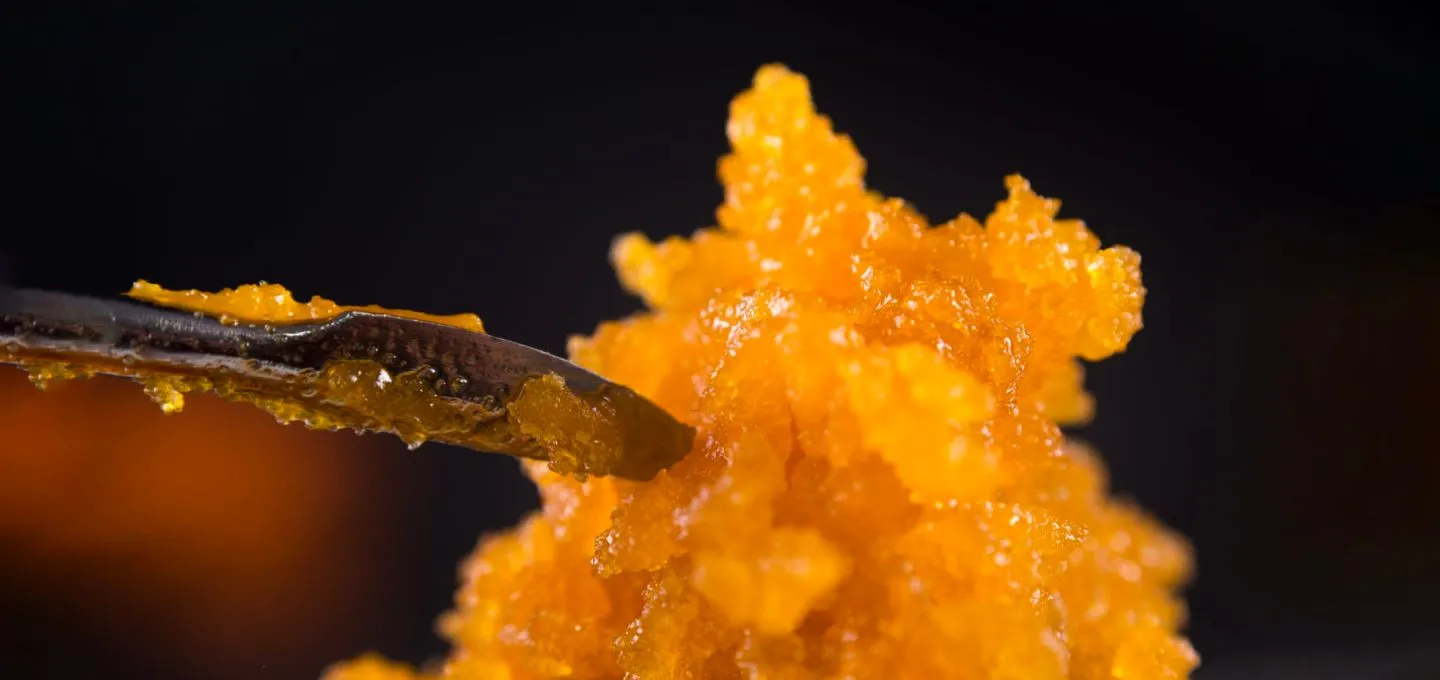


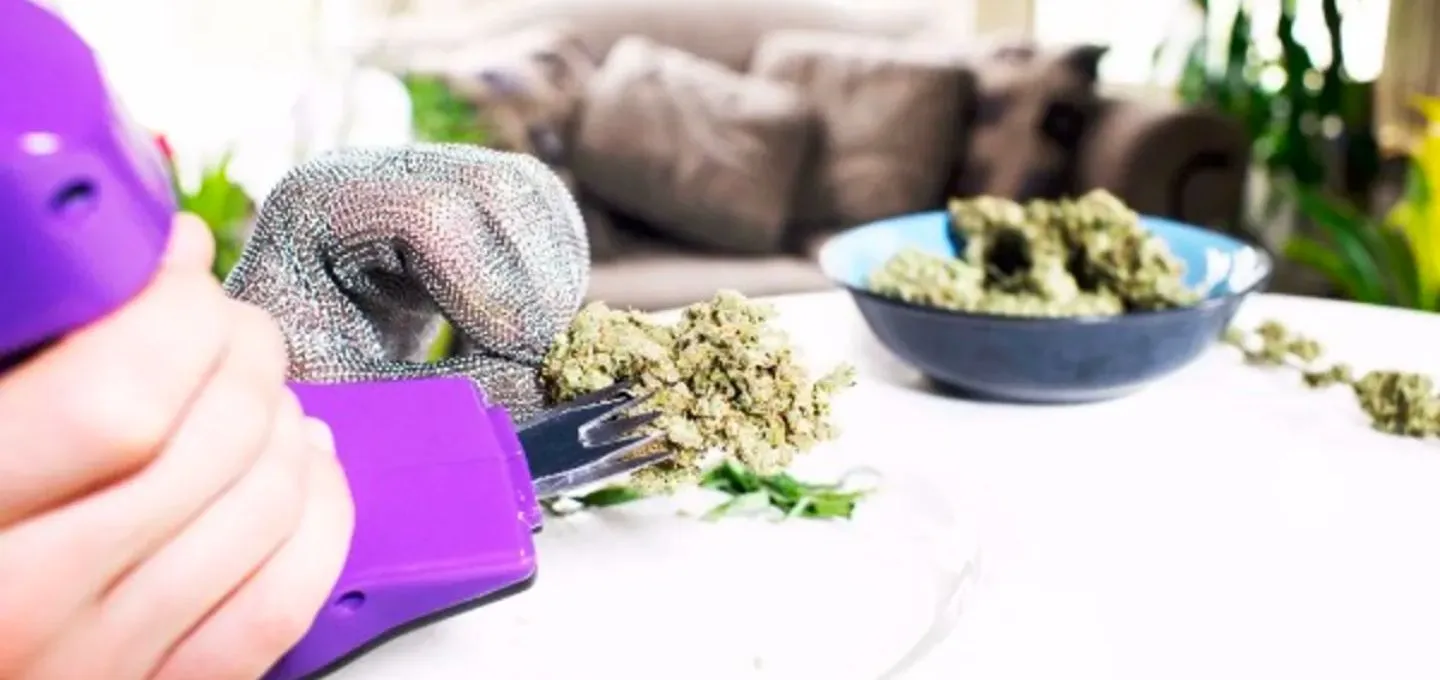


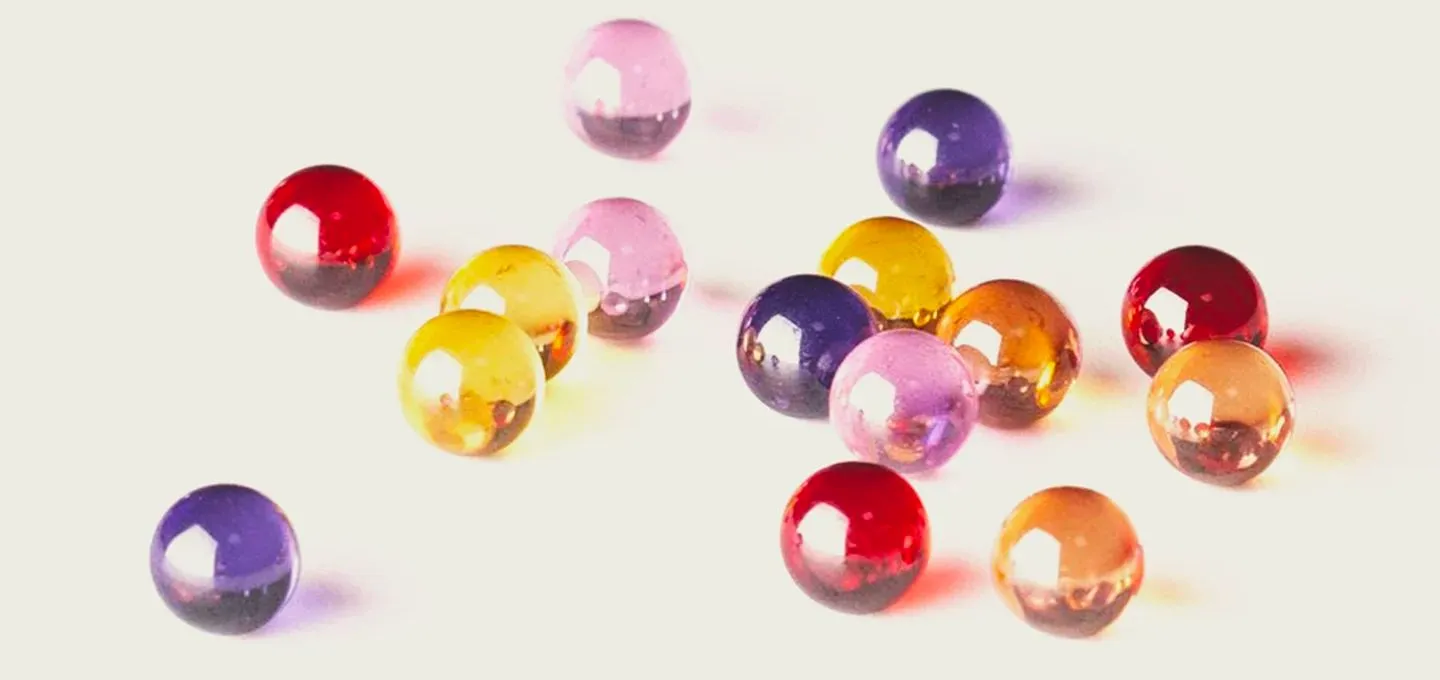

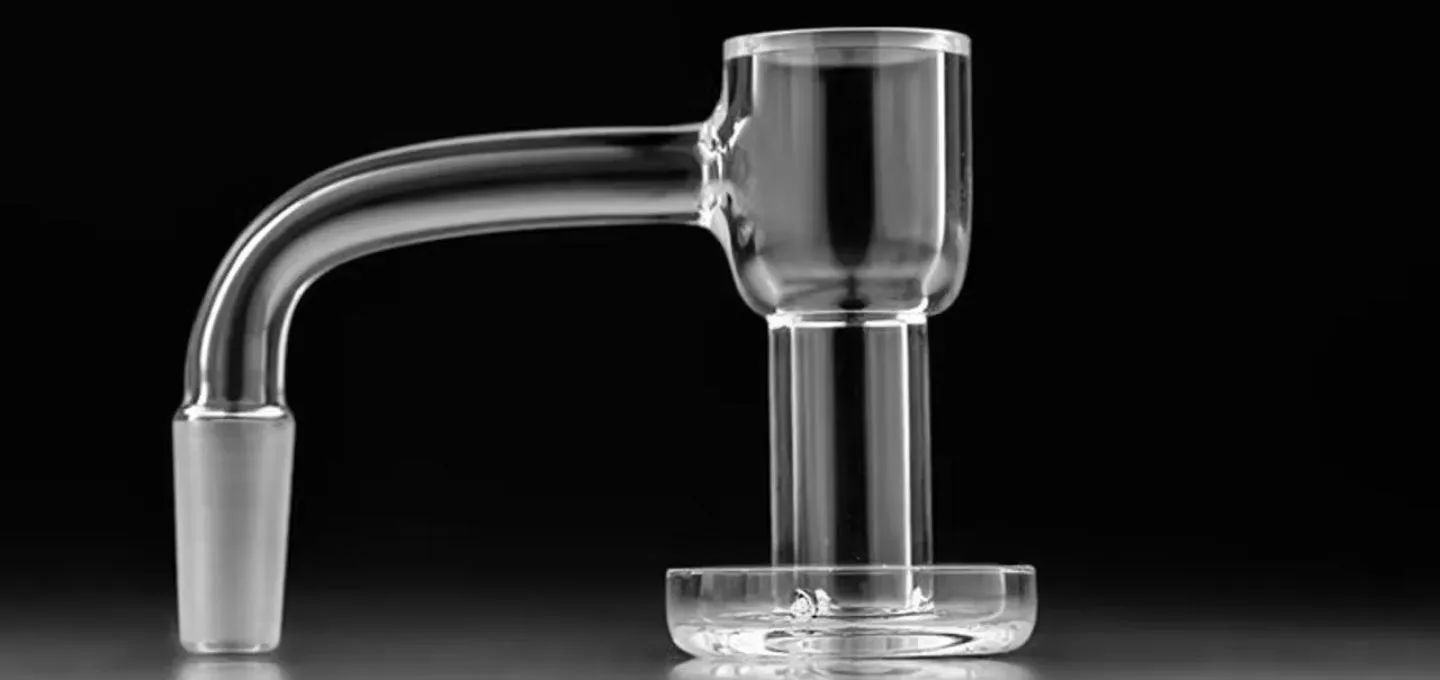
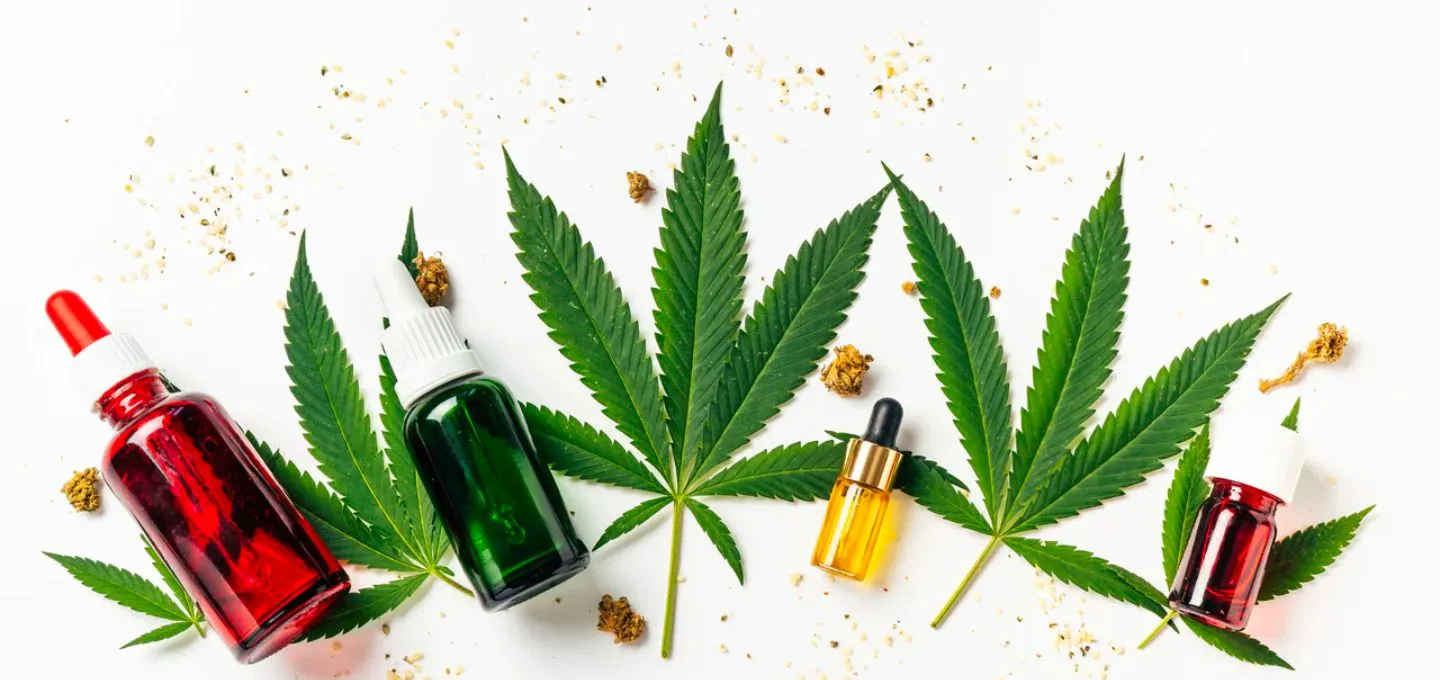


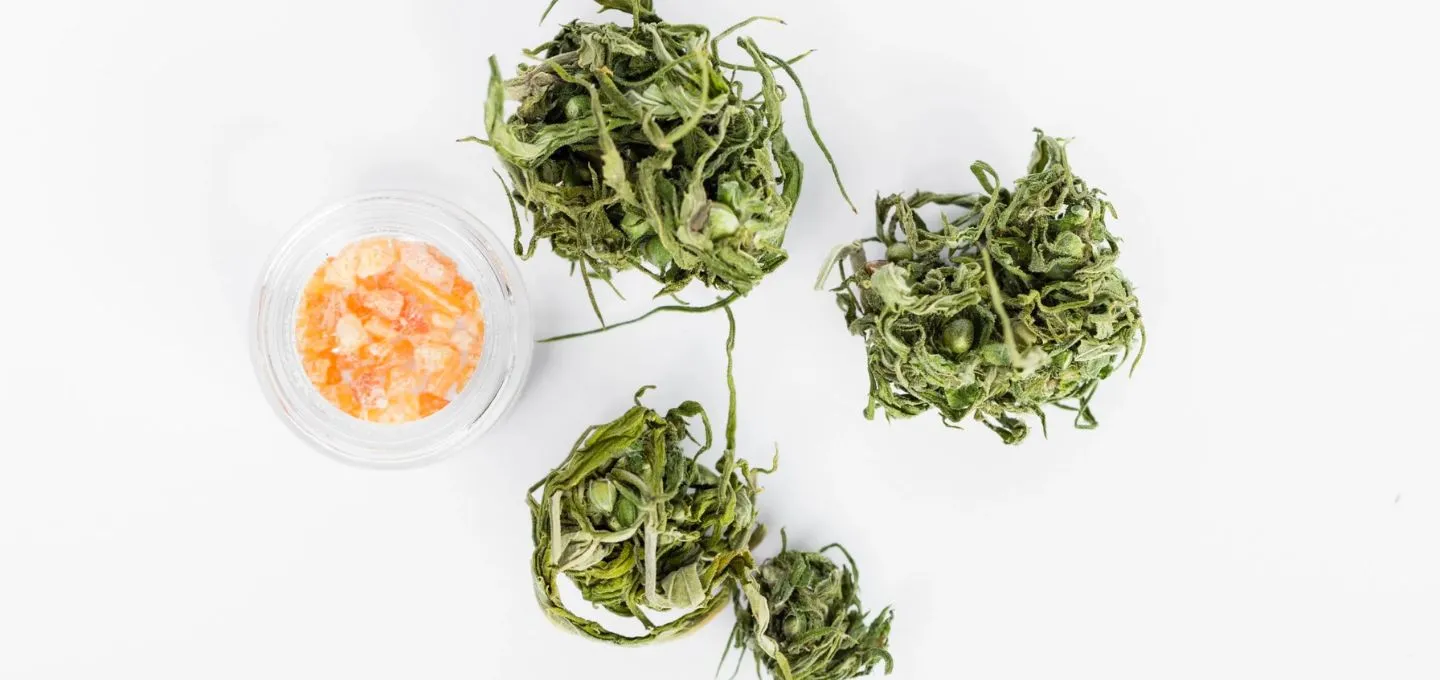
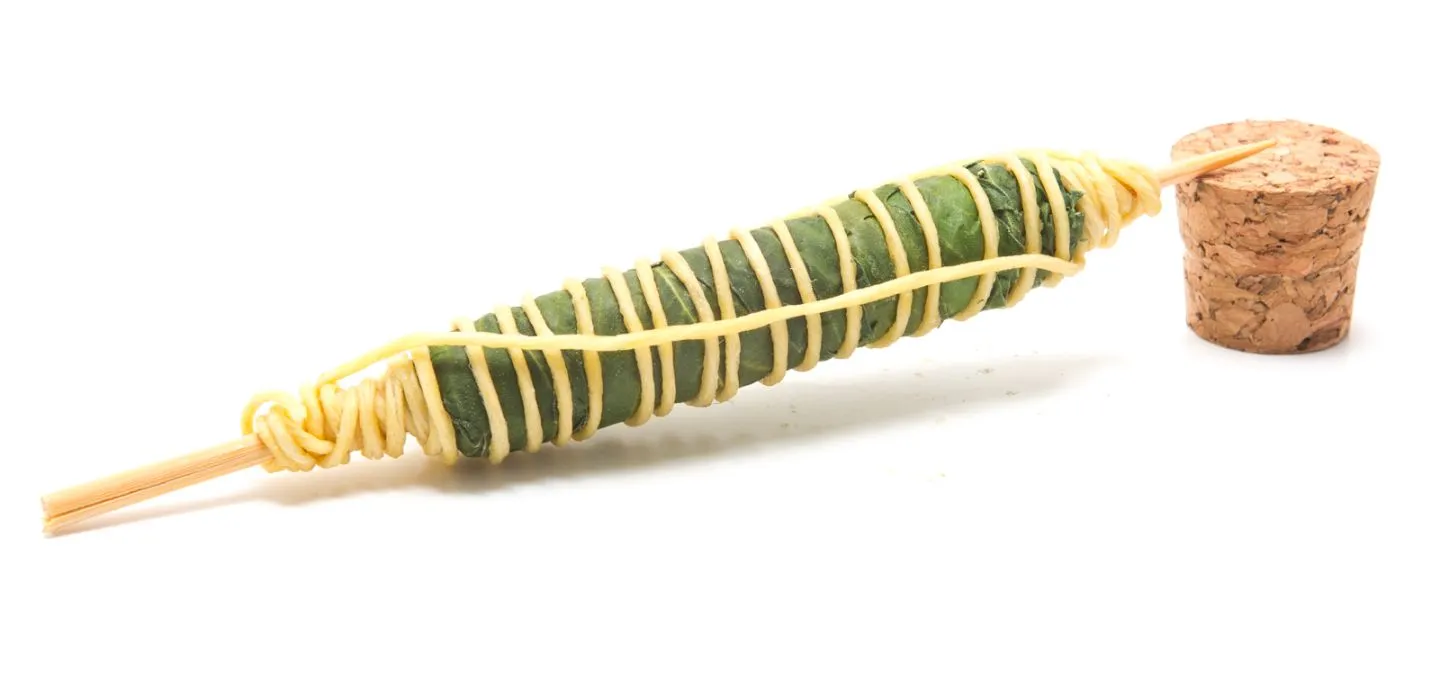





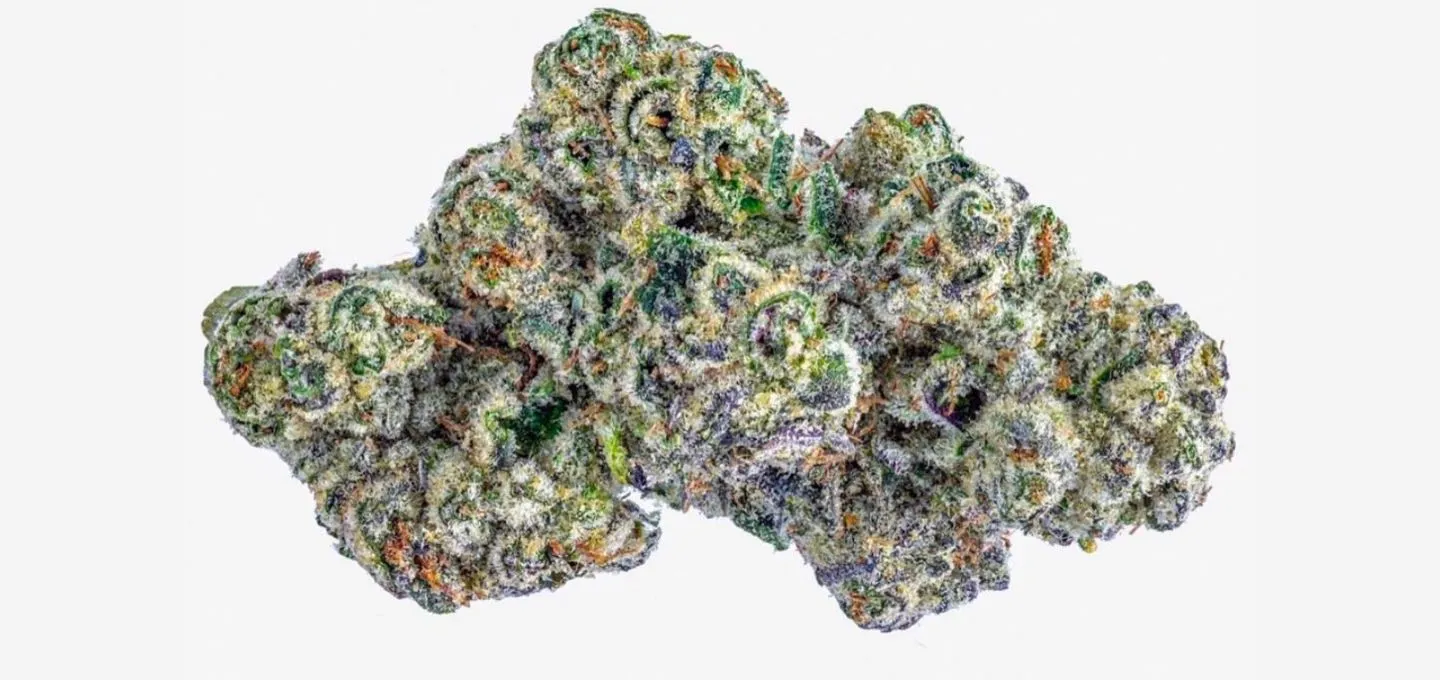
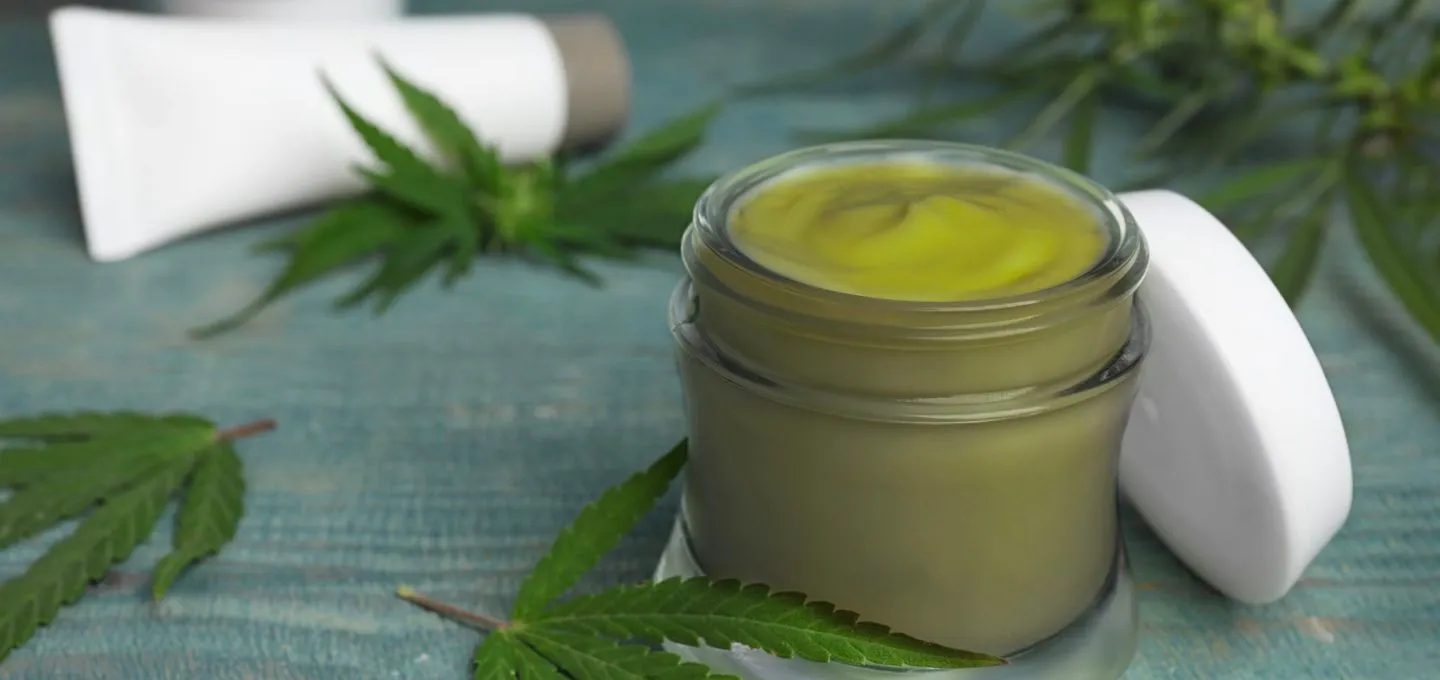

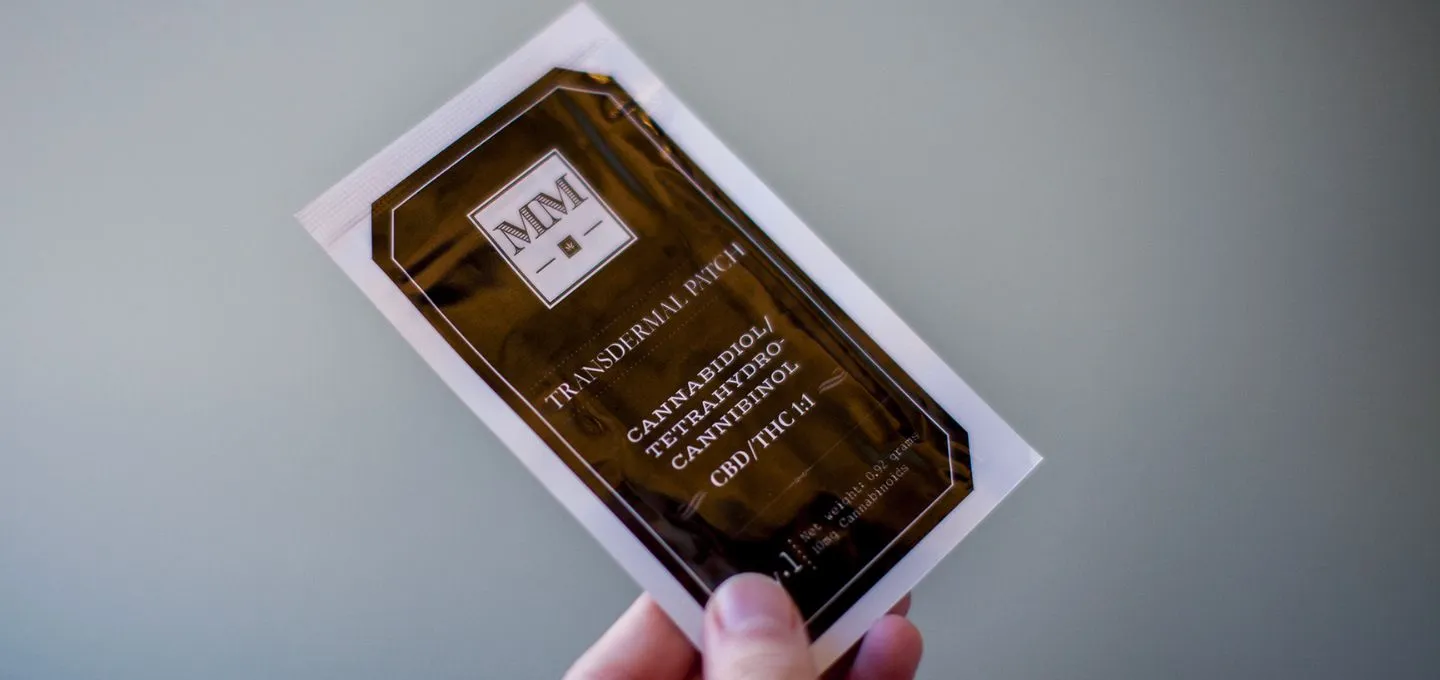


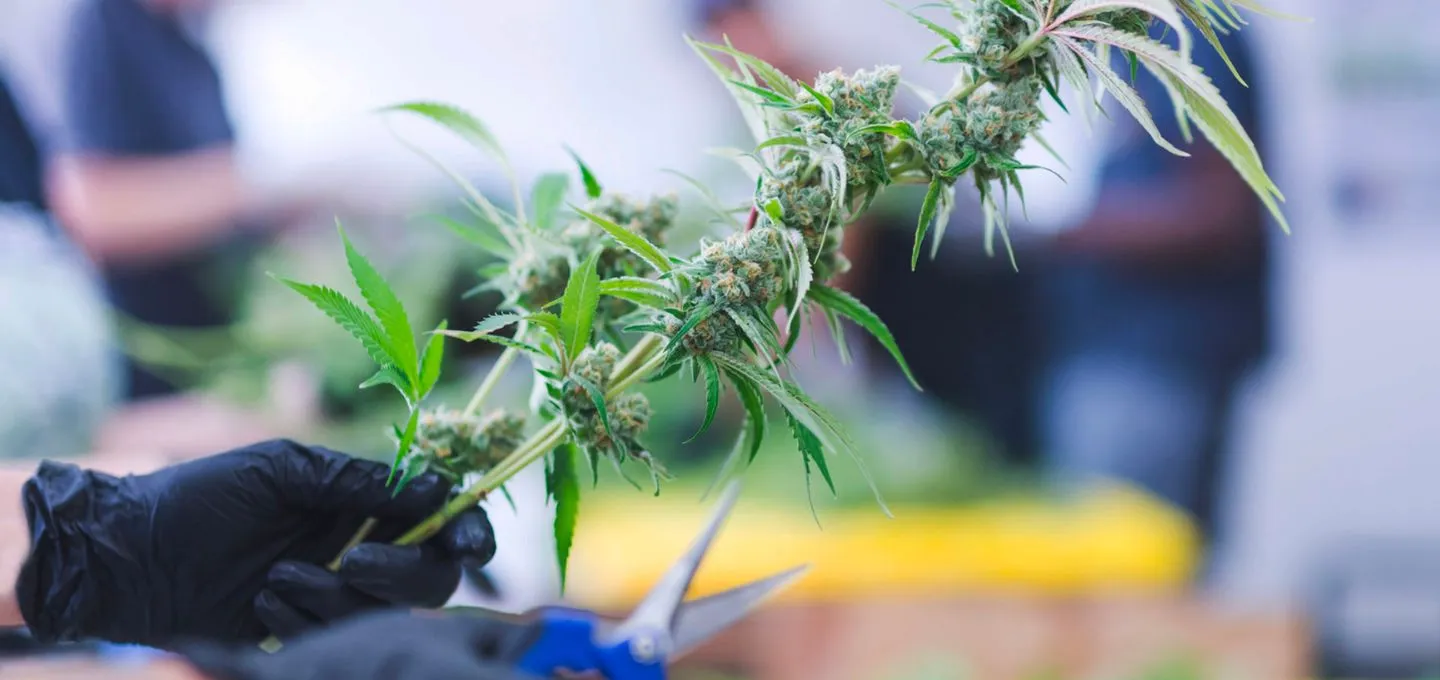






















 Fact Checked by Doctor Name
Fact Checked by Doctor Name